Georgia Part 7: The charming capital Tbilisi through our eyes
Tbilisi: Warm springs, enchanted courtyards and Georgian delicacies (32)
Now it has been four months since we crossed the border from Turkey to Georgia. Our first impression of Georgia was the subtropical Black Sea coast with the interesting port city of Batumi. In the past months we explored different regions of Georgia, we traveled to remote villages in the Caucasus, saw remnants of the Soviet past in Chiatura or Tsqaltubo, learned more about traditional wine making with qvevris in Kakheti, climbed our way up the Abano Pass to Tusheti and had an off-road adventure in the Vashlovani National Park. But in between all this exploration, we always spent a couple of weeks in Tbilisi.
The Caucasian metropolis on the edge of Europe immediately captivated us and every time we step outside the door, we keep falling in love with this charming city and are happy to be here. Tbilisi consists of an intriguing mix of historical and cutting-edge modern architecture and it’s an amazing feeling to just wander the streets with your camera. Sometimes you come across Georgian poems at bus stops that you can download to your cell phone to fill your waiting time with poetry. That just shows how magical this city can be. From the very beginning, we felt at home in the city with its almost 1.1 million inhabitants, despite the traffic chaos, which sometimes costs our last nerves, when once again everything stands still because of a demonstration. Therefore, it’s about time to introduce you to one of our most beautiful discoveries: Tbilisi.
The legend of the city foundation
Since 1991, Tbilisi (თბილისი) has been the capital of Independent Georgia. However, the city was founded 1500 years ago by King Vakhtang Gorgasali, who still has his permanent place in the city center as a large equestrian statue near the Metechi Church. During his reign, the forests in the river valley were full of wildlife and the king was hunting and going after a pheasant. The pheasant fell shot into a hot spring, but recovered from its wound in the healing spring and continued to fly happily. In another legend the pheasant comes off worse and is said to have been boiled in the hot spring. Anyway, the king was so enthusiastic about this discovery that he ordered to relocate the capital Mtskheta to Tbilisi. The name of the city derives from the Georgian word for warm location, in reference to the numerous sulfur hot springs coming out of the ground. Even today the warm springs are of high importance and in the old town there are numerous sulfur baths.
A city full of contrasts on the edge of Europe
Although it’s a little cliché to say this, but the first thing that struck us were the countless contrasts of the city. Behind every street corner something new awaits you, you walk along the cobbled streets and look at crumbling facades, dilapidated and restored houses, On the other side you see futuristic buildings of the former president Saakashvili and above the picturesque old town a cable car goes up to the Narikala Fortress and you look at the sulfur bath district Abanotubani, in between again and again parks with statues of famous poets, classicistic splendor buildings and Soviet apartment blocks...As you can see, this eclectic mixture is difficult to describe and it’s almost impossible to convey the soul of Tbilisi with words alone. There is the Georgian term “Zutisopeli”, which can be translated as “minute world” or “the world of the moment” and this is not only a poem, but also a way of life in Georgia. It’s something you have to feel and the best way to do this is coming here yourself.
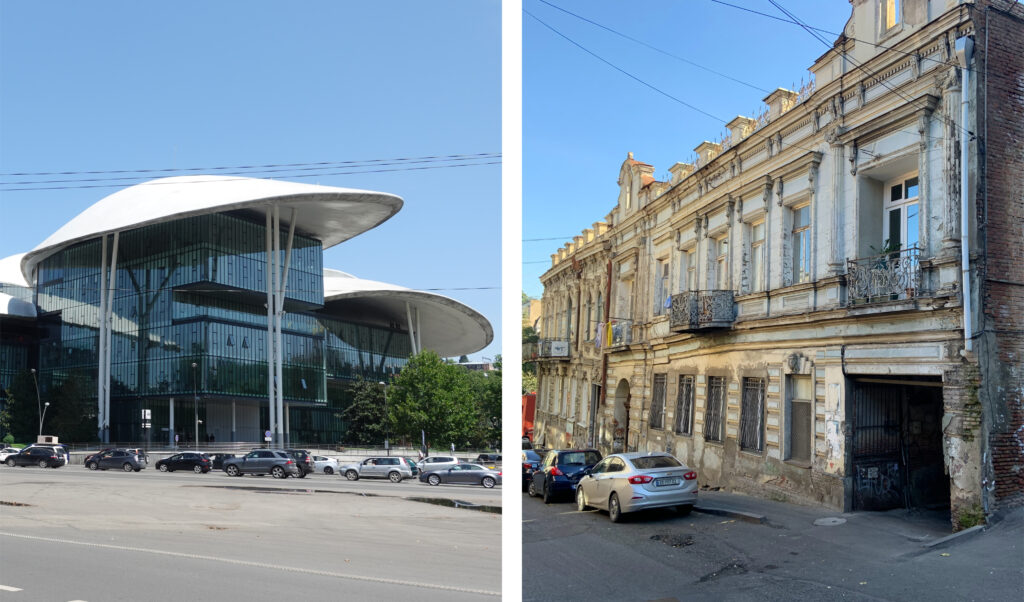
Tbilisi is attracting more people from around the world every year with its old-world charm and many opportunities. Expats and digital nomads have settled here, because it's a city in transition and it only takes 20 minutes to start a business (believe us, receiving an international package is a lot more complicated) and the cost of living is comparatively low. There is a spirit of optimism and if you have an interesting idea, there are many possibilities waiting for you. This enthusiasm can be contagious and we can understand why people decide to settle in Tbilisi. We meet Fabio and Rainer, who happen to come from the Baden region, our home in Switzerland. Fabio has founded the travel agency MyCaucasus and Rainer has opened a successful pizzeria and even built the oven for it with his own hands.
On the other hand, the situation for many locals is precarious and well-educated people are leaving the country. We see many elderly people begging on the streets as the low pension fund doesn’t cover their cost of living. In conversations with locals we notice that there is a great uncertainty where the country is heading and also a certain lethargy or the feeling that the politicians only care about their own power and not about the concerns of the people. What is it like to grow up in such a country between Orient and Occident, a country under the influence of the all-powerful Christian Orthodox Church, so close to Russia and yet clearly oriented towards Europe? During our explorations, we too lose track from time to time whether we are still in Europe or already in Asia. To give you a first overview, we would like to introduce you to the different districts of the city.
The different districts of Tbilisi
Tbilisi stretches on both sides of the Mtkvari River and is surrounded by three mountains. The main sights are on the left riverbank, but we also find the other side very intriguing. We stayed in beautiful AirBnBs in the Marjanishvili and Sololaki neighborhoods during each of our stays. But the first port of call for visitors is definitely the Old Town.
Old Town: The touristic center of the city with winding streets and residential buildings with carved wooden balconies and courtyards. Here you can find the Sioni Cathedral, the Anchiskhati Basilica, the Gabriadze Theater with the bizarre church tower, the statue of the Tamada, the Peace Bridge, and above it all towers the Narikala Fortress. On a summer evening, it can get quite crowded here. This is also where you’ll find the sulfur baths.
Sololaki: In this beautiful district, high officials and aristocrats lived in the 19th century and there are many magnificent buildings and splendid Art Nouveau villas with ornate wall and ceiling paintings in the house entrances. There are also a large number of creative cafes and bars and some of the best restaurants.
Marjanishvili: We really like this neighborhood on the eastern bank of the Mtkvari River. German emigrants founded the colony of New Tbilisi here and it became a popular residential area and a cultural center of the city with theaters and galleries. Today you can find a boulevard with stately houses, but also quiet streets with avenues of trees, a hidden garden, as well as a handful of restaurants and the creative hub Fabrika. The railway station and the big open-air bazaar are also located in this neighborhood.
Vera & Vake: These two affluent neighborhoods on the western bank of the Mtkvari are among the most popular and expensive residential areas of the city. Here you will find many fancy international boutiques, bars and restaurants as well as two parks.
And as you can imagine now, there is so much to see and discover that you should definitely take a few days to visit this city, you won't regret it. The best time to visit is spring and autumn, as in summer it can be unbearably hot. And now we would like to share with you our favorite experiences or in other words: Tbilisi through our eyes and what makes the city so special.
Tbilisi through our eyes: Our favorite discoveries
- Discovering the courtyard culture: This may sound a bit strange at first, but just wandering aimlessly through the streets and peeking behind the doors every now and then is probably our favorite thing to do in the city, because Tbilisi has a unique courtyard culture. The traditional houses have open wooden balconies with elaborate decorations or glass balconies (shushabandi) and spiral staircases connecting the houses. The homes are each grouped around a courtyard where life happens in the summer. Laundry lines stretch across the often leafy courtyards, cats roam and neighbors are chatting with each other. These courtyards are a world of their own and probably the quintessence of Tbilisi for us. Actually, we think it’s about time for an illustrated book dedicated to the courtyard culture of the city.
-
A stroll through Sololaki: In one of our favorite neighborhoods, one building steeped in history follows the next; everywhere you look you see magnificent classical buildings and Art Nouveau villas with playful facade decorations. The wealthy townspeople probably competed for the most beautiful house facade, the prettiest balcony and the most impressive entrance hall, as some buildings are magnificently decorated with ornate paintings and if the door is not locked, you are allowed to peek in.
-
Visit of the Gallery 27: This small gift store is a recommendation for beautiful local arts and crafts. But what you actually come here for is the photogenic staircase decorated with colored stained-glass windows, absolutely unique in Tbilisi. Just ring at the bell if the door is locked and someone will let you in.
-
Exploring the Betlemi District: In this oldest neighborhood of the city, traditional houses with colorful wooden balconies are stacked on the hillside and steep staircases lead to beautiful places like the square in front of Betlemi Church, Lisa's favorite spot. An enchanted garden with benches that offer a great view over the city. It's a wonderful place to take a break from sightseeing and you're likely get a visit from the local cats. From here you can either visit the ruins of an ancient Zoroastrian fire temple (Atashgah) or continue up the stairs to the statue of the Mother of Georgia (Kartlis Deda) and the Narikala Fortress.
-
Walking through the Old Town: The picturesque Old Town is a must for every visitor. This is the center of old Tbilisi with the Maidan, several churches and a caravanserai that hosts the city museum. When you see a bunch of people at the top of the hour, then you’ll probably find yourself in front of the Gabriadze Theater. The playful building with the leaning clock tower is a tourist magnet and always on the hour a small figure appears from the little window and strikes the hour. Wandering through the winding streets, countless photo opportunities can be found at every corner and it is no surprise that you’ll see the most tourists here.
Unfortunately, many old residential buildings have long been desperately in need of serious renovation. The building fabric is dilapidated, the facades are crumbling, again and again a path has to be closed because something could fall down. There is a lack of money and the necessary commitment of the city administration to renovate the houses professionally and the list of dilapidated residential buildings is very long. However, some neighborhoods are being restored, such as currently the Lado Gudiashvili Square with this particularly beautiful apartment building:
-
Visit of the Narikala Fortress in combination with the Botanical Garden: Georgia loves its cable cars and also in Tbilisi there is more than one. Especially nice is the ride with the cable car from Rike Park over the roofs of the old town up to the Narikala Fortress, from where you can enjoy a panoramic view over the city. A visit is best combined with the Botanical Garden. The 130 hectares park is located in the middle of the city and is especially pleasant on hot summer days. There are various paths through the park, one leads to a waterfall where you can take a refreshing bath. As soon as you step away from the main path, you find hidden spots where you can completely forget that you’re still in the largest city in the country.
-
Spending an evening at the sulfur baths in Abanotubani: In which other city can you relax in a warm sulfur bath after a long day of sightseeing? In Tbilisi, there is even a separate district for this purpose. As soon as you smell the sulfur in the air, you know you’ve come to the right place. Already in the times of the Silk Road there were baths here and the miraculous healing powers were widely known. Business was conducted in the baths and mothers were looking for a prospective daughter in law. The springs have been an important part of Tbilisi’s culture and identity. The most striking bath today is certainly the Orbeliani Bath, which its oriental mosaics resembling a mosque in Samarkand. You can choose between public baths and private baths, in which you can rent a private room with a hot sulfur bath, a cold plunge pool and sometimes even a sauna (about USD 40.- per hour). We visited the sulfur bath twice and it’s definitely a typical Tbilisi experience and especially nice on a cool autumn evening. The view of the neighborhood with its brick domes alone is worth coming here. From the baths district, a popular path leads along the creek through a gorge to a waterfall and that in the middle of the old town.
- Strolling along Rustaveli Boulevard with its museums: The 1.5 km long Rustaveli Boulevard connects the Liberty Square (former Lenin Square) with the Rustaveli Metro Station. Here you will see grand facades and European-style architecture and find stunning representative buildings such as the Parliament Building, the Opera House, the Rustaveli Theater, the National Gallery and the Museum of Modern Art. We especially like the "Academy of Sciences", the socialist natural stone building with the 55 m high tower has a facade with large arched windows. Artists sell their paintings and there is always something going on.
-
Spending an evening at the Fabrika: The Fabrika in Marjanshvili is a hotspot for creative work and a draw for locals and tourists alike. The stylish hostel in an old Soviet-era sewing factory doubles as a hip bar. There are a few restaurants and creative stores in the courtyard, and there's plenty going on in the evenings. We come here often and enjoy the special atmosphere and check out the new street art around the Fabrika, which leads us directly to the next topic.
-
Street Art in Tbilisi or looking for the cats: There’s new street art to be discovered in the city every week, partly with a political context, partly lighthearted and often simply impressive. A lot of great street art works can be found in the Marjanshvili district around the Fabrika and if you are out and about in the old town, it’s hard to miss the works of goshaart. He transforms ugly objects like electrical distribution boxes or covers at construction sites into works of art and the black cats are his trademarks. It makes a fun day out just following goshaart's works and thus explore the city.
-
Taking the metro to Stalin’s secret Printing Press: Somewhat outside the usual main attractions in the Avlabari district, Stalin's Secret Printing House was located in an inconspicuous residential building from 1903 - 1906, where newspapers in Georgian, Armenian and, of course, Russian were printed and distributed by the revolutionaries. A 17 m deep shaft led from a well next to the house down to the printing house and from there up to the house. A visit here is a journey back in time, as the two gentlemen on site seem to have stopped in the past. One of the men was a former member of the KGB and offers us several glasses of strong chacha, while telling us that Russia is Georgia's true friend and the EU and America are the enemy. But Switzerland is good, he says, because it’s neutral. We are glad when we get out again. The best way to visit the secret Printing Press is by taking the metro, a cheap and efficient way to get around the city.
- The choice of unique accommodations: Tbilisi really has everything in terms of accommodations. There's the whole selection of the usual hotels for every budget, but what really makes the city special are places like the Hostel Fabrika in a former sewing factory or the chic Stamba Hotel in an old printing house. However, since we always stayed longer than a few days in the city, we preferred to rent an AirBnB, which offered enough space for our bikes and all our luggage and is equipped with a kitchen. We have found real gems, where else can you rent a Tiny Hose, in which a tree goes through the middle of the apartment?For just EUR 25.- per night you get a spacious apartment with high ceilings, balcony and wooden floors in this typical Tbilisian style, a mixture of antiques and shabby chic. Many of the apartments are in quiet locations around a courtyard, where it's wonderful to immerse yourself in the city's daily life, and it certainly won't take you long to find your favorite shoti bakery in the neighborhood. We must say, the selection of unique apartments in Tbilisi surprised us, we haven't seen it like this in any place before.
-
Taking a break from the city: Sooner or later you want to be able to take a break from the bustling city life and get away from the noisy traffic. Fortunately, this is also possible in Tbilisi. There are numerous small and larger parks, some even with their own small entertainment park for children. We especially like the Dedaena Park directly on the river. Here you can also find the Dry Bridge Bazaar, which is worth seeing with its vendors selling paintings, handicrafts, old records and Soviet medals. During the summer you can see numerous skaters in the park. But if you want to venture further, there are three lakes around Tbilisi or the city mountain Mtatsminda to explore. We took an old cable car up to Turtle Lake, rented a boat and felt very far away from the city. It's easy to continue hiking from here to Mtatsminda and enjoy the view of the city from there and take the funicular back down. Tbilisi even has its own sea, the Tbilisi Reservoir, which is a popular summertime getaway for the locals.
-
Shopping in Tbilisi: No, we don't mean visiting a shopping mall with international brands. Of course, that is also possible in Tbilisi, but not particularly exciting. Tbilisi has its very own shopping experience to offer, consisting of many small individual stores or sales areas. In certain streets almost every house entrance functions as a store and the residents sell fruits, vegetables, spice mixtures (the Swanetian salt is particularly recommended) or flowers. When you look closely, you can even find a cat in between, which is regularly petted by the shoppers. Sometimes a cart stands at the street corner, loaded with pumpkins and then again someone walks between the pedestrians and sells single rolls of toilet paper. And everywhere you can find these wonderful bakeries where you can get a fresh shoti bread for a few cents.
The pedestrian streets under the big squares are always busy and you'll find clothes stores, print stores or bakeries here too. And if you want a pair of glasses, go to Opticians Street, where one optician's store follows the next. You only have to be careful if you want to get to the train station, because before you know it you'll end up in a winding underground clothing market. From here, it's not far to the large fruit and vegetable market, the Dezerter Bazaar. Here, seasonal fruits and vegetables pile up in piles and you can haggle for nuts and spices or have your knife sharpened by a knife grinder.
We also like the many second-hand stores scattered throughout the city. It seems to be quite normal here to buy used shoes and clothes, actually very exemplary if you don't want to support the fast fashion industry. Yes, the shopping experience in Tbilisi is one of our highlights of the city, because it's just a joy to know exactly from which woman you want to buy your lemons from and where to get the best Georgian matsoni (yogurt).
And so we come to our last highlight in Tbilisi, which you have surely been waiting for the whole time.
The gastronomy of the city: We have mentioned it again and again in our travel posts about Georgia that the cuisine is one of the most versatile in the world and yet largely unknown in Europe and yes, even after four months we haven’t had enough. No surprise, of course, that the best restaurants in the country are to be found in the capital and that one can feast wonderfully here. In Georgian there is even the word shemomechama, which means “I involuntarily ate the whole thing”. That already says a lot about what you can expect from the Georgian food. During our time here, we tested numerous restaurants and were always surprised by the many great brocki-style cafes and restaurants with high ceilings and beautiful courtyards. Some of our favorites are:
- Cafe Daphna (Dry Bridge Market) – Hands down, the best khinkali in town.
- Café Littera (SololakI) - Fine dining in a secluded garden
- Weller (Marjanshvili) - Our new fine dining favorite, really delicious
- Iasomani (Sololaki) - A beautiful place and all the dishes are to die for.
- Keto & Kote (Rustaveli Boulevard) - A hidden gem with a view
- Ninia's Garden (Marjanshvili) - Located behind an inconspicuous blue door hides a great place with a beautiful garden.
We could go on with this list, but now it’s time to let you know what you should order and here are some of the most famous Georgian dishes:
- Badrijani Nigvzit: This popular appetizer of stuffed eggplant rolls with walnut paste and pomegranate seeds is on every menu.
- Pkhali: A type of Georgian pesto and a treat for vegetarians. Vegetables such as beetroot, spinach or carrots are mixed together with fresh coriander, garlic, dilly, parsley and chopped walnuts to make a delicious paste.
- Tomato and Cucumber Salad: Georgia has the freshest tomatoes and cucumbers and together with basil, good sunflower oil and walnuts this salad is a true delight.
- Skhmeruli: Something for the poultry lovers. Chicken is roasted in the oven until golden crisp and topped with a sauce of garlic, milk and cream. Make sure to try this at the Restaurant Iasomani, you won’t regret it.
- Kharcho: A delicious soup made with beef, prunes, walnuts, cilantro and marigold.
- Lobio: Red beans tossed with onions, celery, cilantro and chilies served in a clay pot, often served with a fried bread made from cornmeal (mchadi).
- Khachapuri: Cheese bread is one of the specialties of Georgia and something like the secret Georgian national dish. It’s widespread throughout the country and Khachapuri comes in many different varieties. The Adjaruli Khachapuri is baked in the oven with Sulguni cheese and served with an egg and a piece of butter and the Megruli Khachapuri is not only filled with cheese, but also baked with cheese. We have to admit, we are not the biggest Khachapuri fans and Georgian cuisine has some more exciting dishes to offer in our opinion.
- Khinkali: The popular filled dumplings come from the mountain region and are a real delicacy when freshly prepared and also very affordable (about USD 0.60 per piece in a restaurant). The filling consists of meat, potatoes, cheese or mushrooms, our favorite variety. Khinkali are traditionally eaten by hand. We eat about 4-6 Khinkali per person, but the Georgians usually order 10 pieces per person (!).
And after the delicious dinner it’s time for a drink in one of the creative backyard bars in Tbilisi. Currently, all bars close at 23.00 and thus we can unfortunately not say much about the nightlife in the city, but the techno scene is supposed to be internationally known and a visit to the Bassiani Club a must for anyone interested in electronic music.
- Cooking class with Georgian Flavors: And since we like Georgian cuisine so much, we decided to take a cooking class with the company Georgian Flavors. We meet Irma at the Freedom Square and a taxi rides brings us outside the city to an idyllic garden where we meet Tatja. Those two introduce us to the secrets of the Georgian cuisine. In a spacious kitchen we learn how to prepare eggplant rolls, Lobiani (stuffed bread with beans) and of course Khinkali with mushroom filling. Not so easy to make this special dough necessary for Khinkali.
We realize that the special thing about Georgian cuisine are the fresh ingredients, the many herbs, the good oil and of course the passion with which the dishes are prepared. Thus, very simple dishes suddenly taste fantastic. After a few hours in the kitchen we can enjoy our creations together with a good bottle of wine in the garden. I wonder if we'll be able to make the dishes as delicious on our own later.
These were some of our favorite experiences in Tbilisi and we hope we could give you a little insight into this exciting city on the edge of Europe. Of course, we would be happy if we could inspire you to a trip to Georgia and gladly share our recommendations with you. After such a long time in Georgia it’s hard to say goodbye to this wonderful country, but we are sure to return one day, as this small country in the Caucasus now has a firm place in our hearts. Now, it’s on to the next chapter of our journey.
Goodbye Georgia - ნახვამდის გეორიგენ.


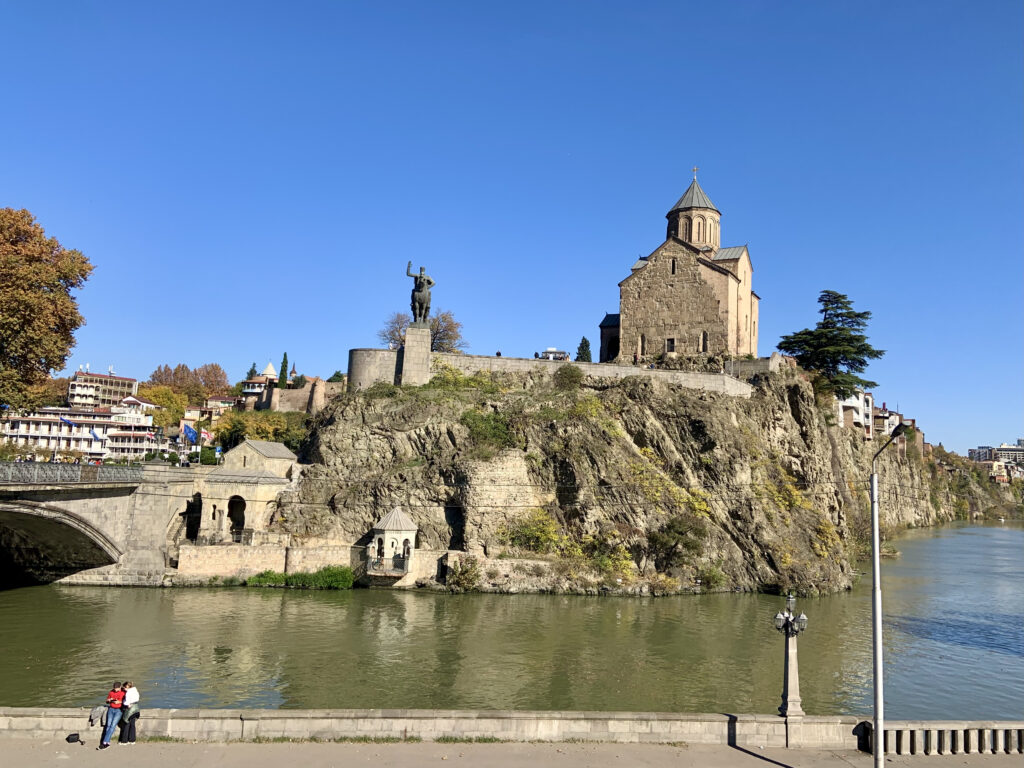

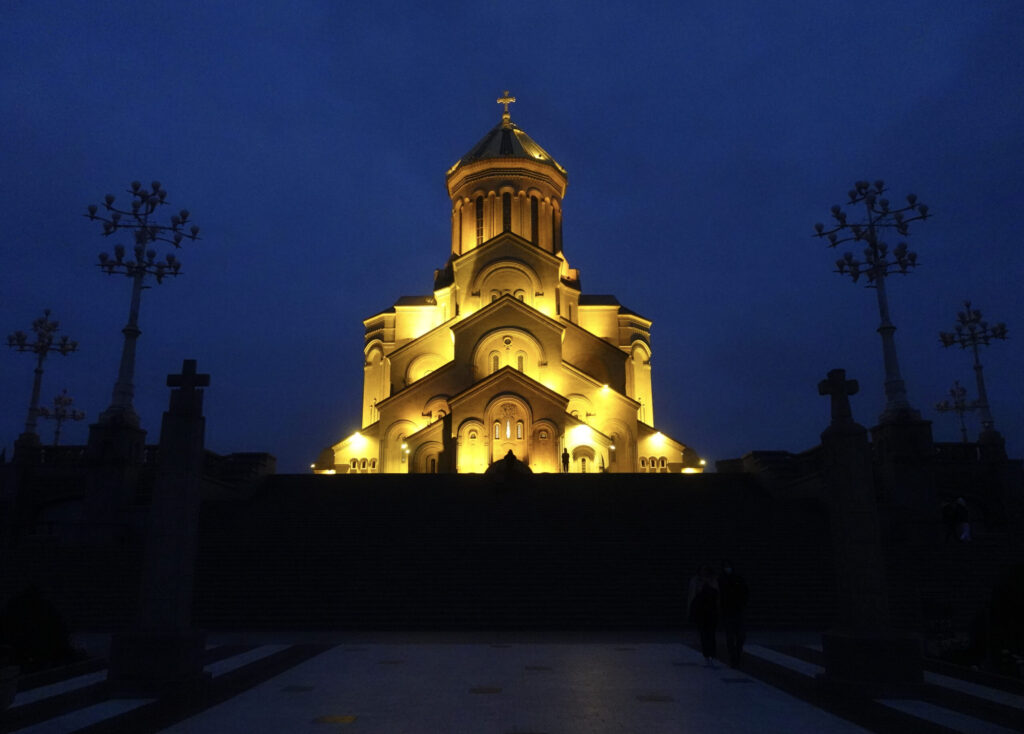
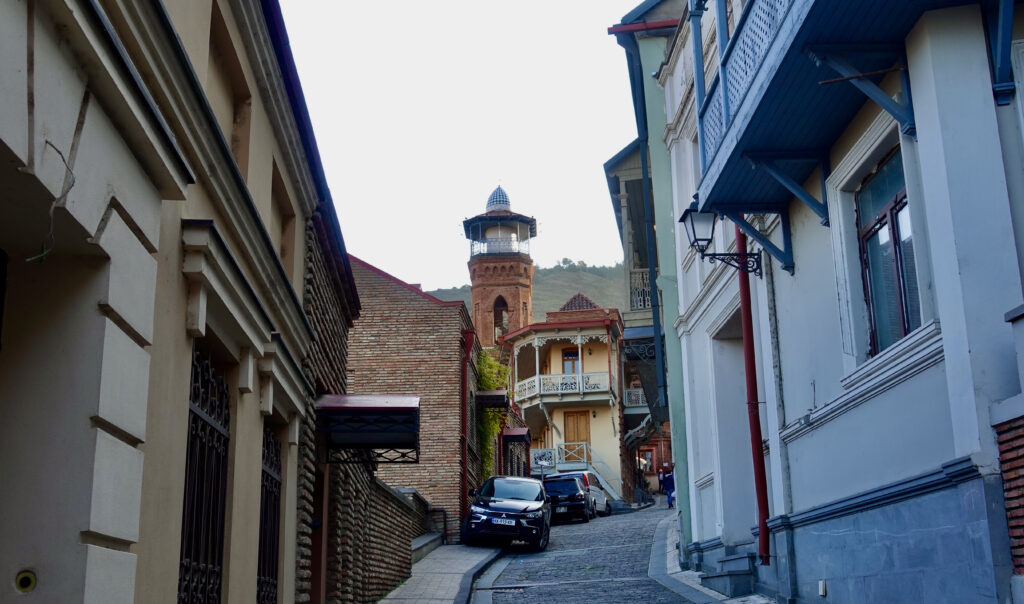
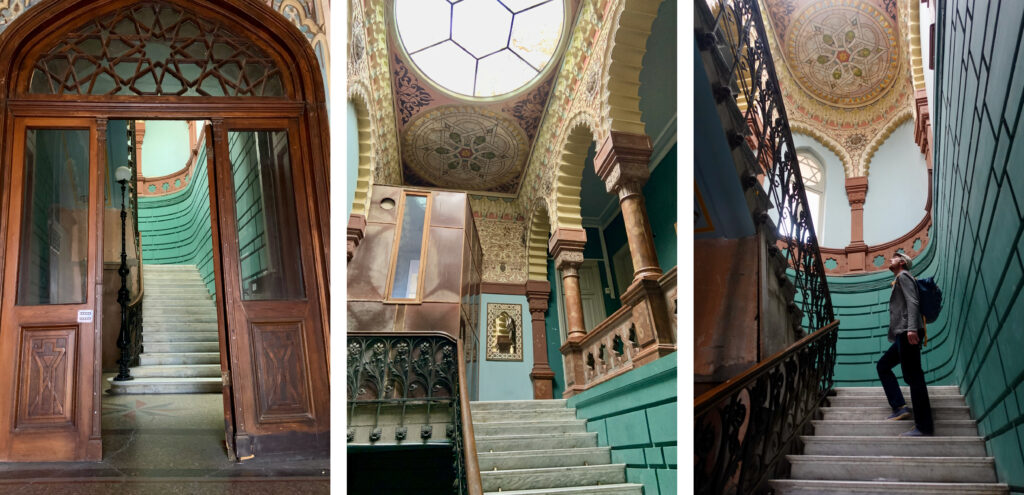


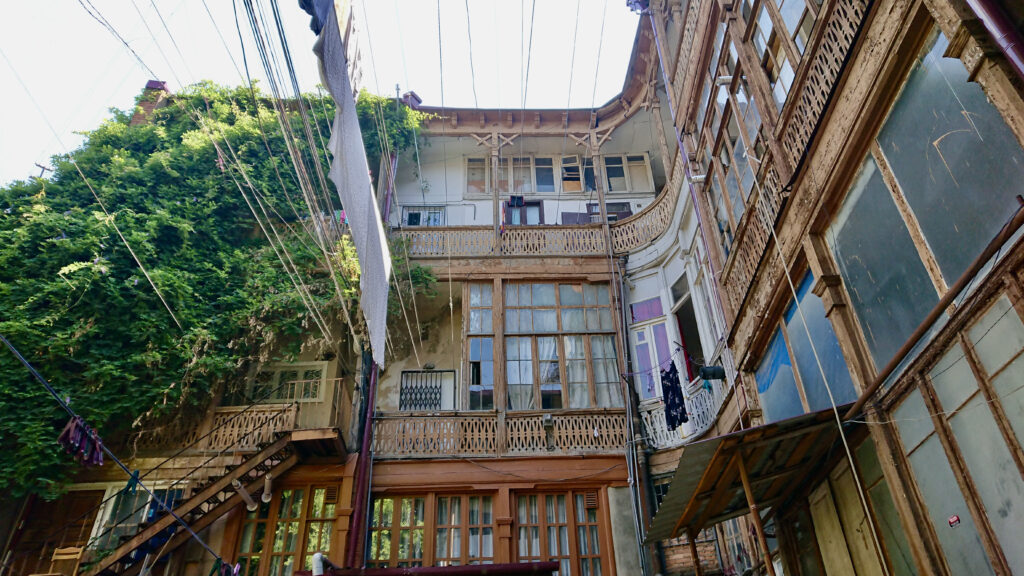
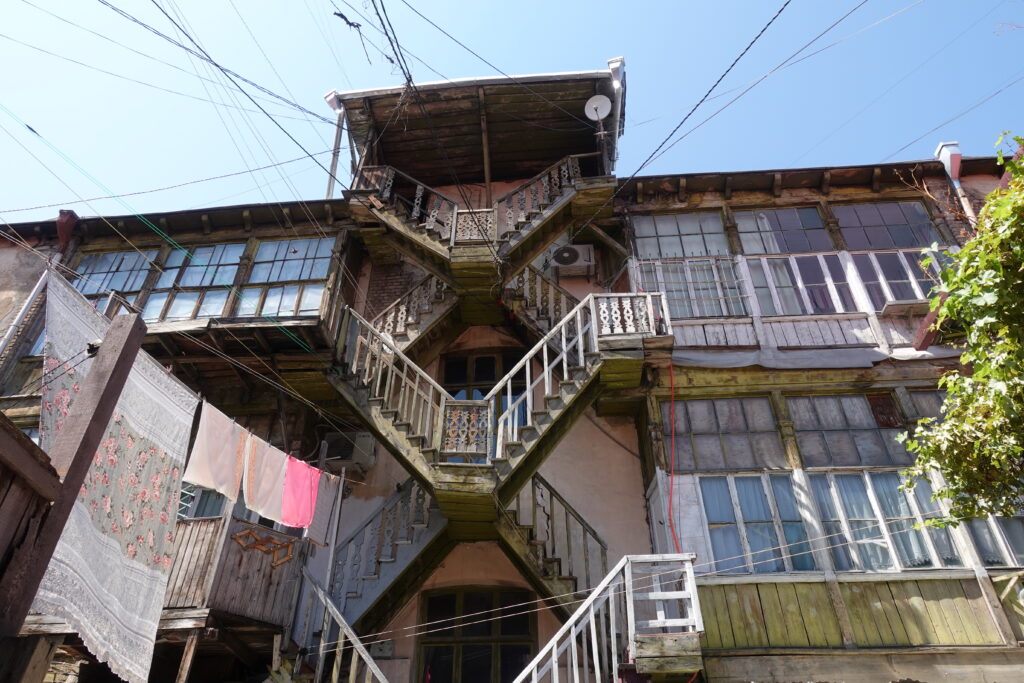

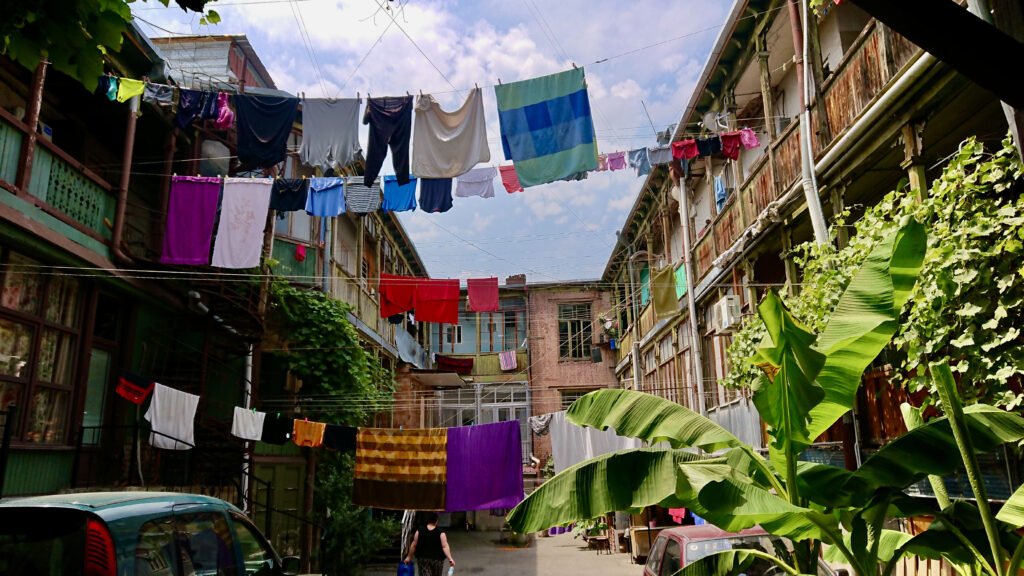
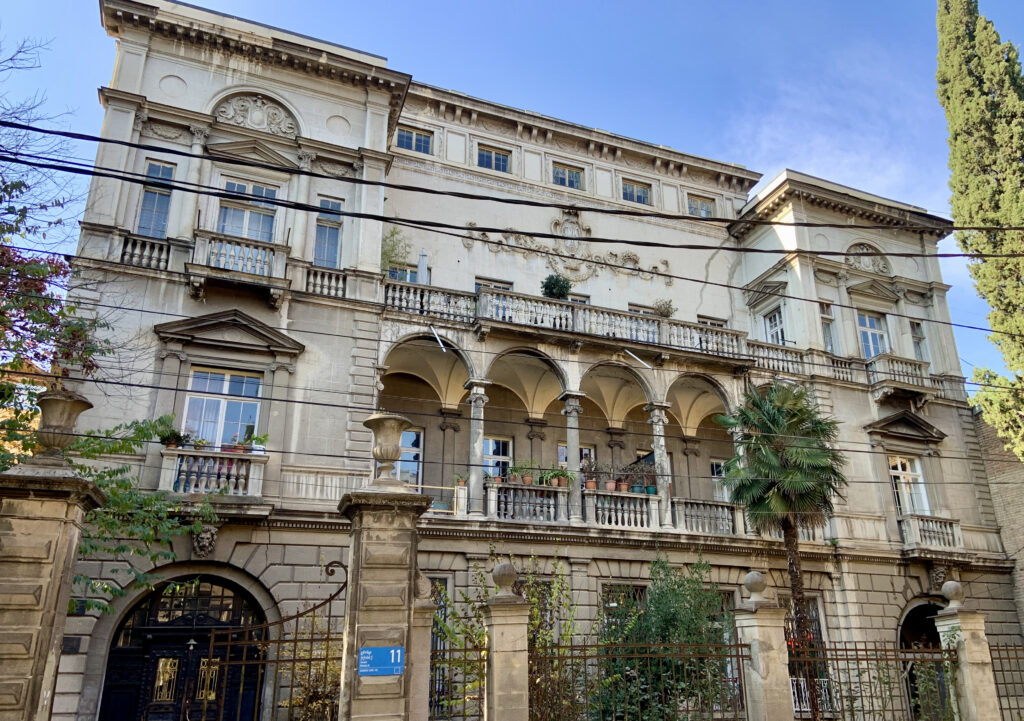
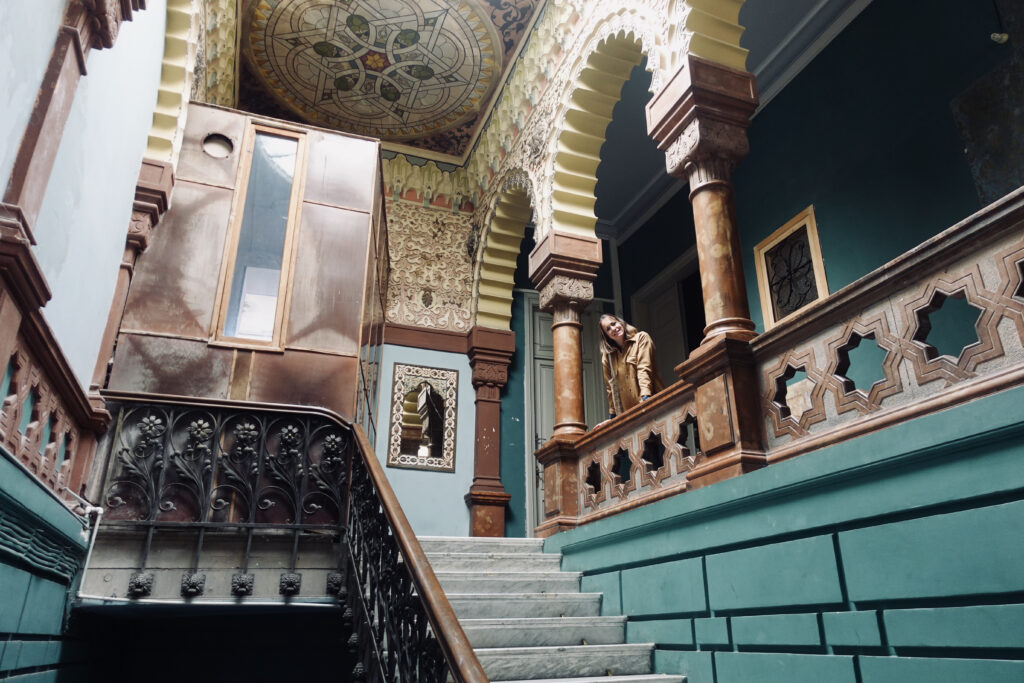
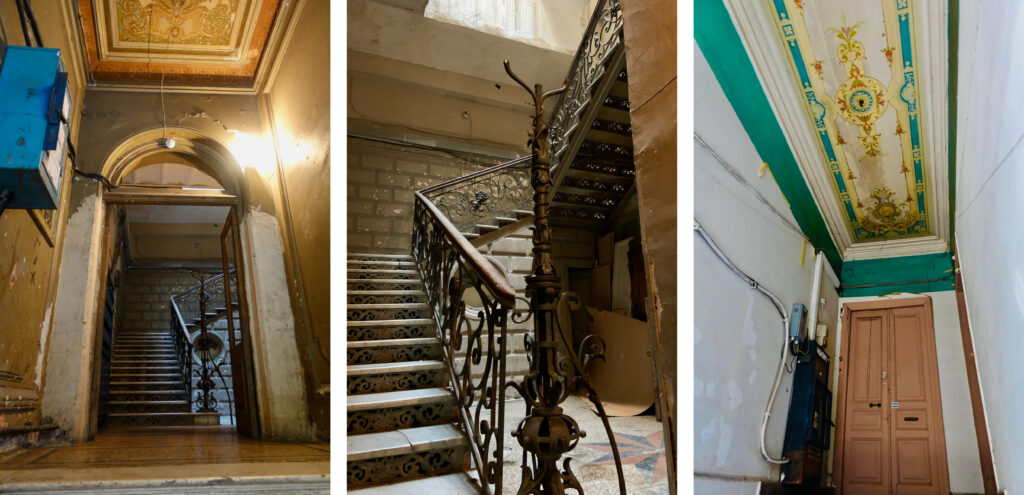
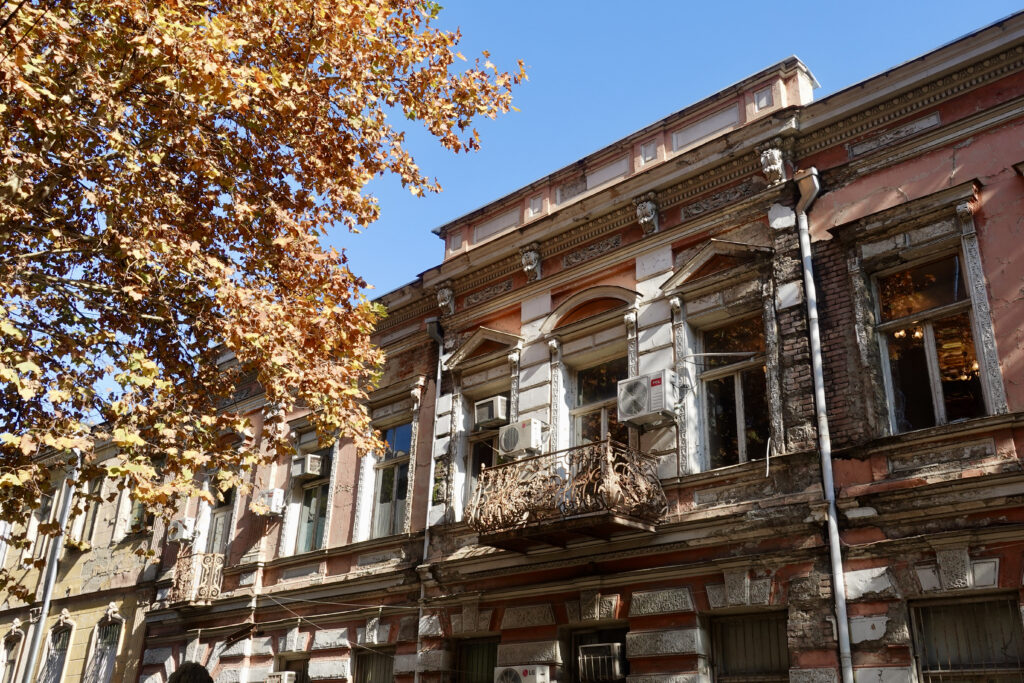
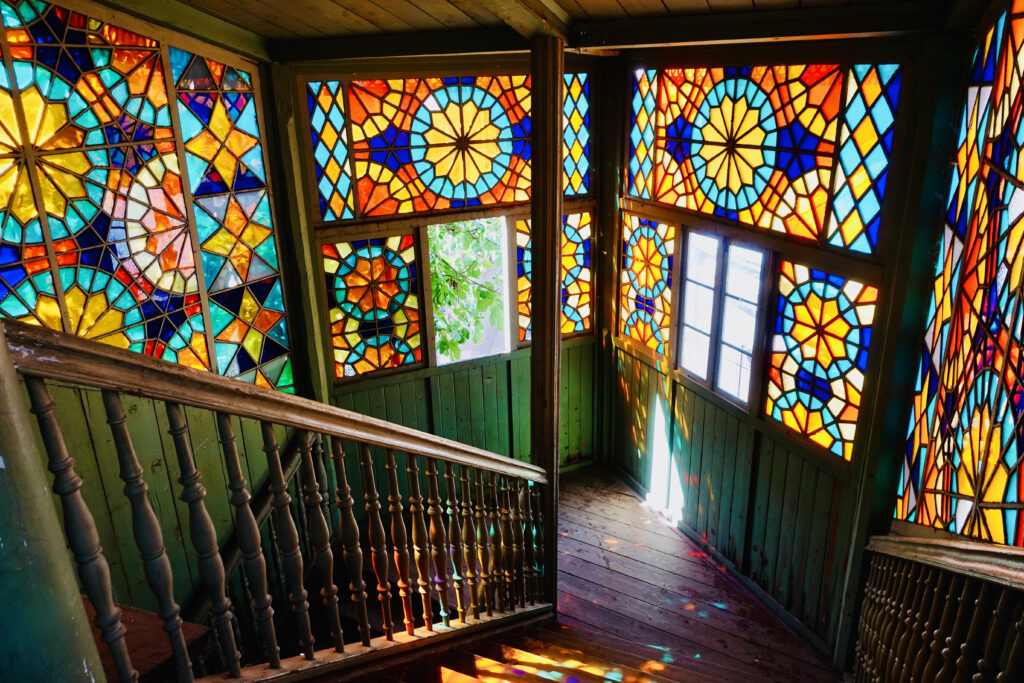
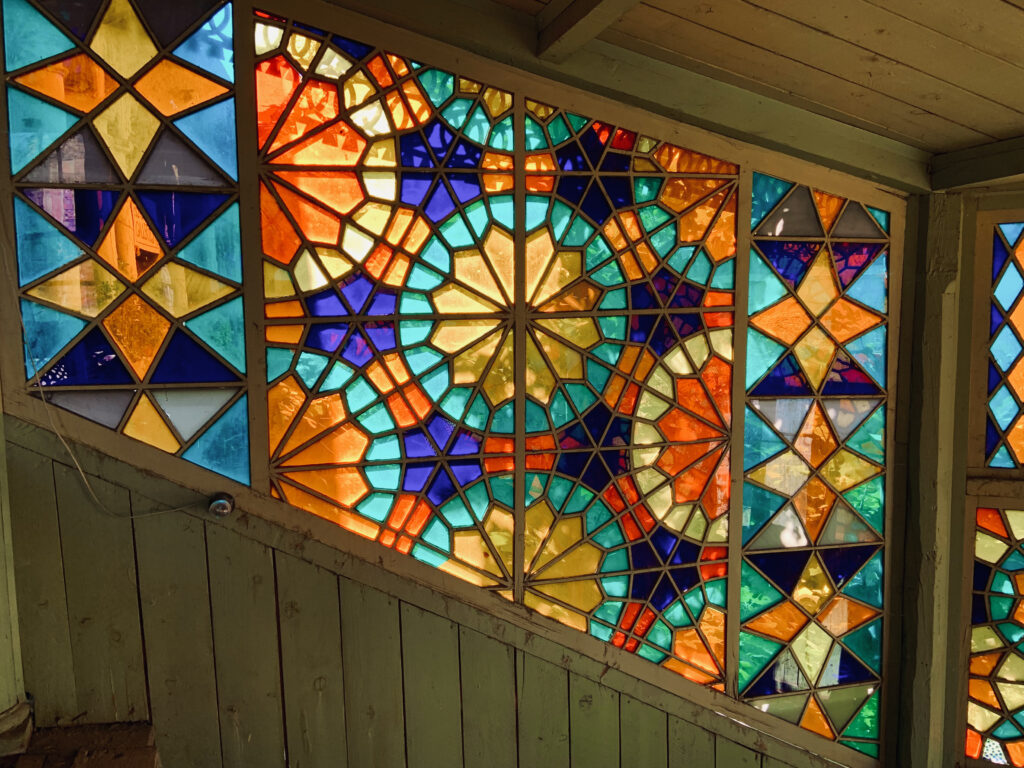

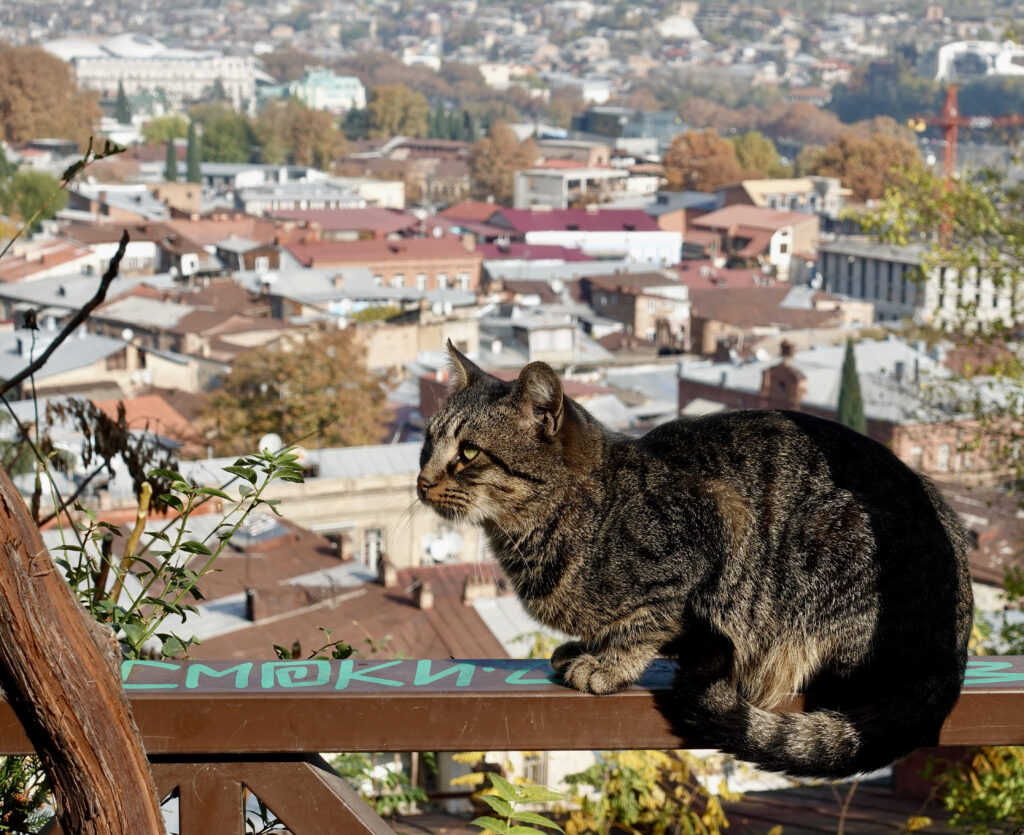
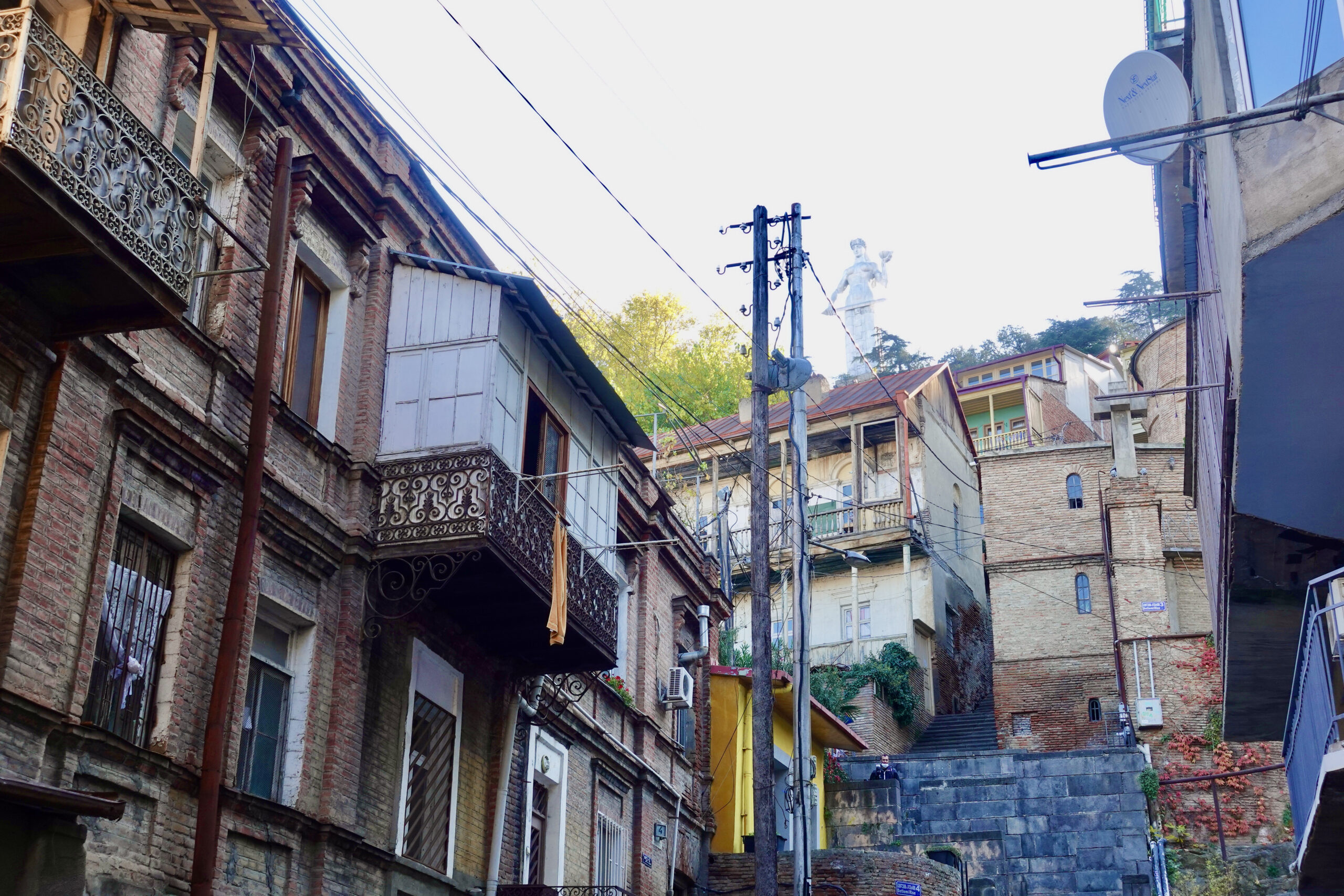


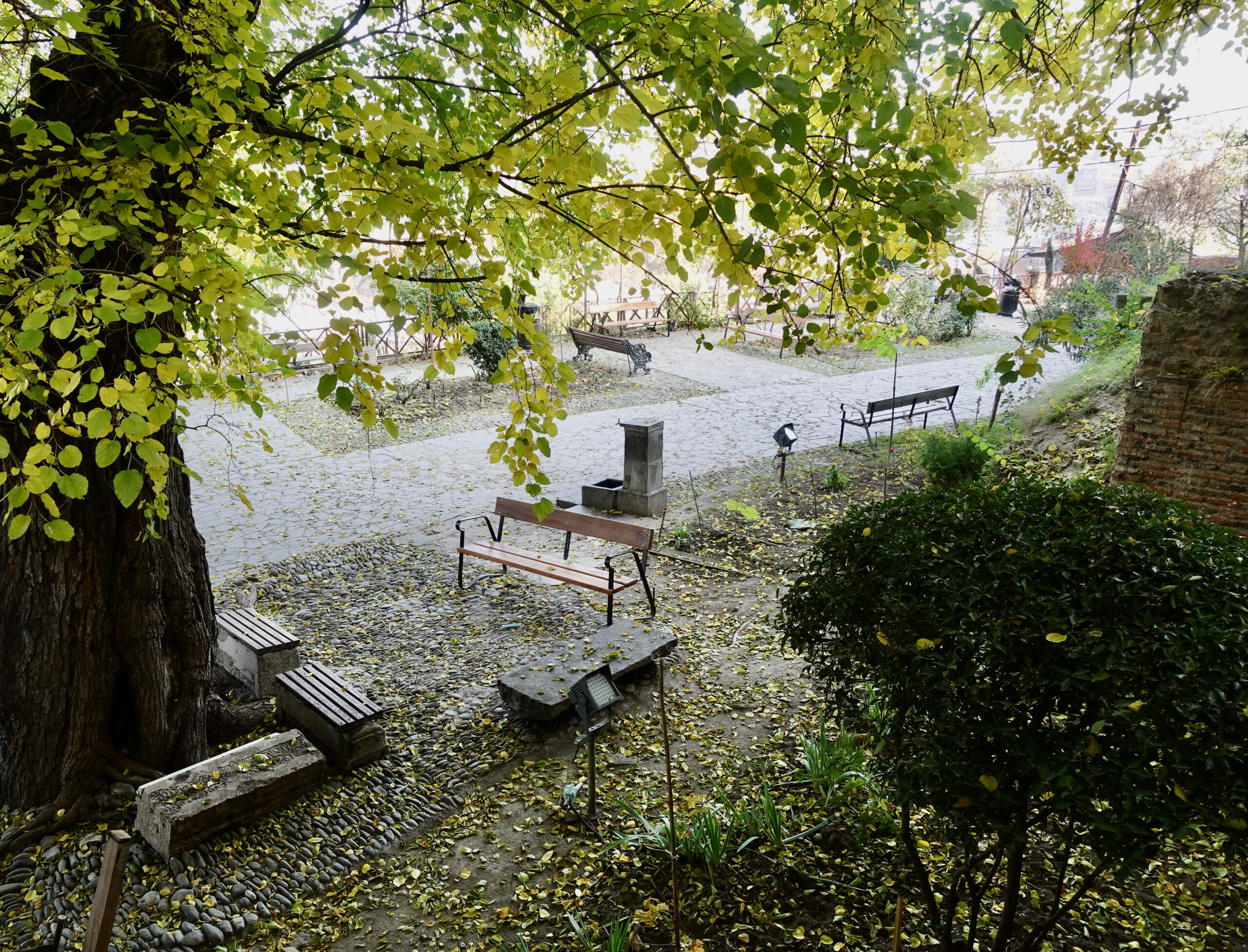
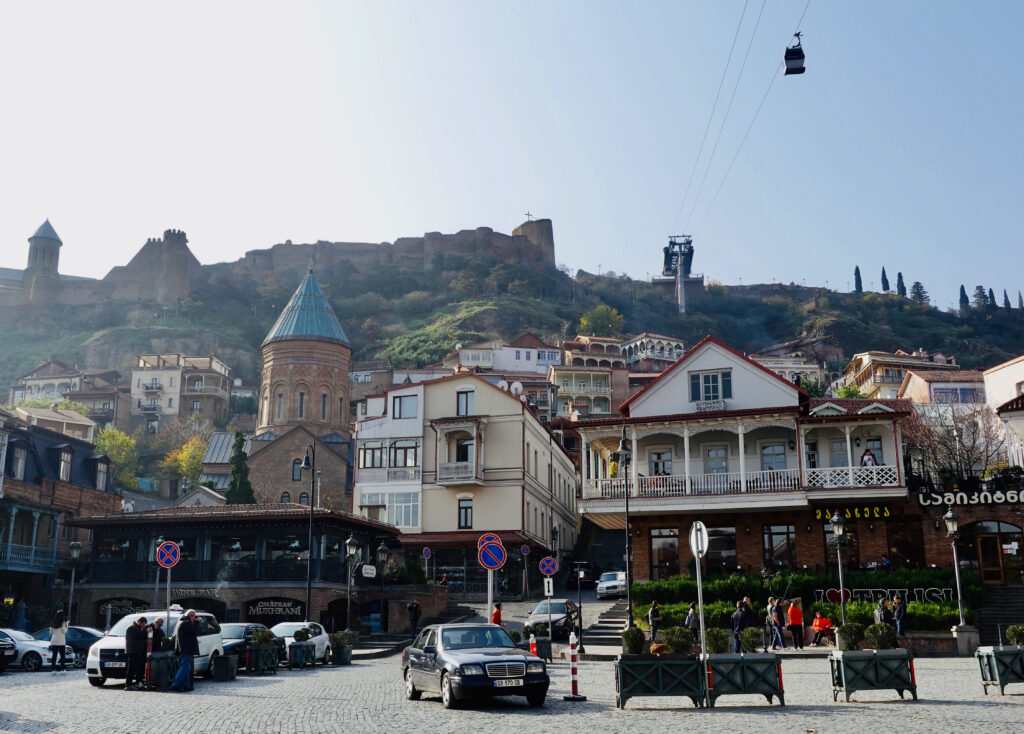

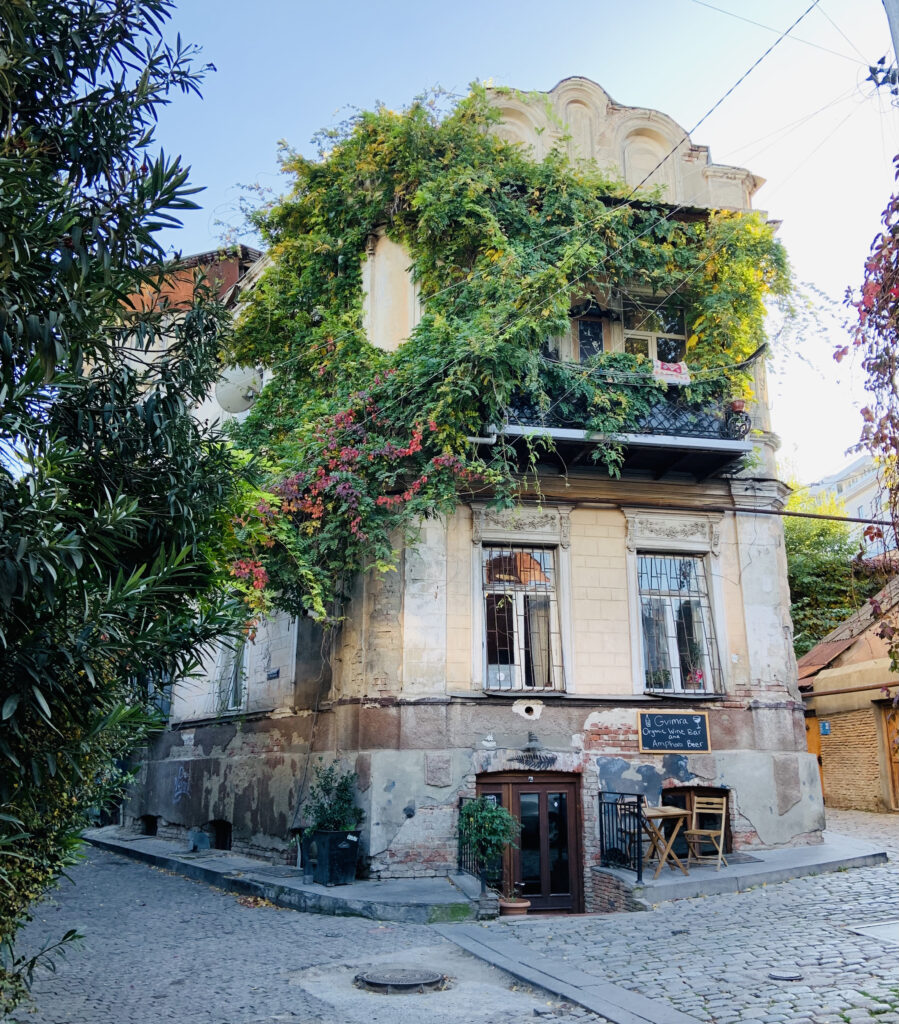
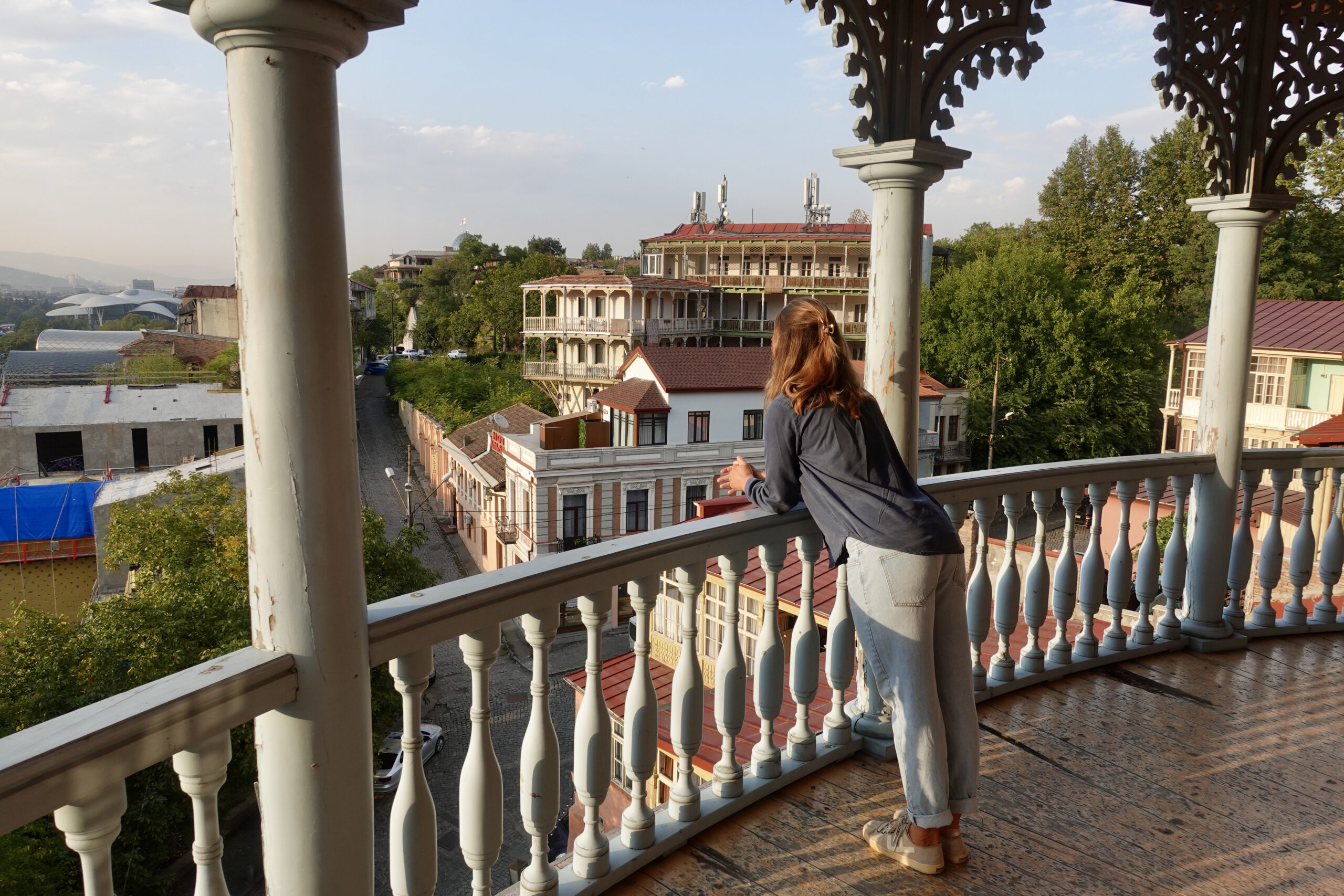

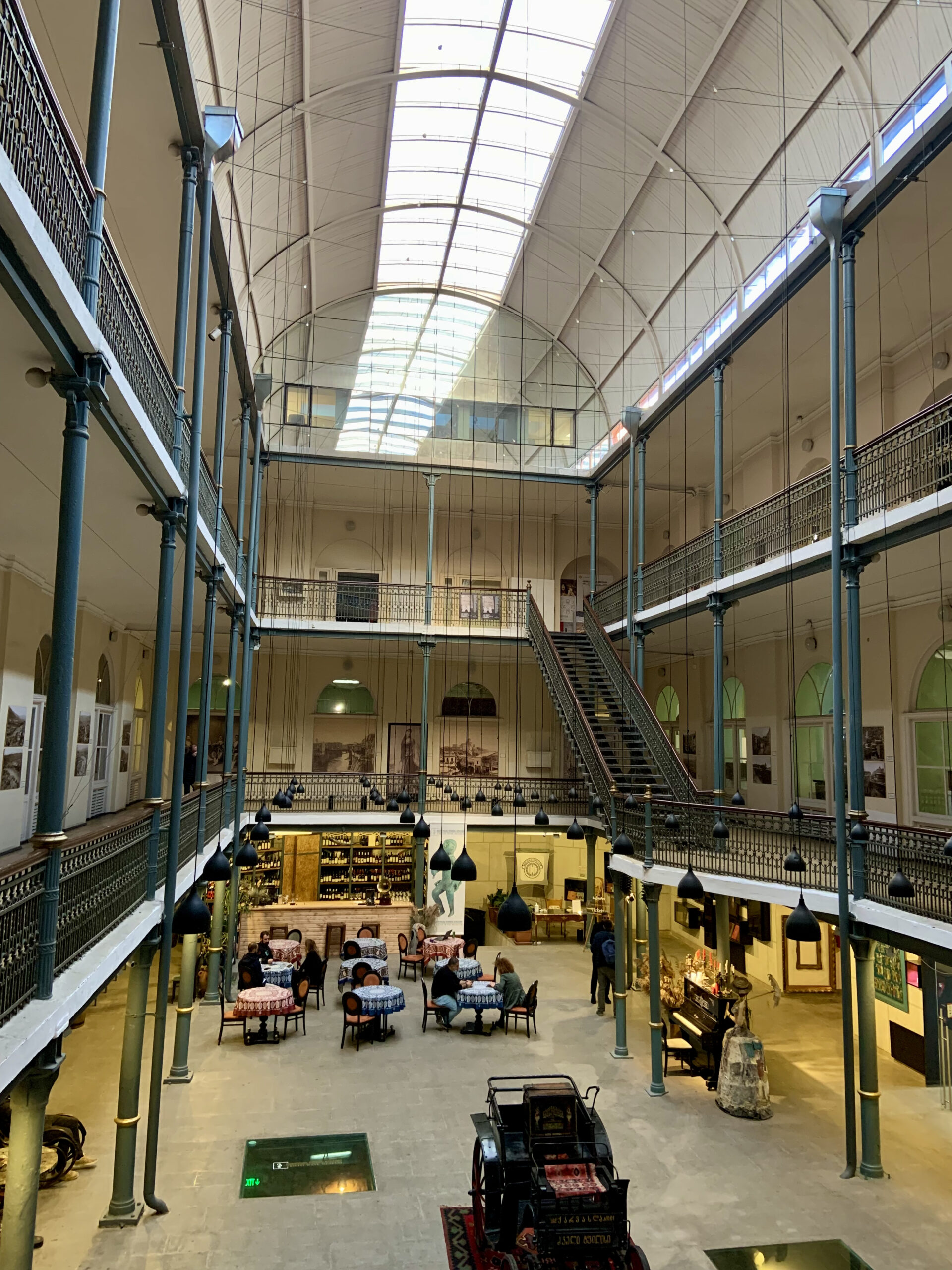
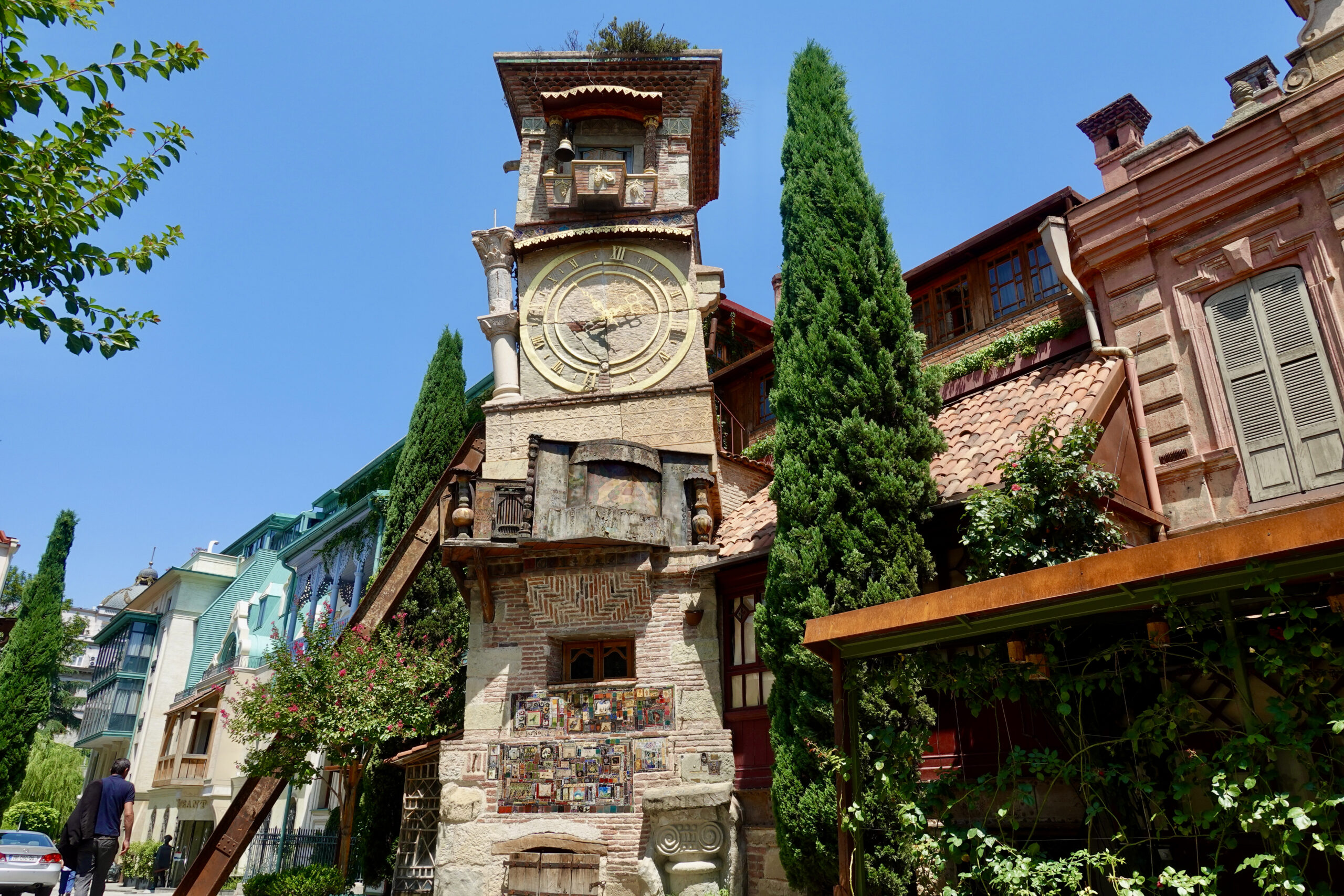
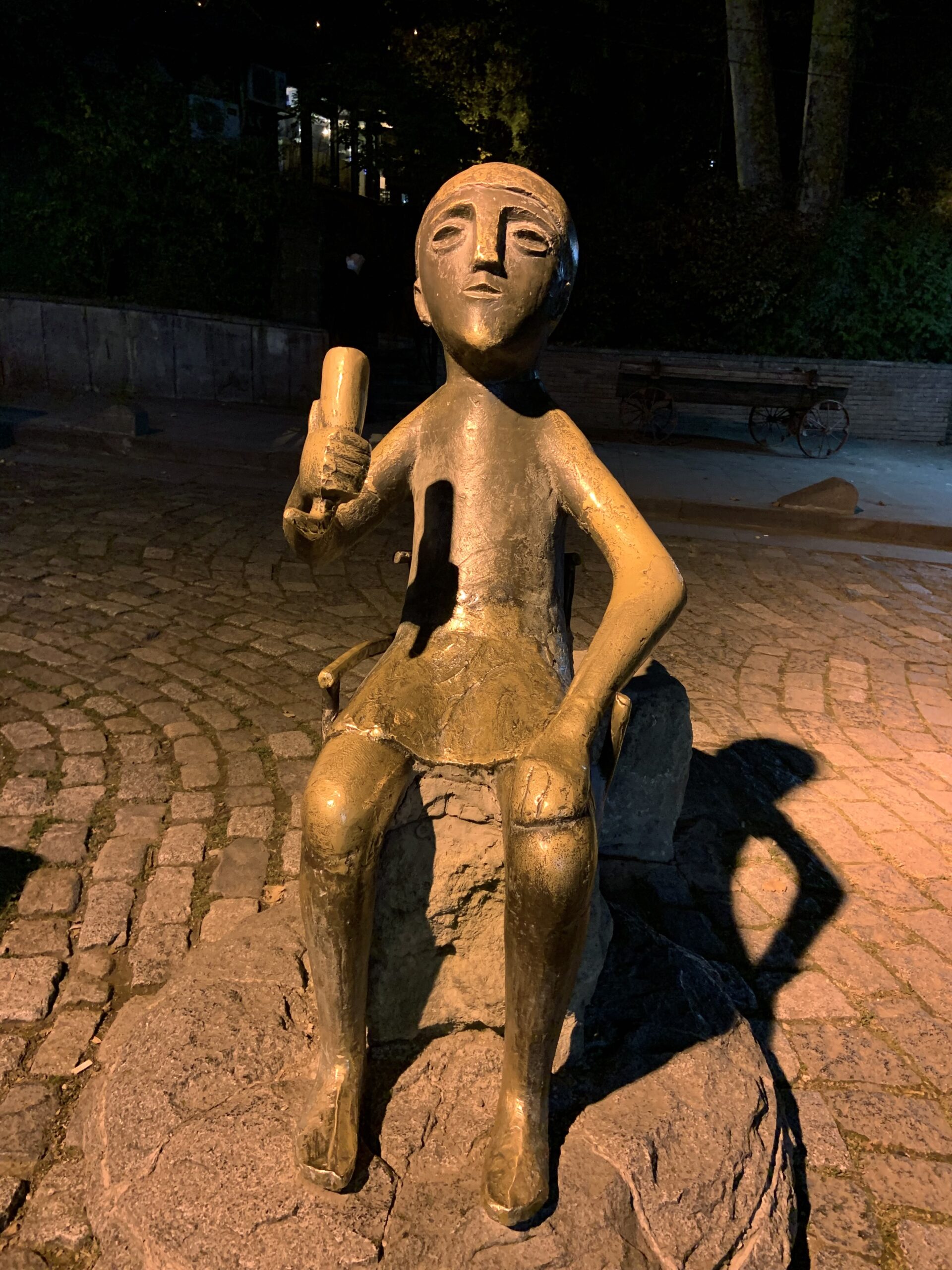
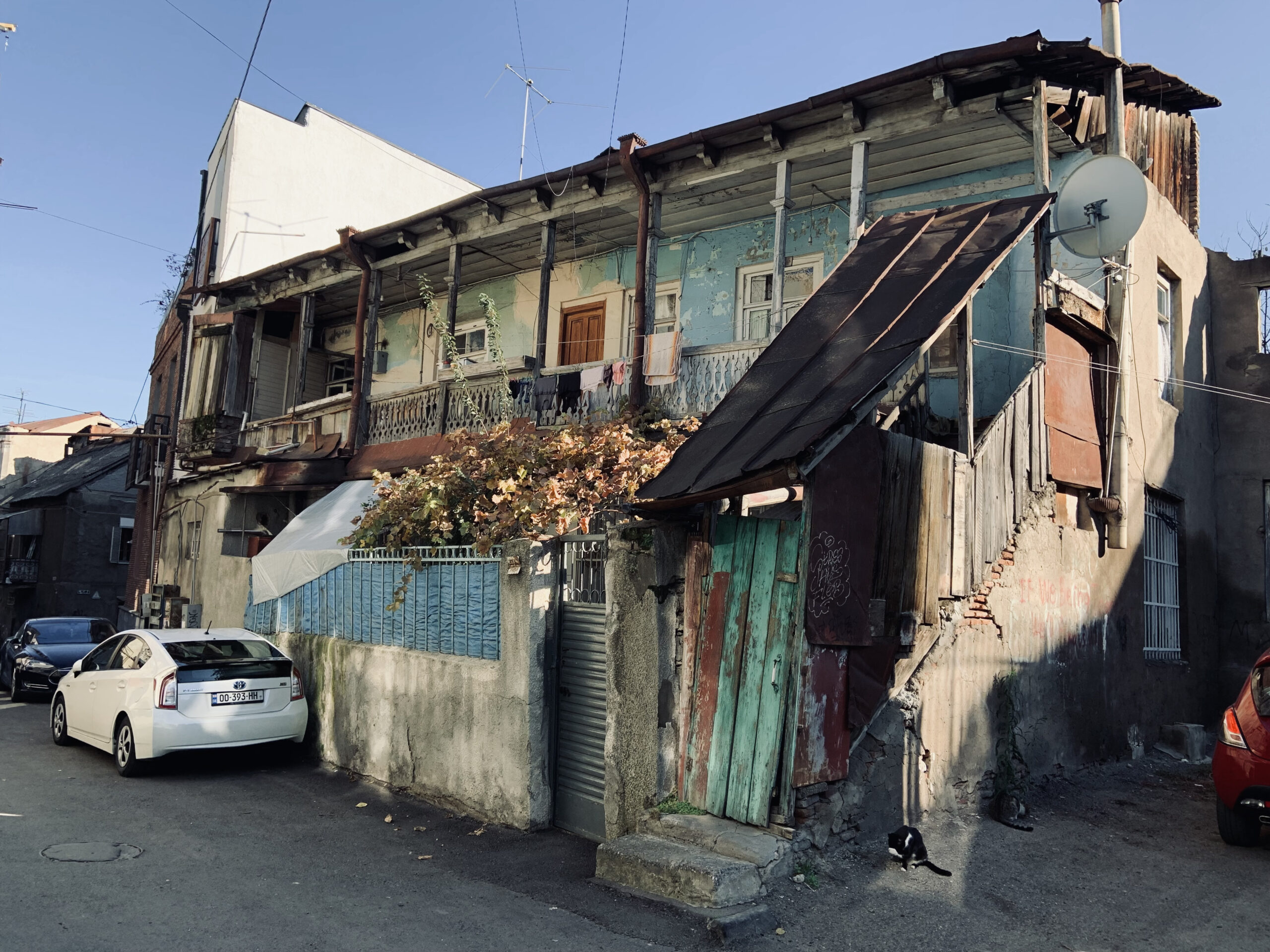
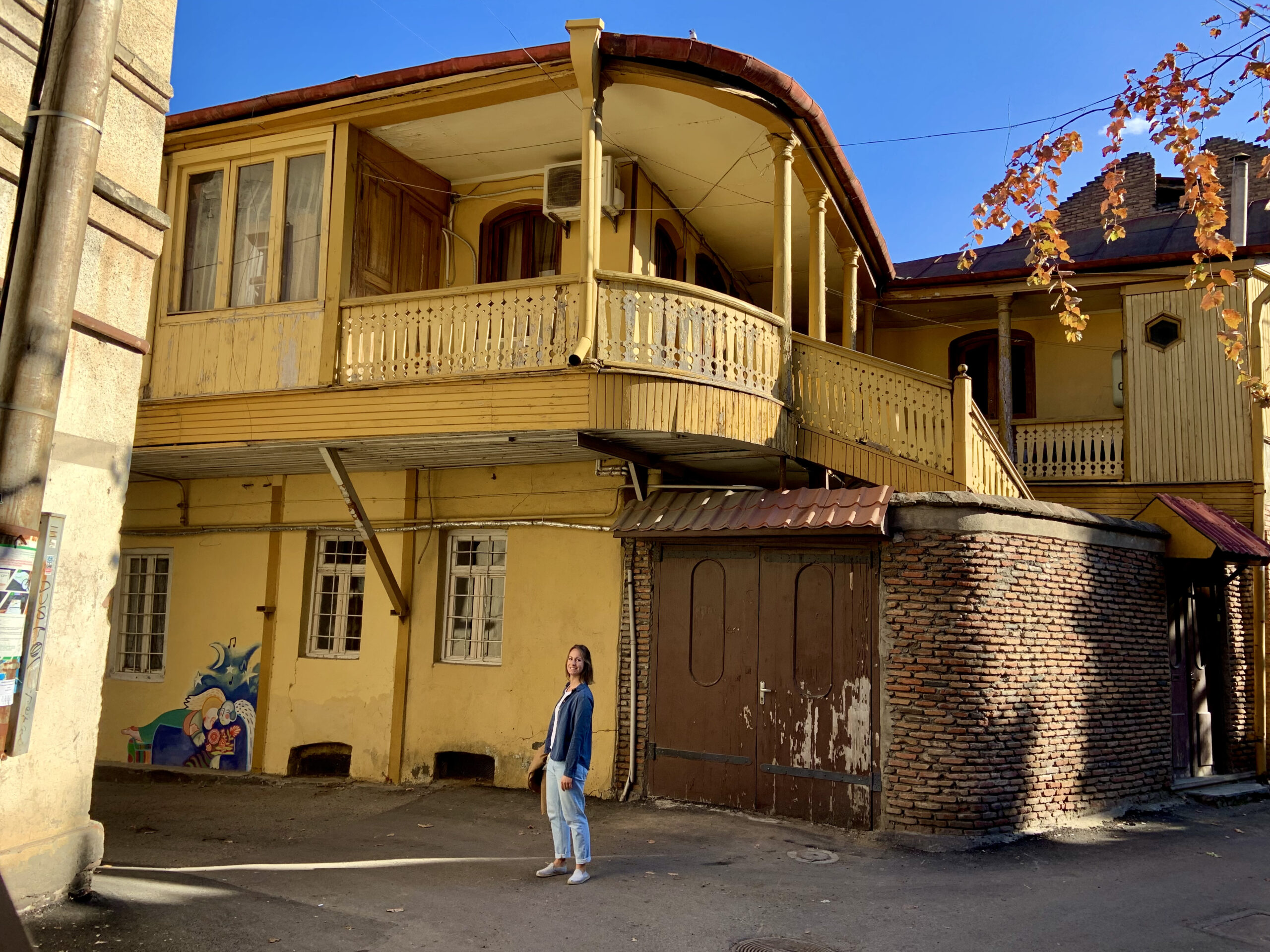
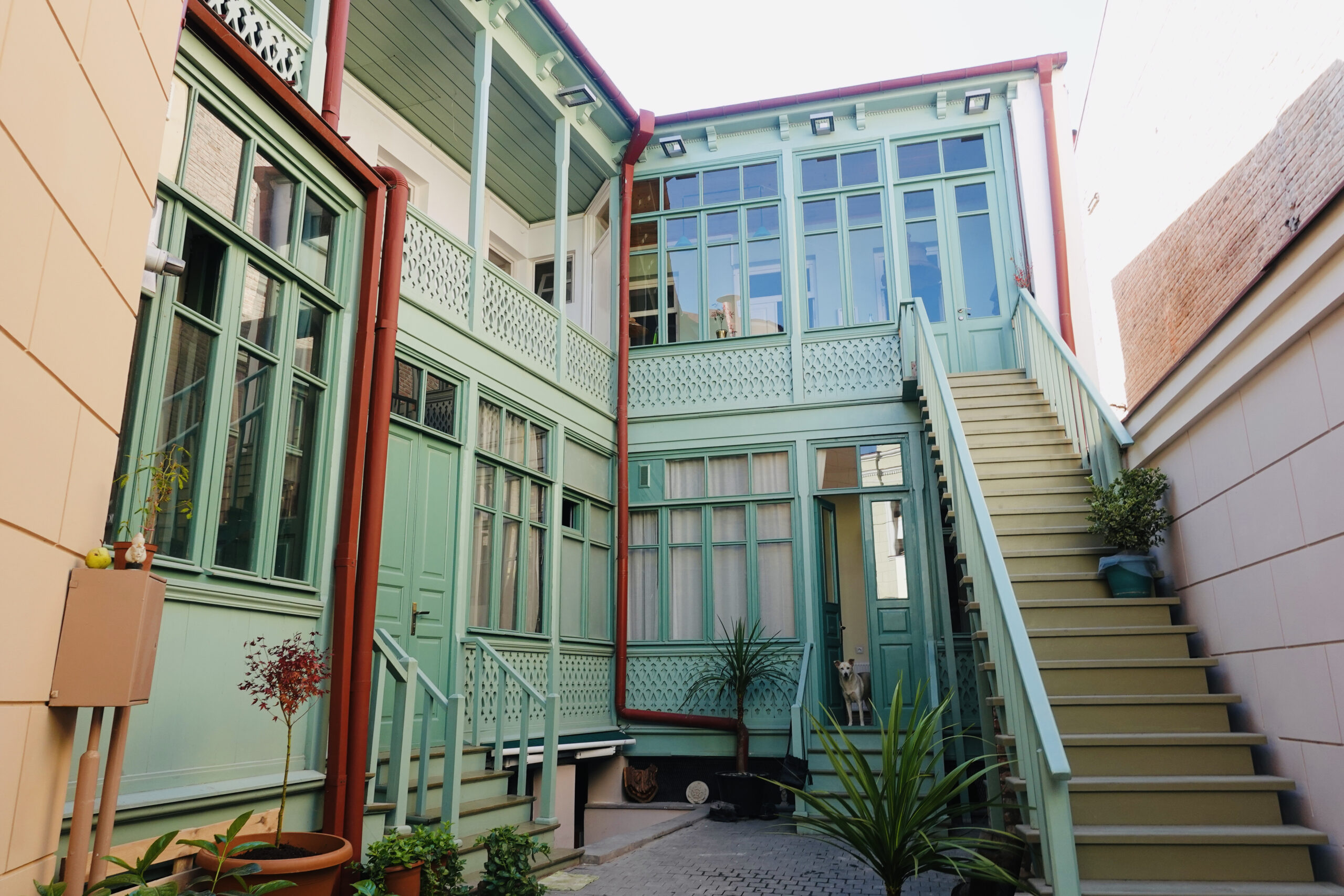
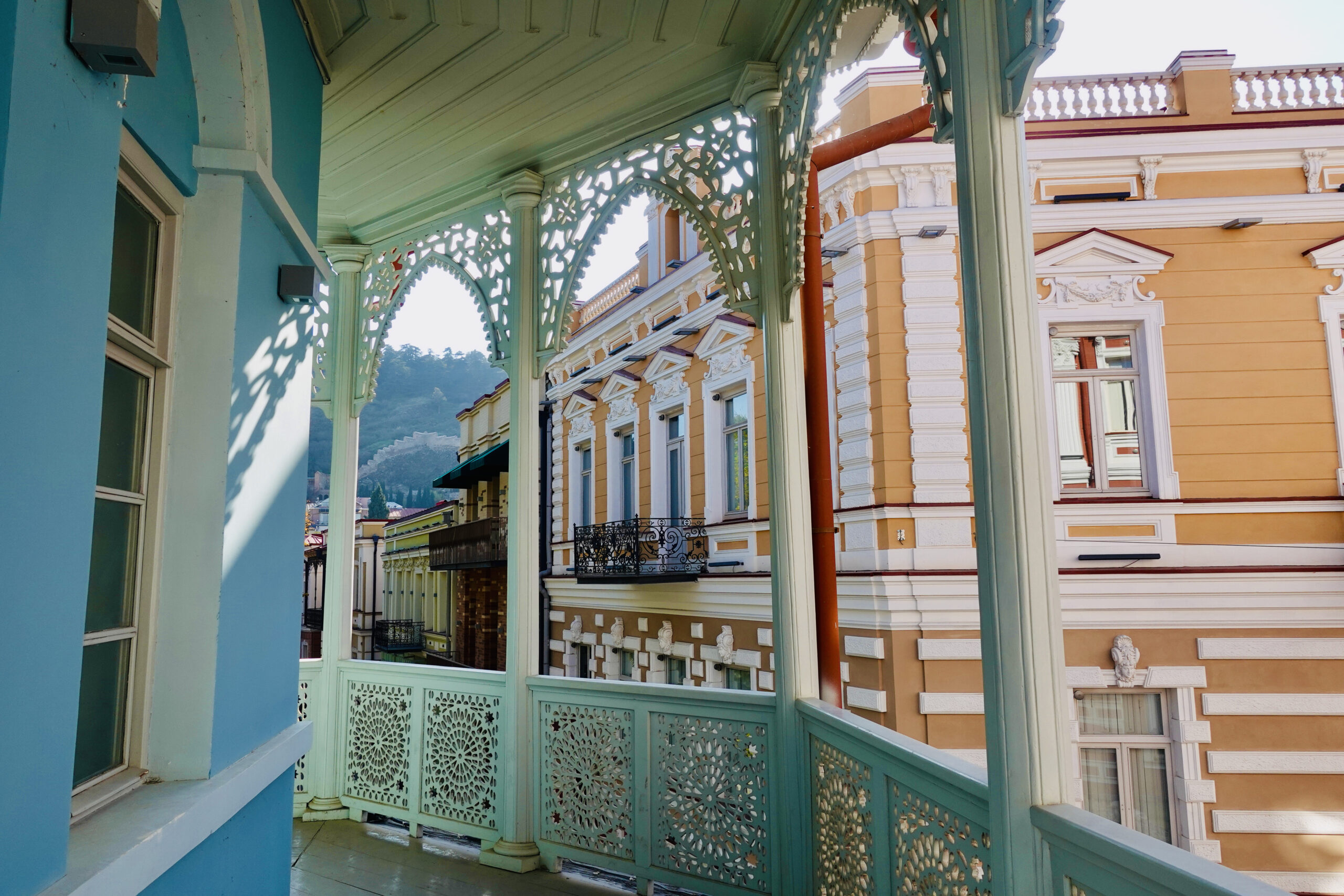

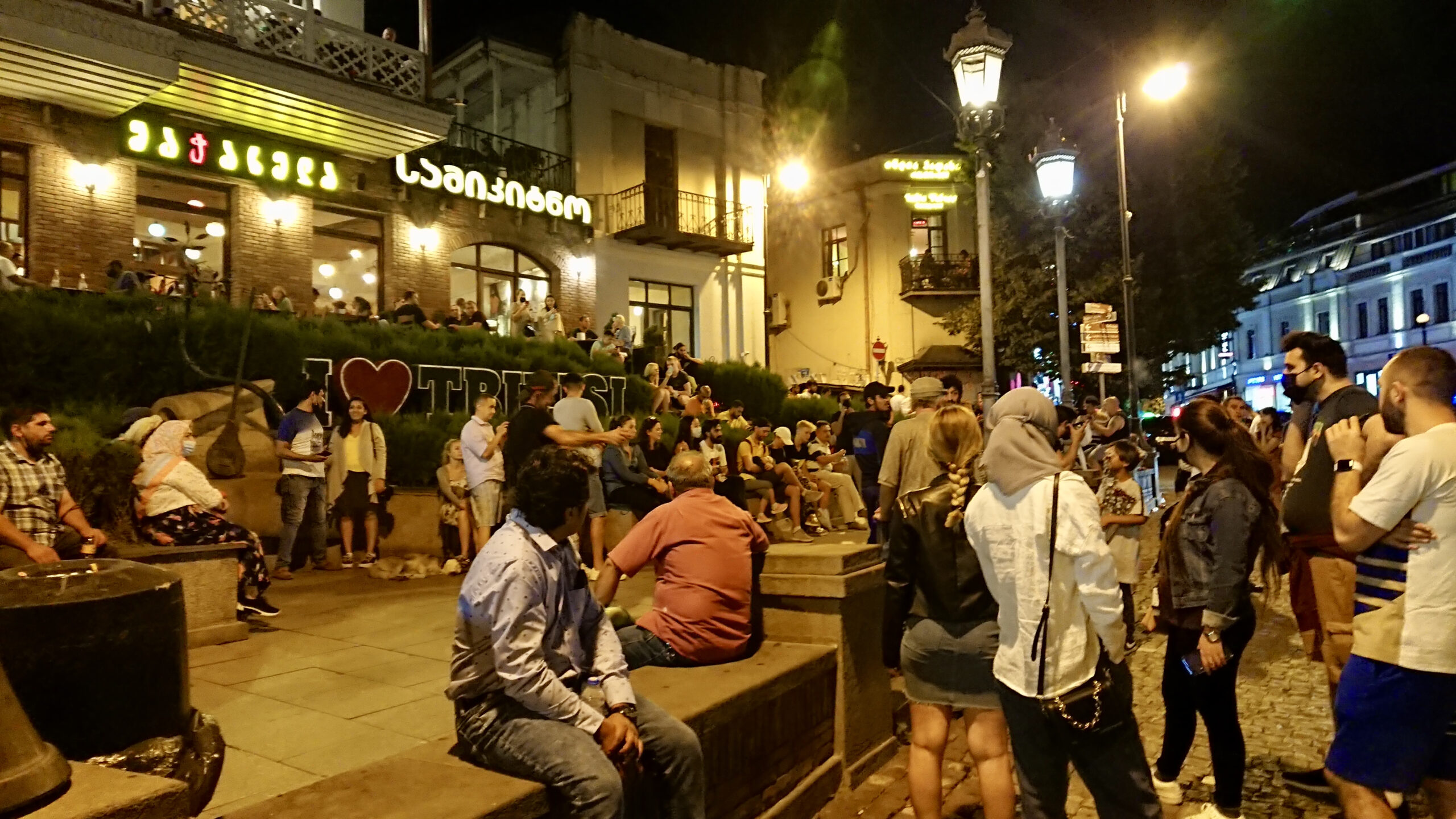
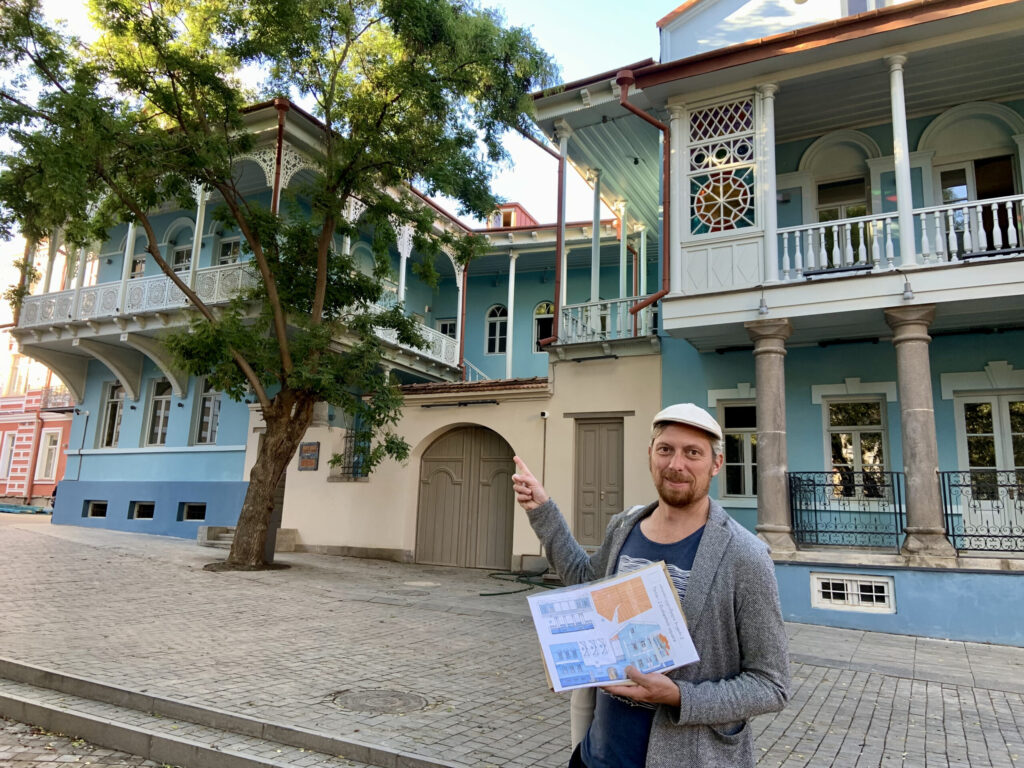
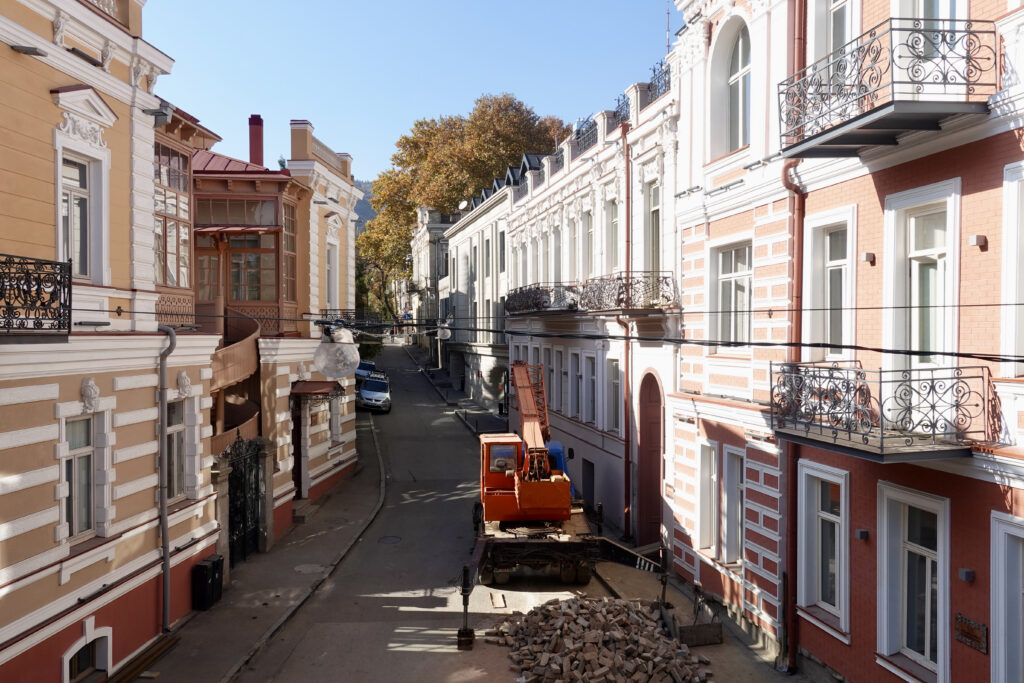
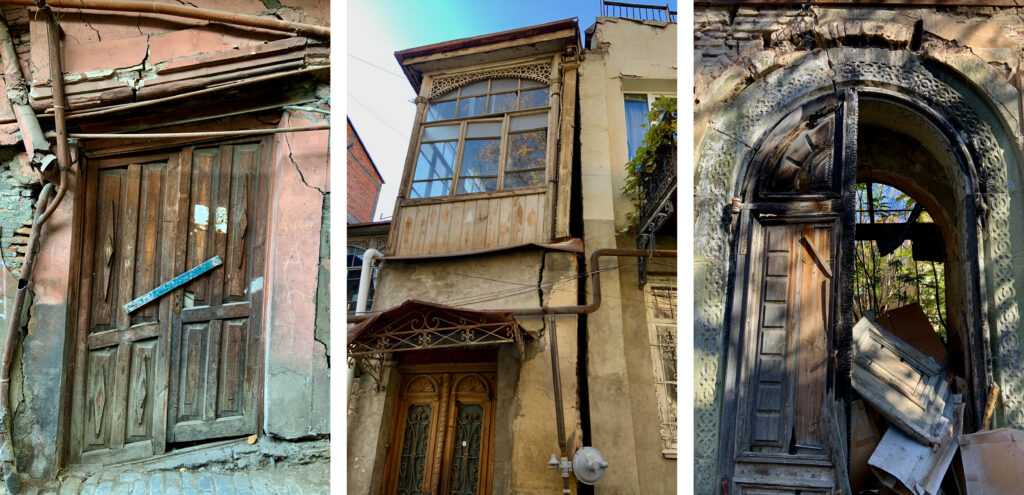
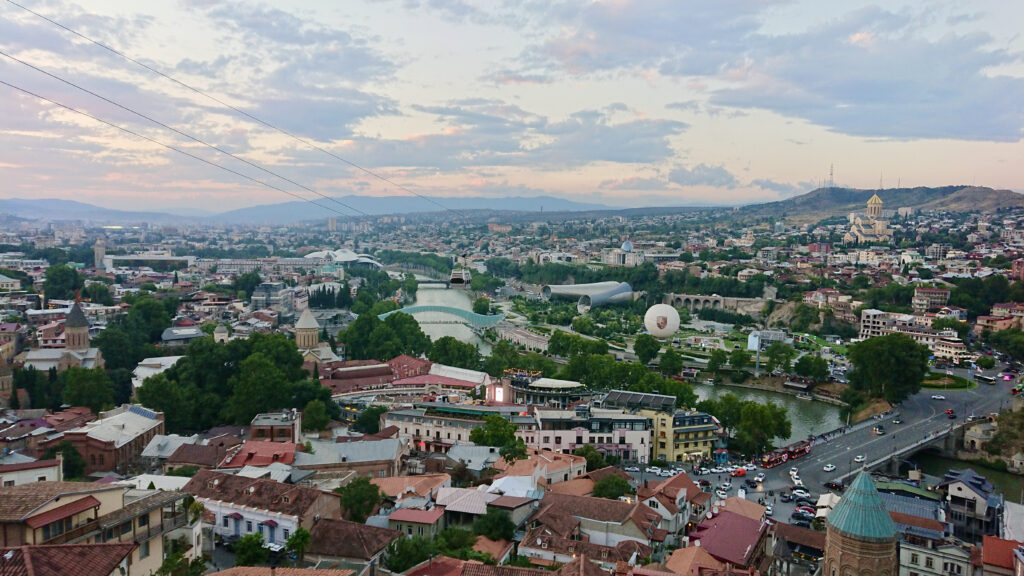
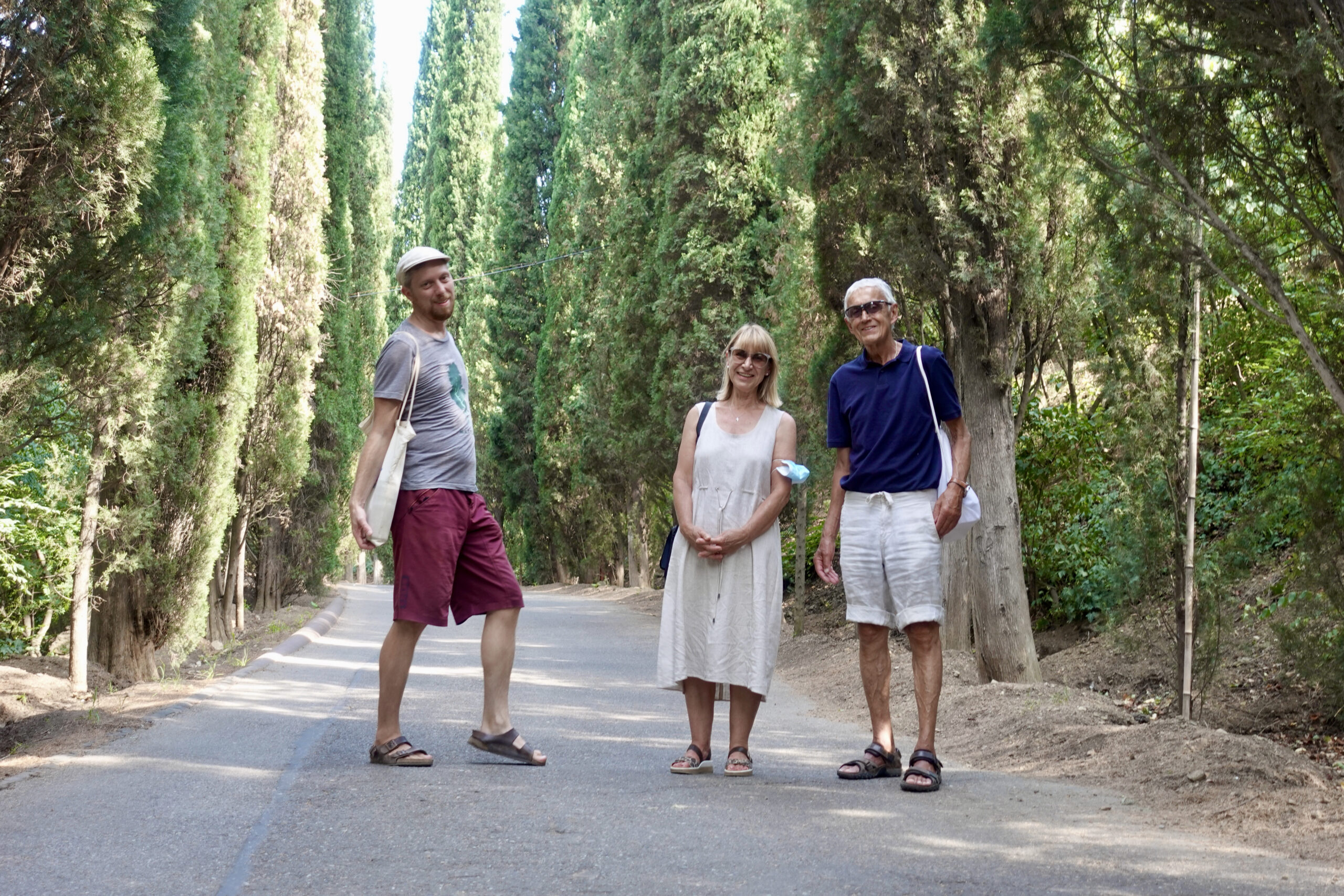
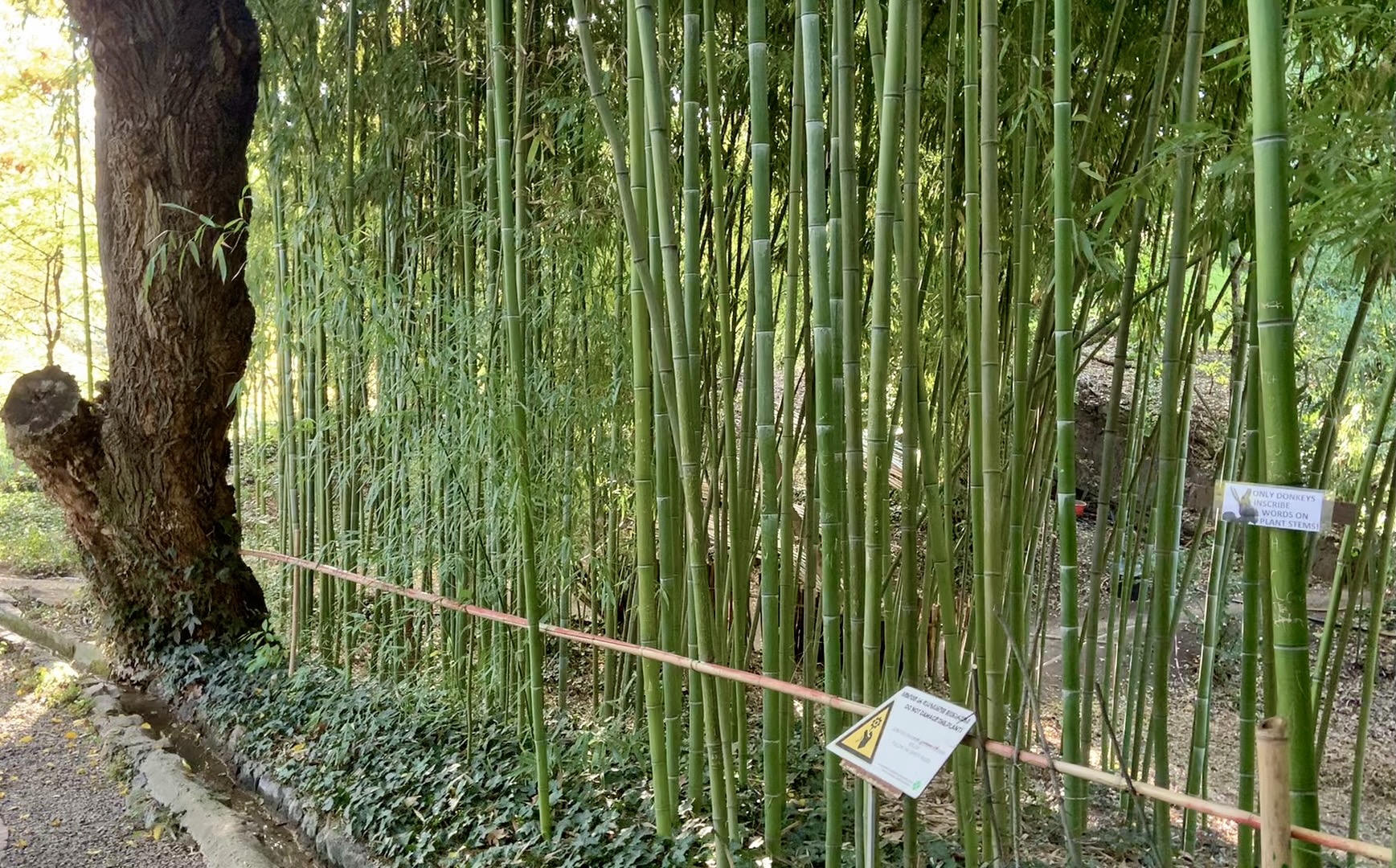

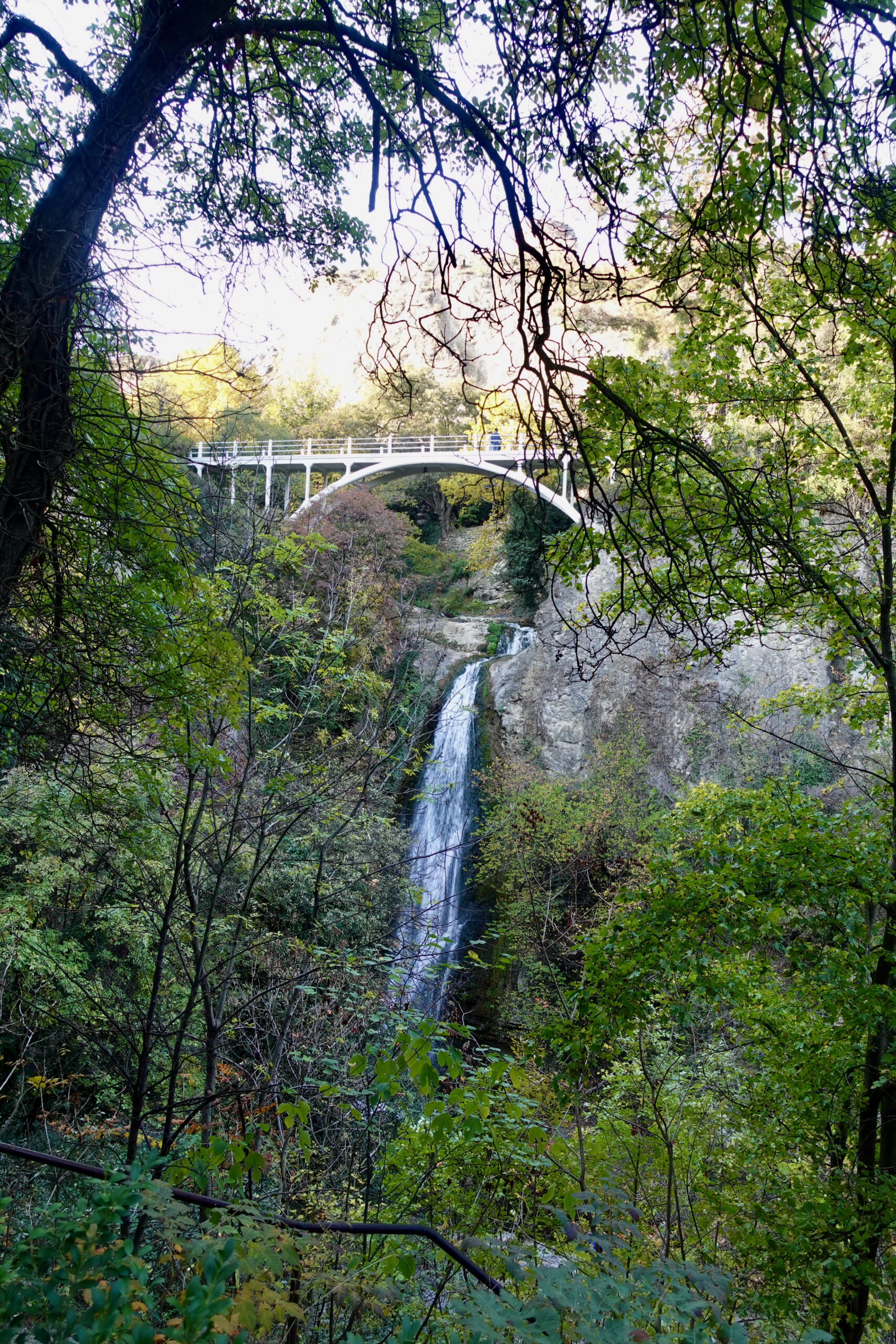
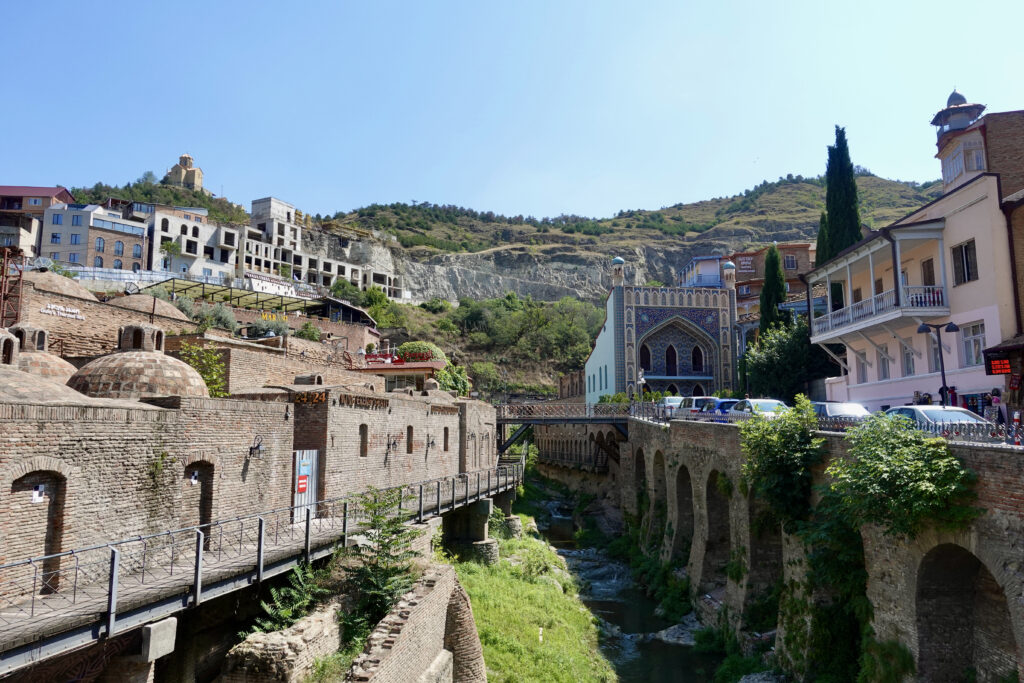

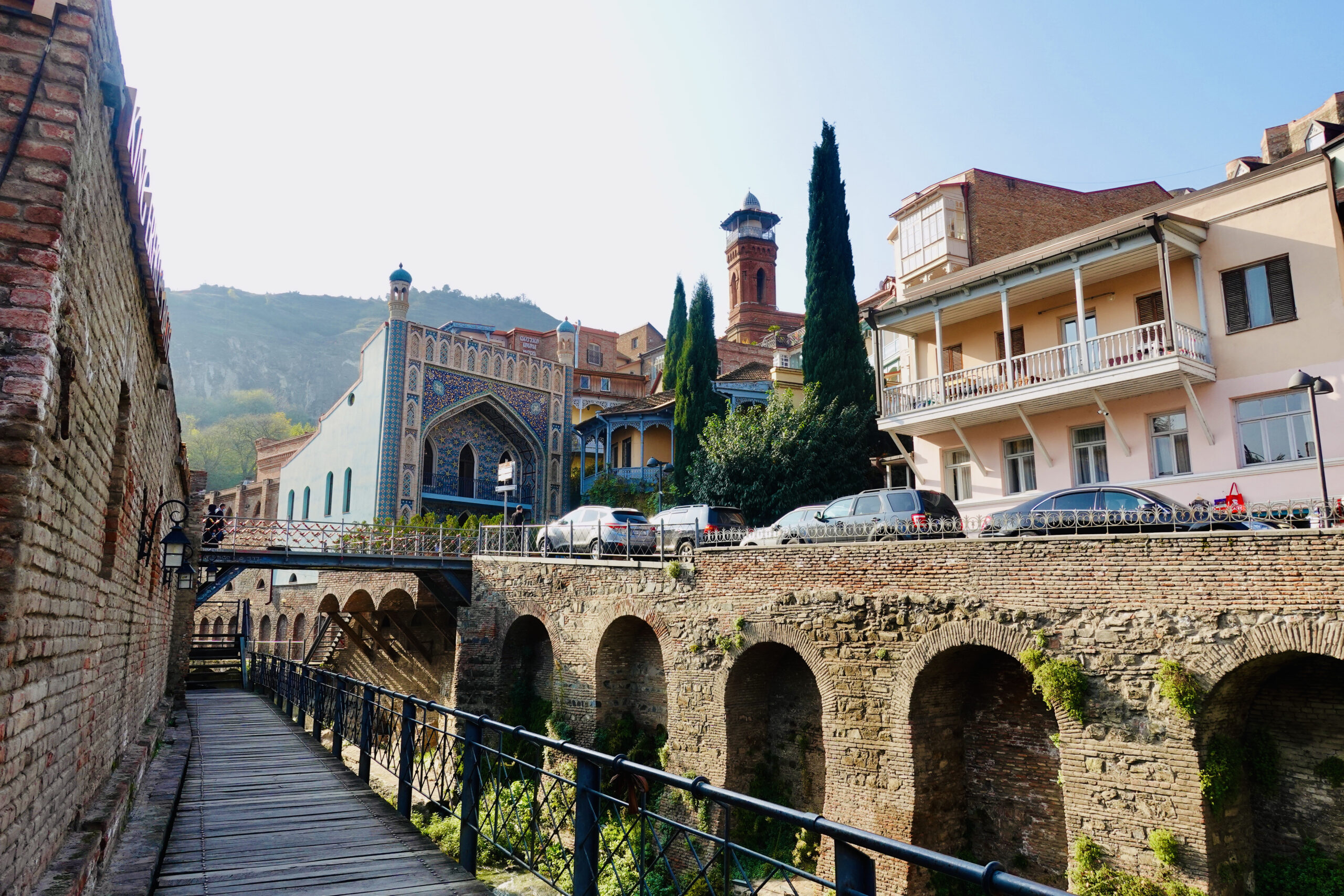
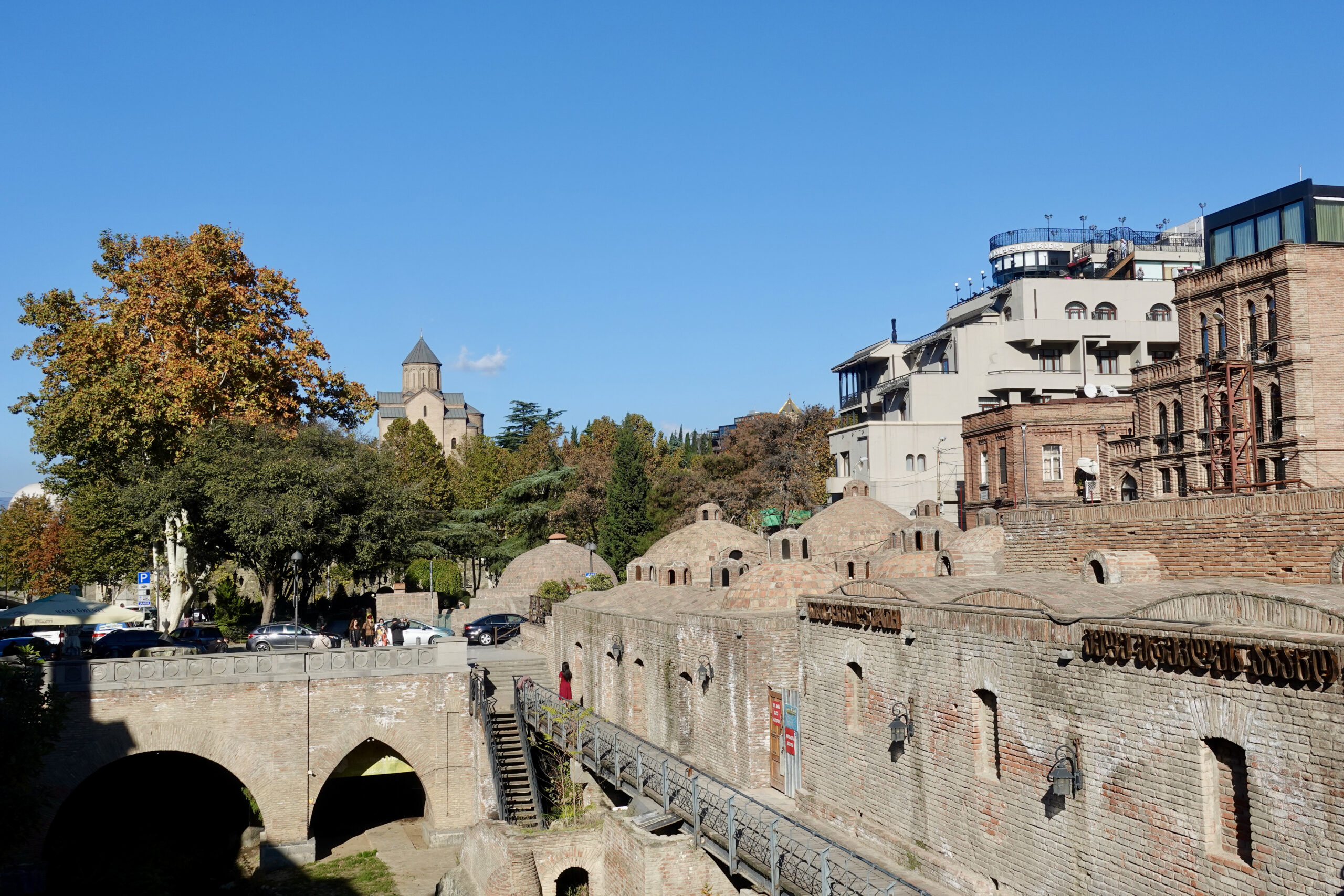

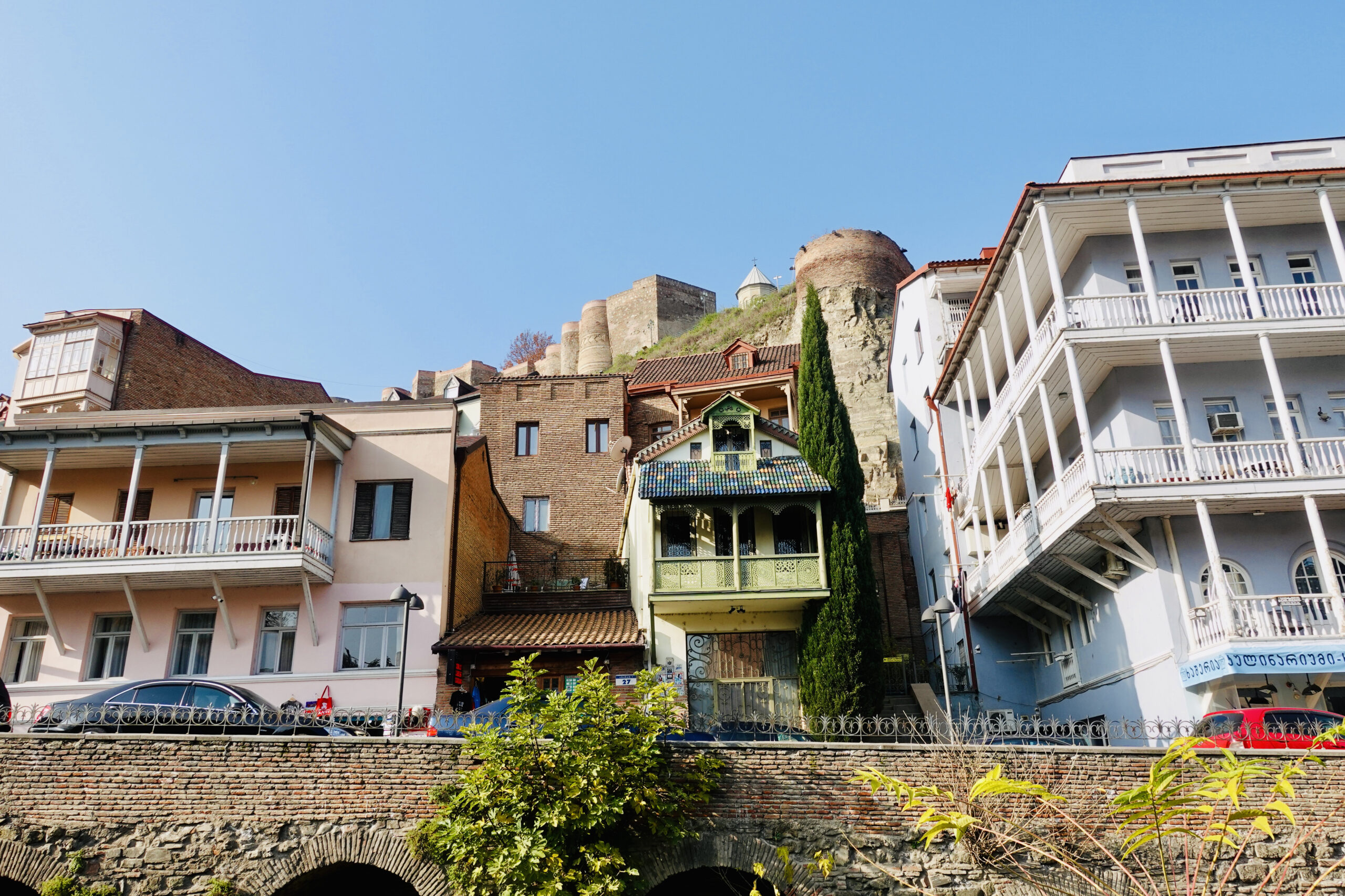
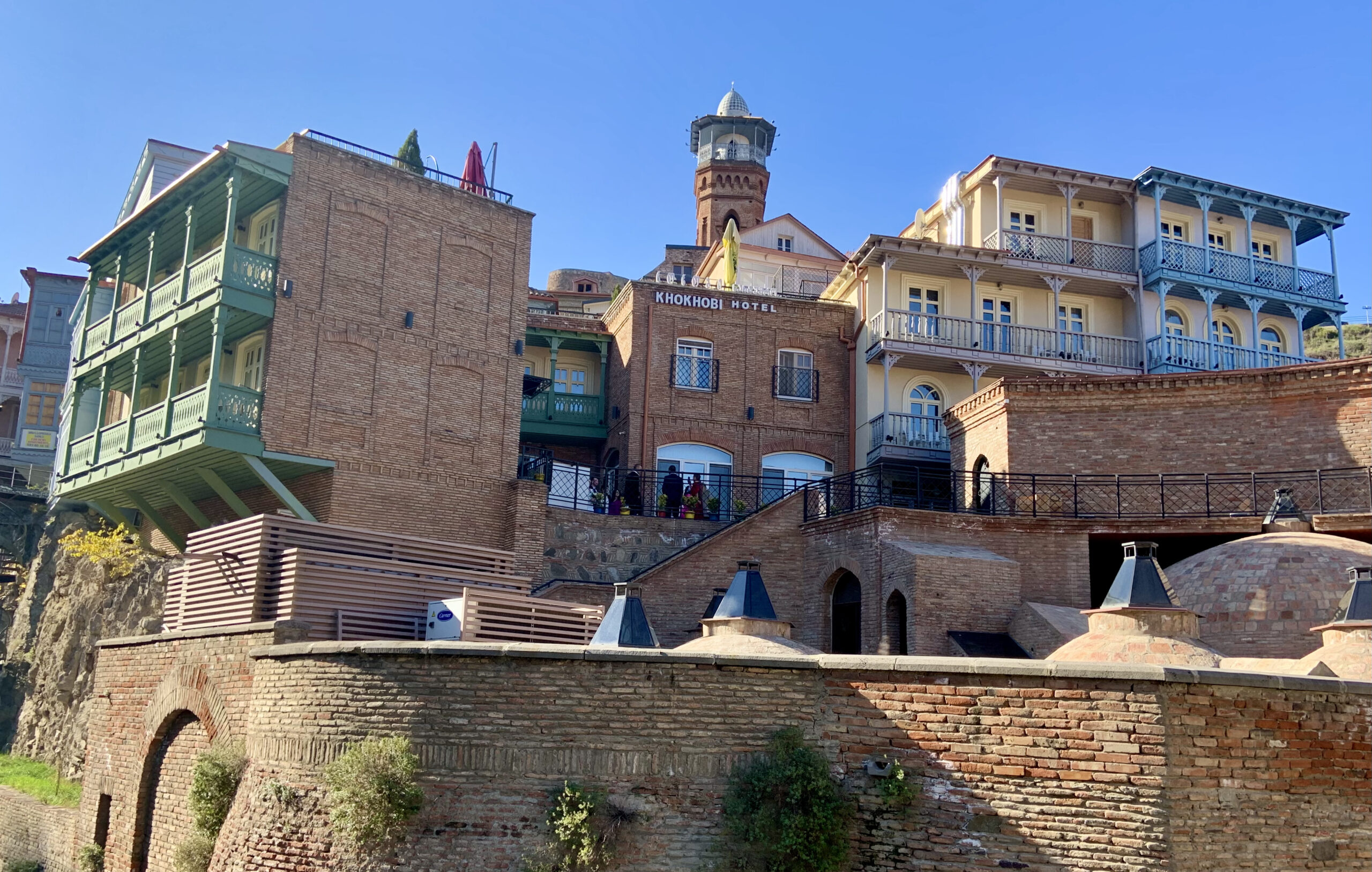
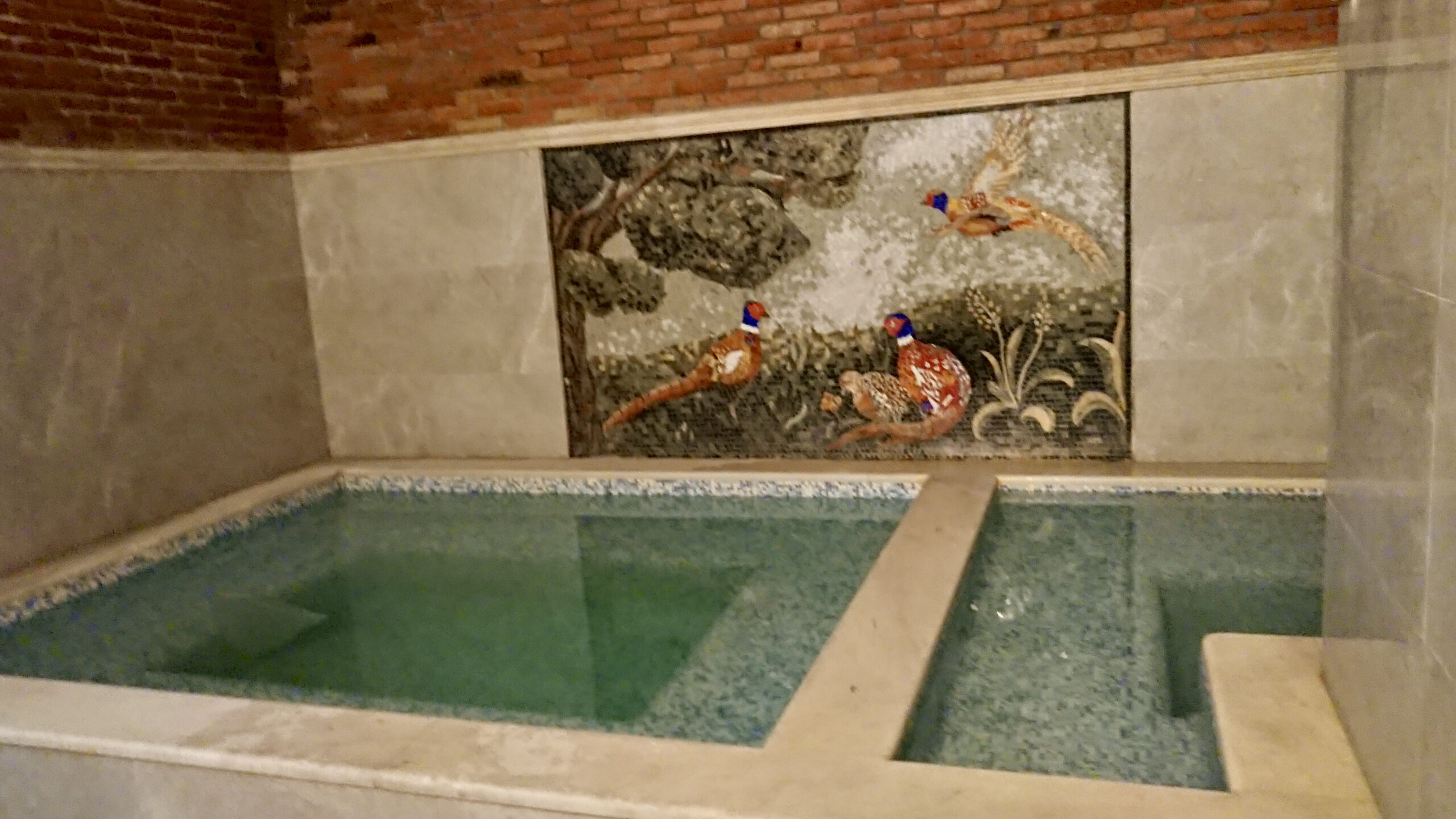
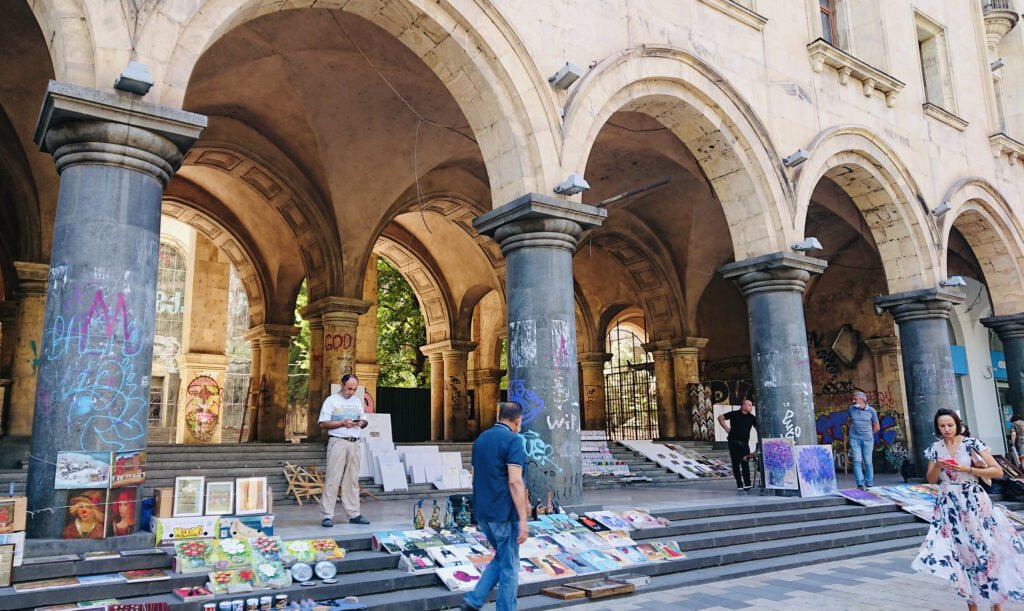
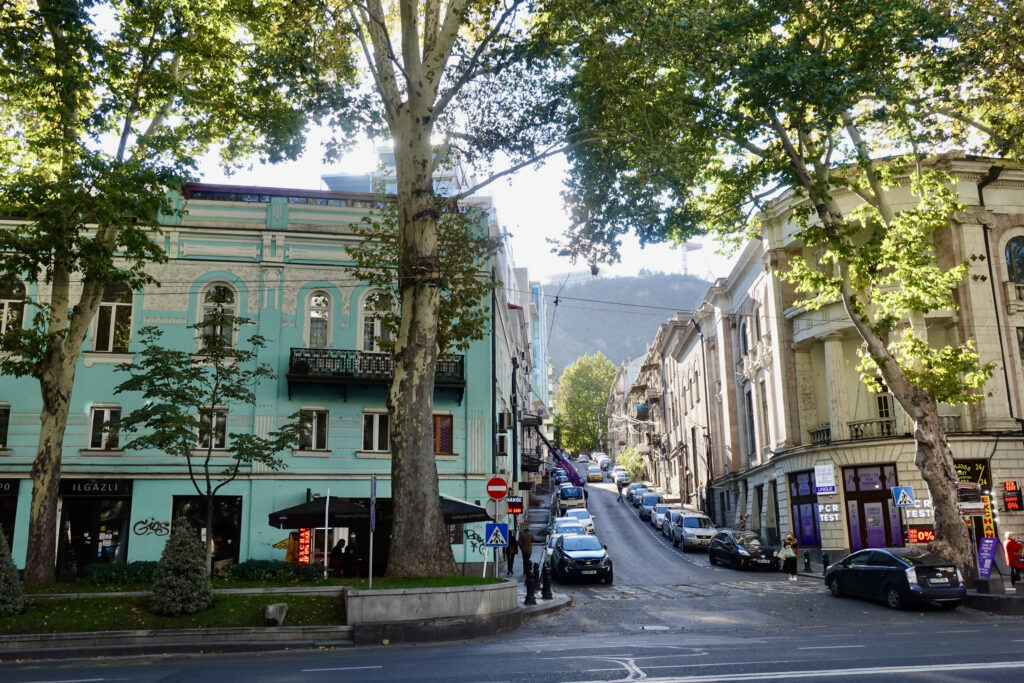

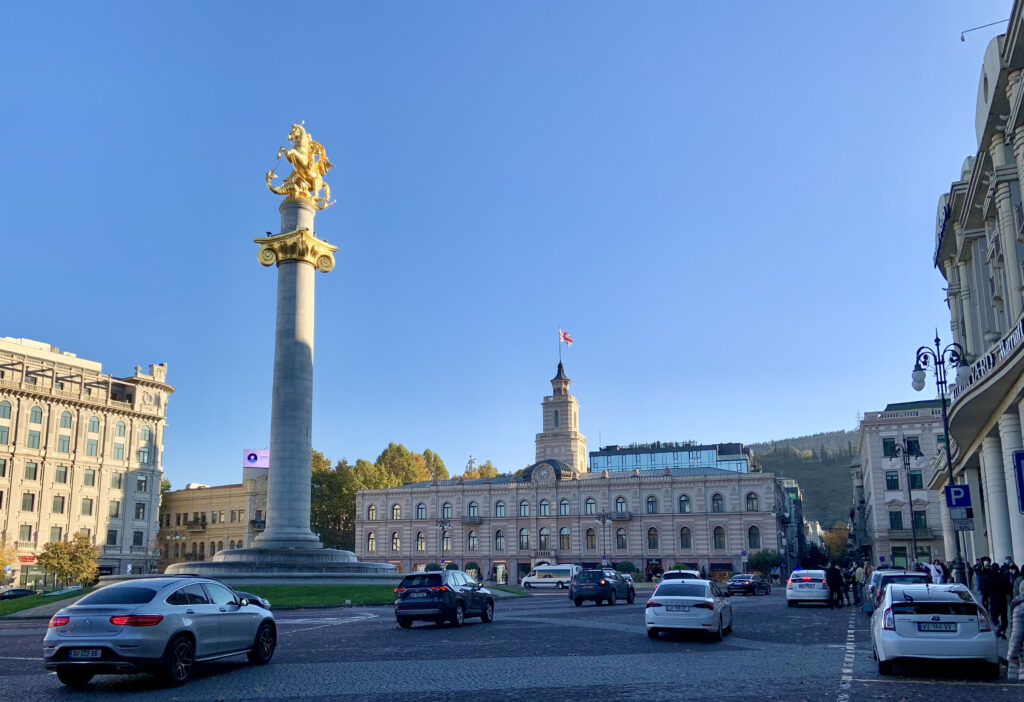
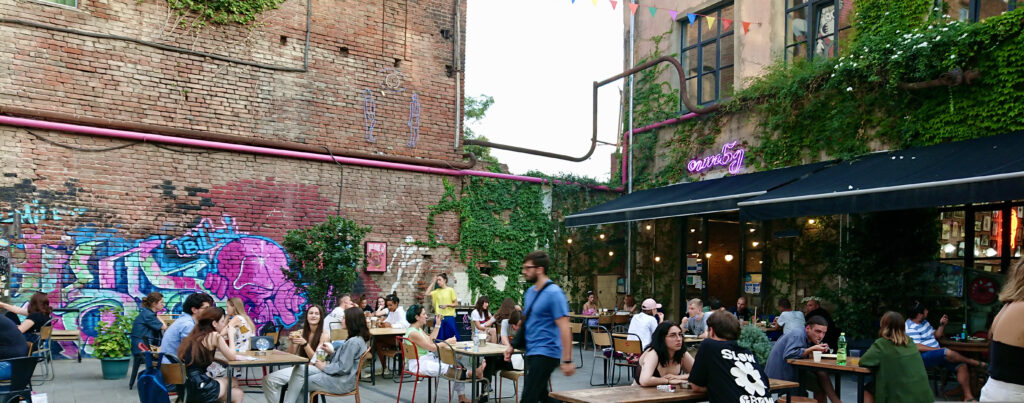
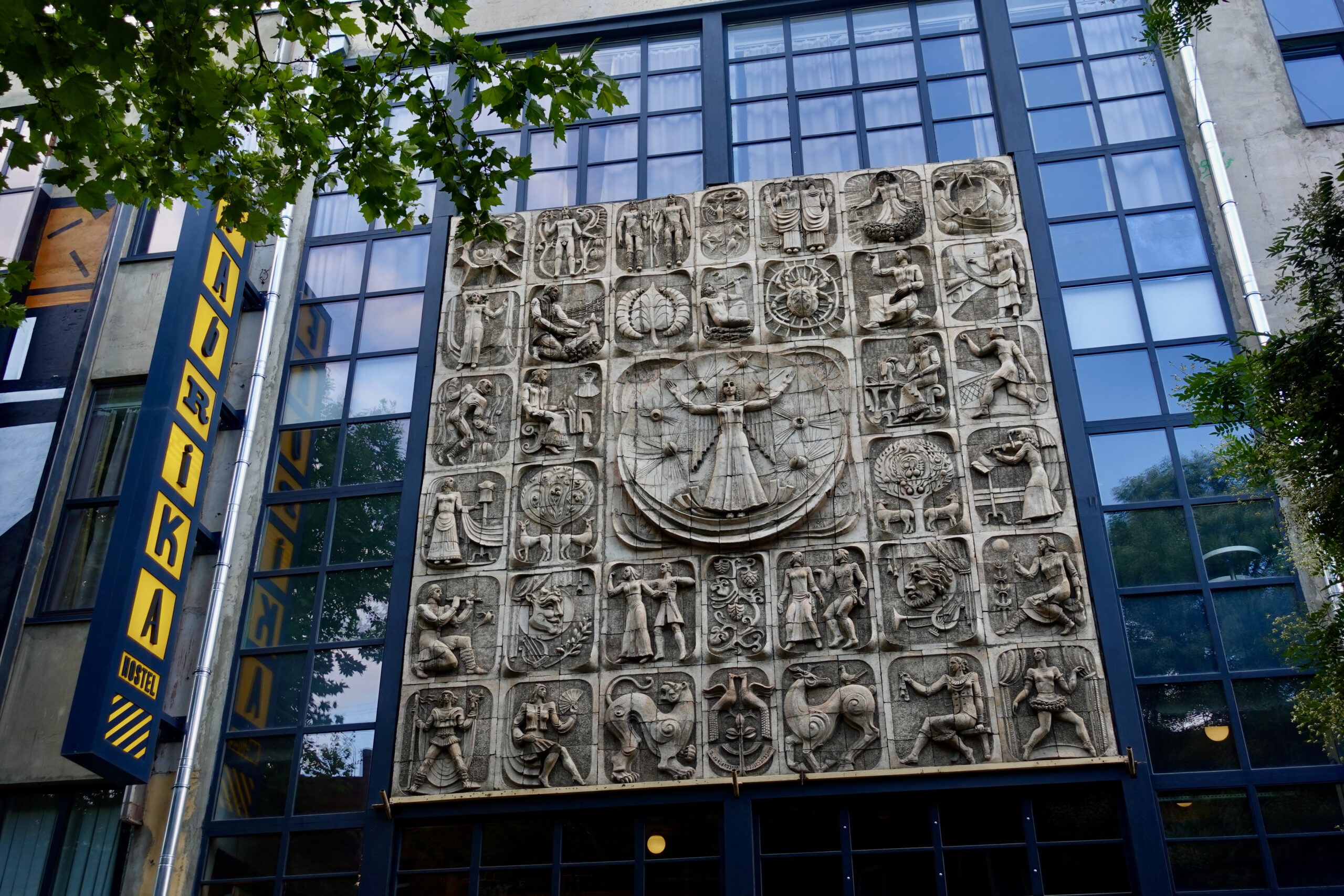
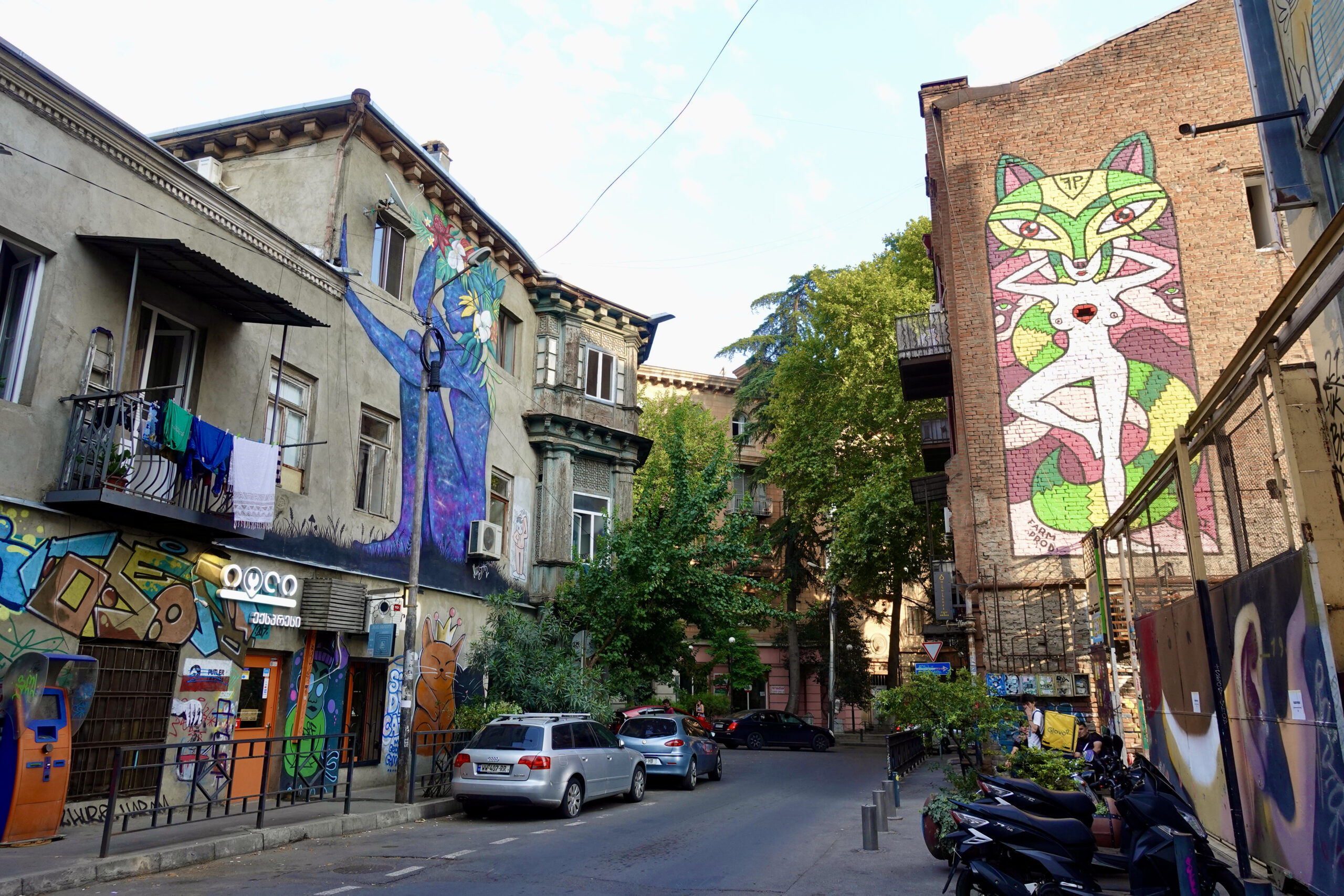

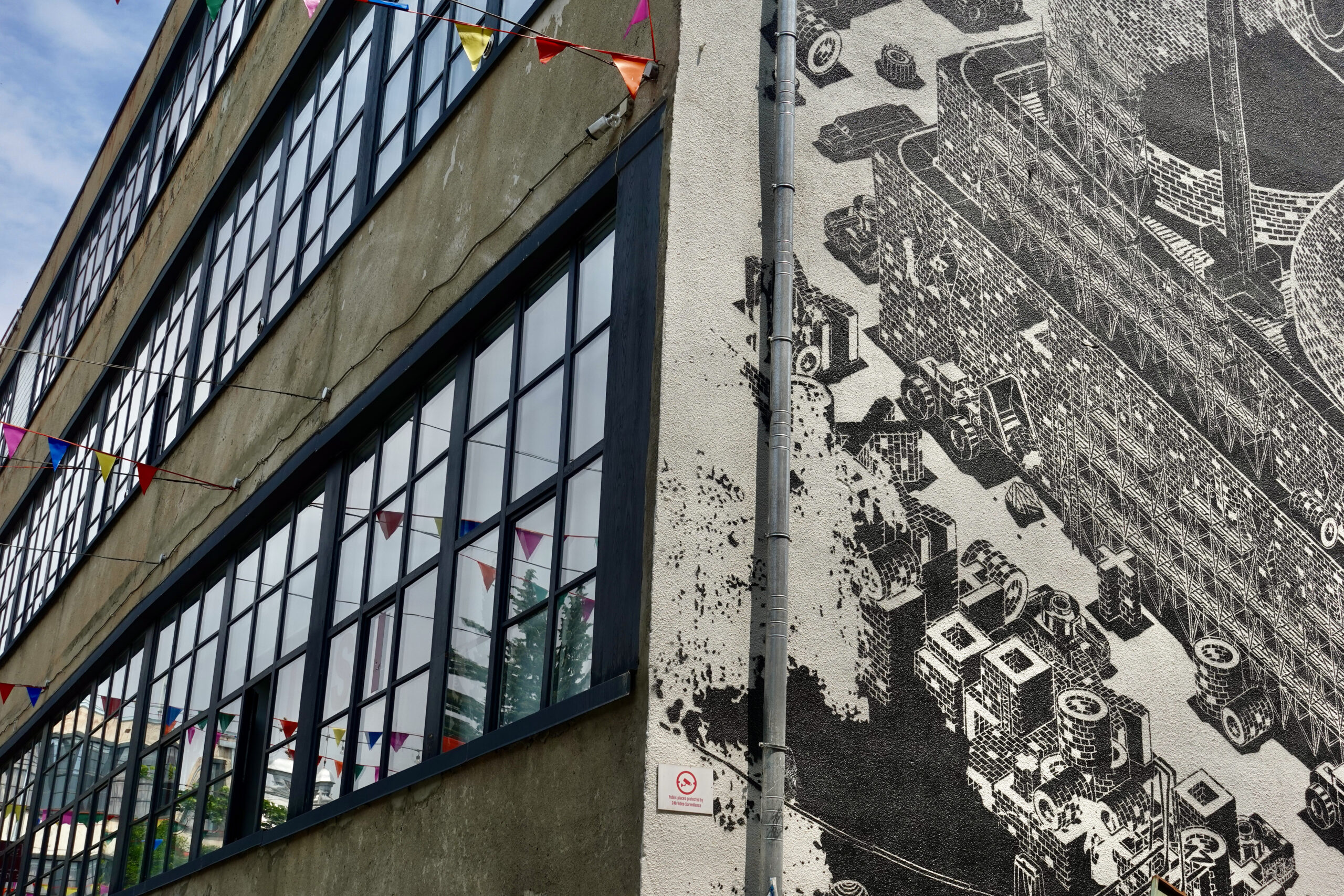
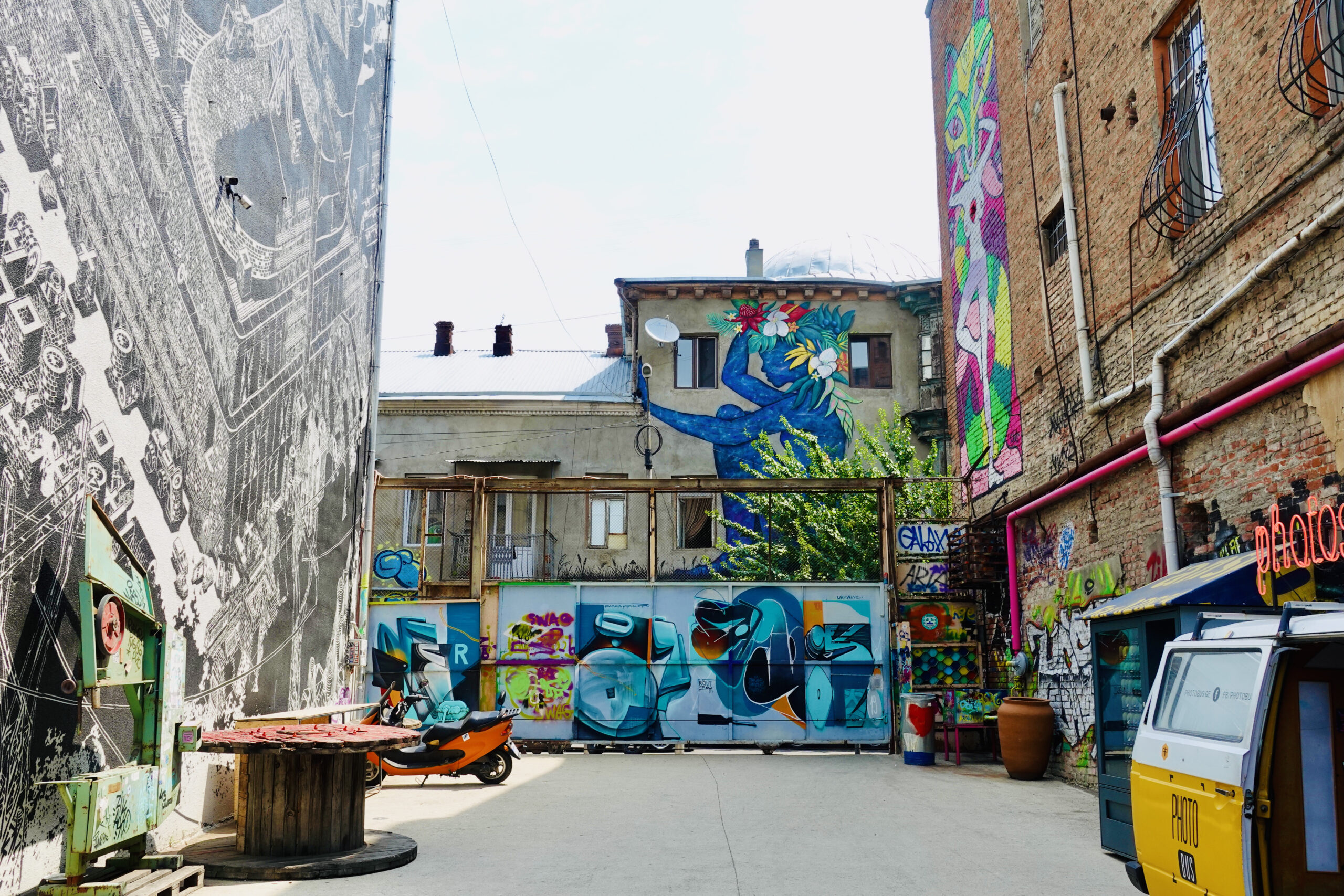
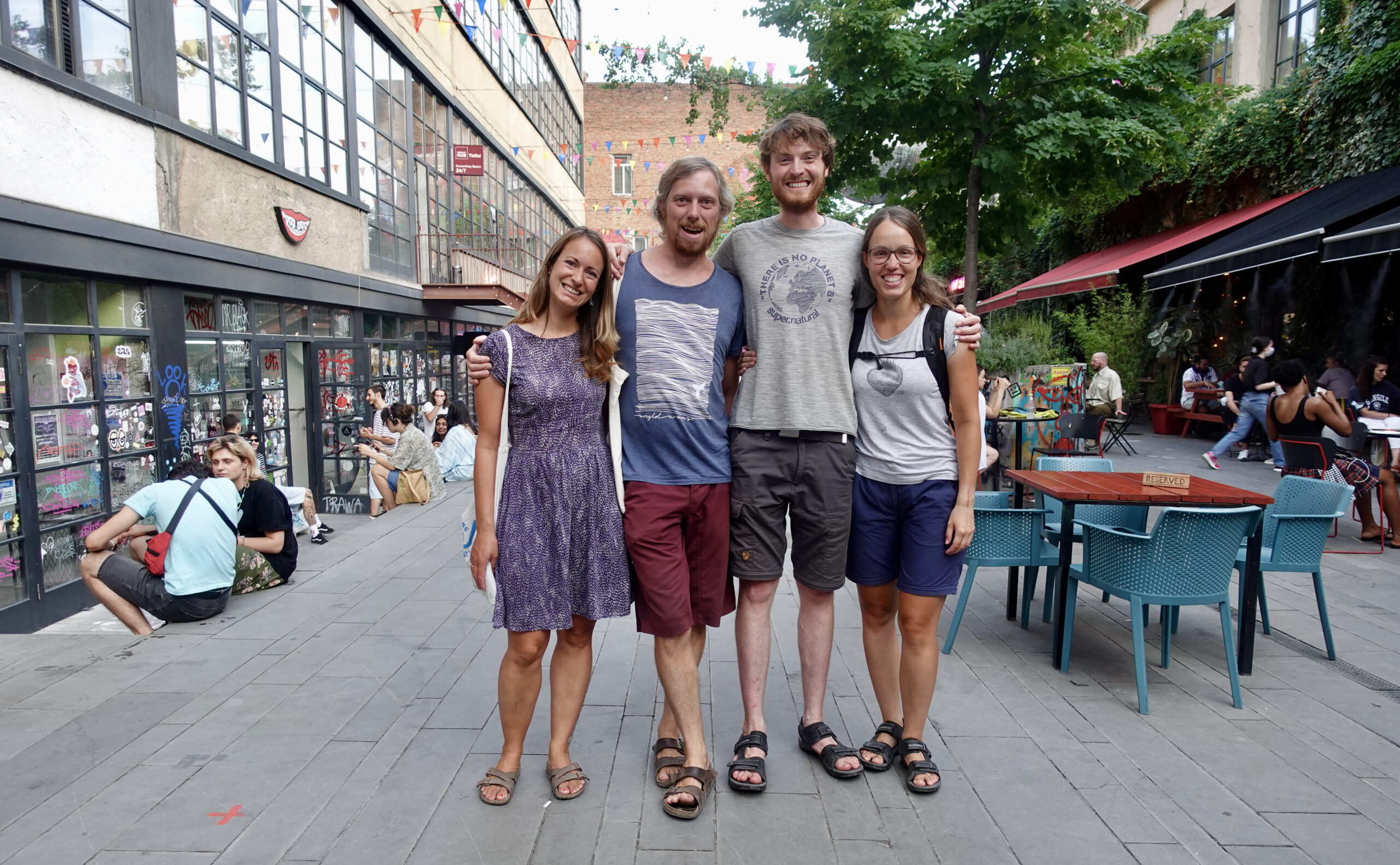
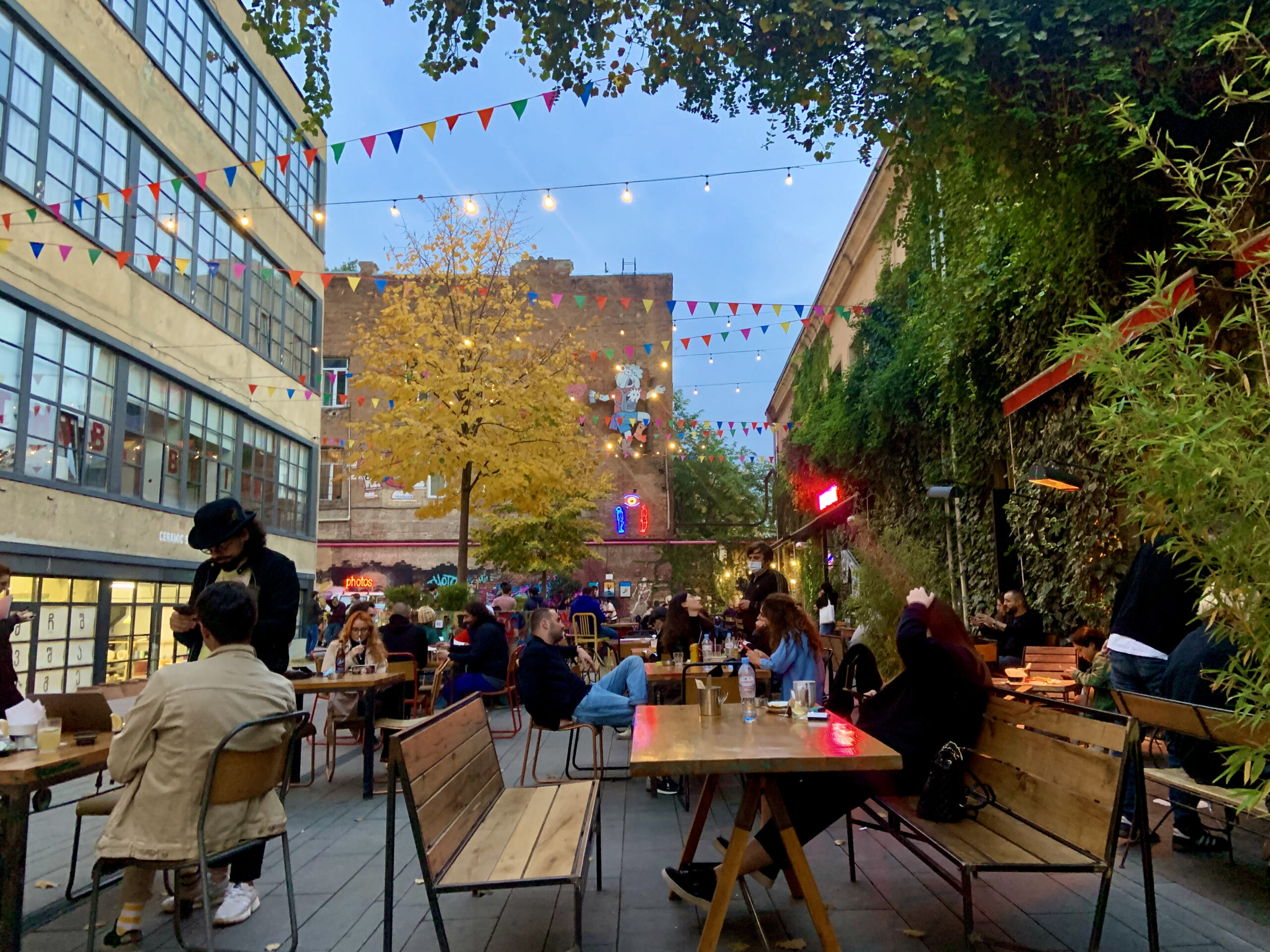

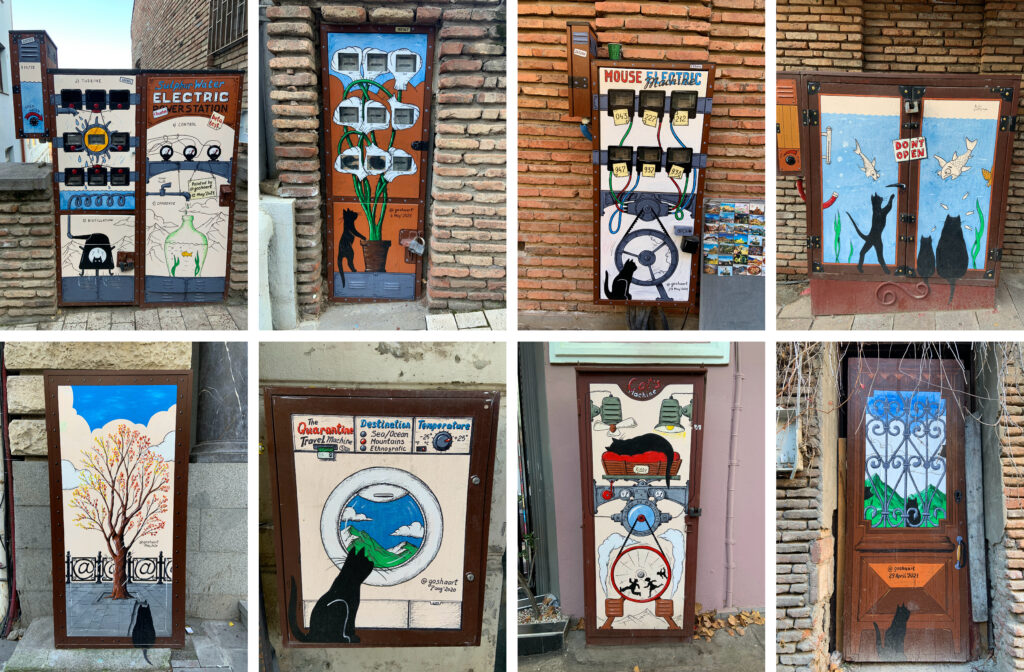
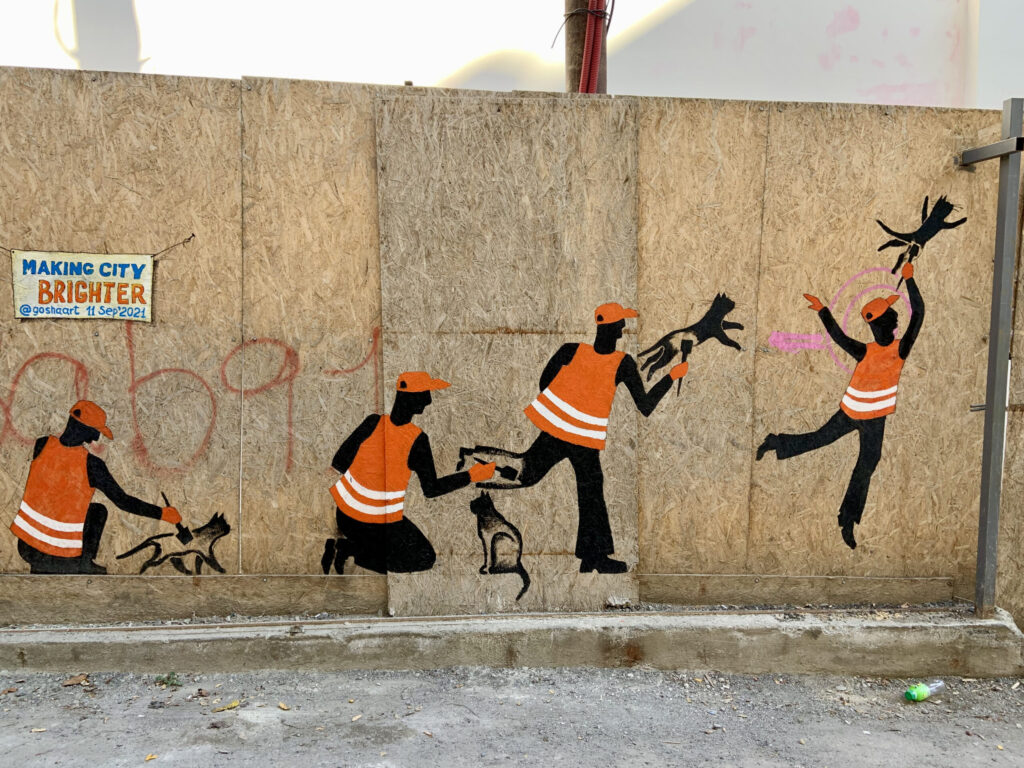
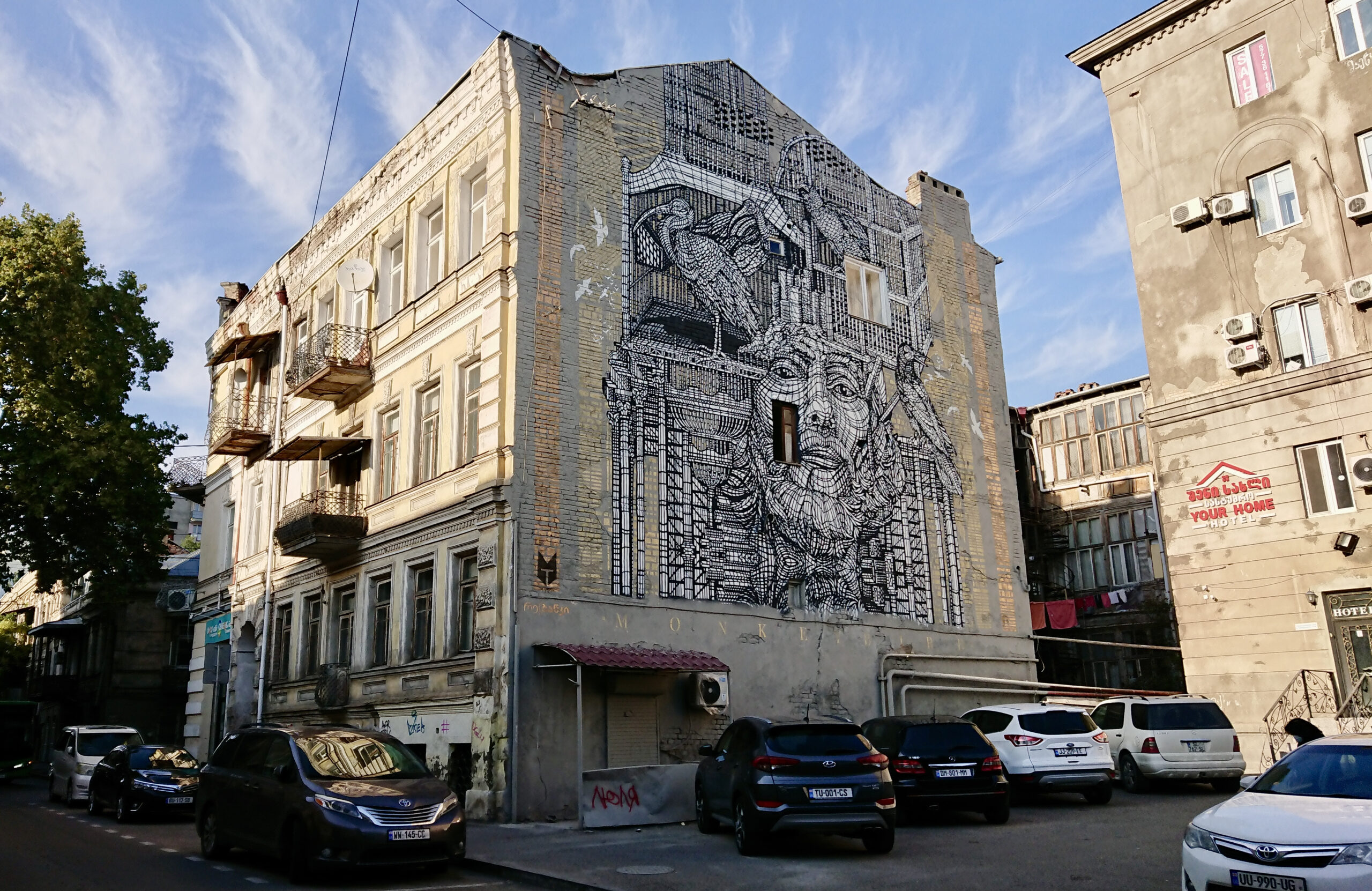
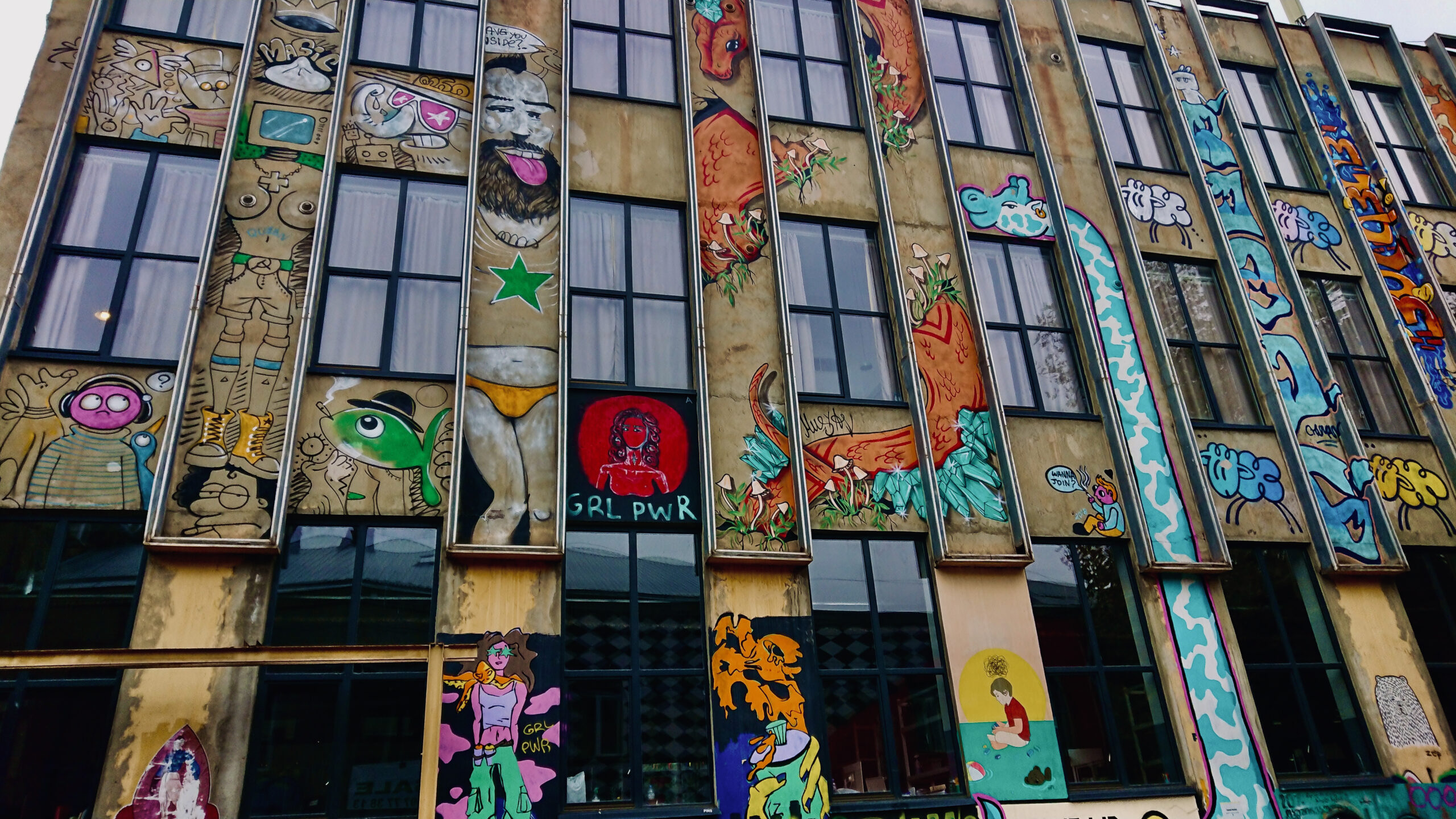

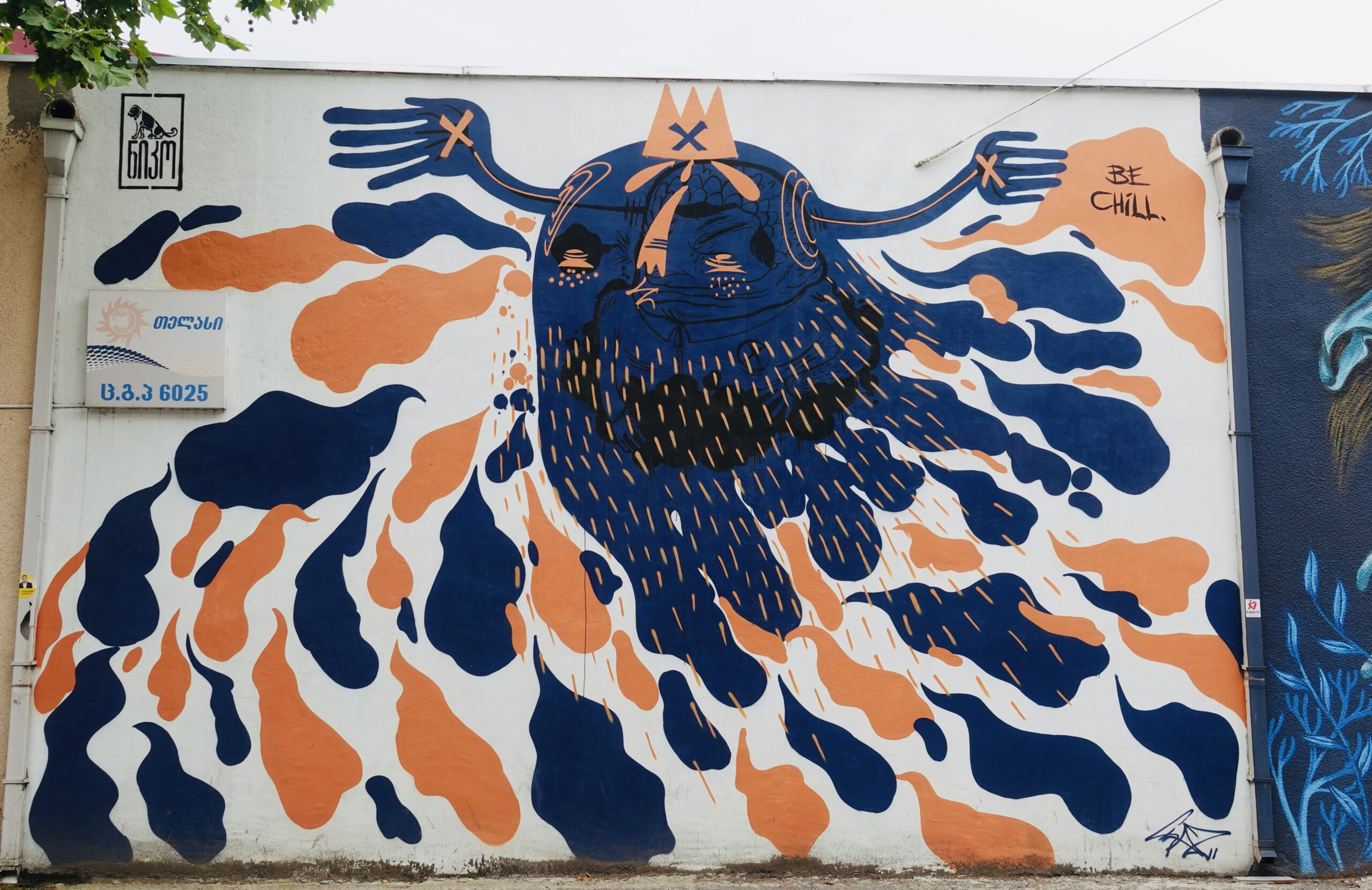
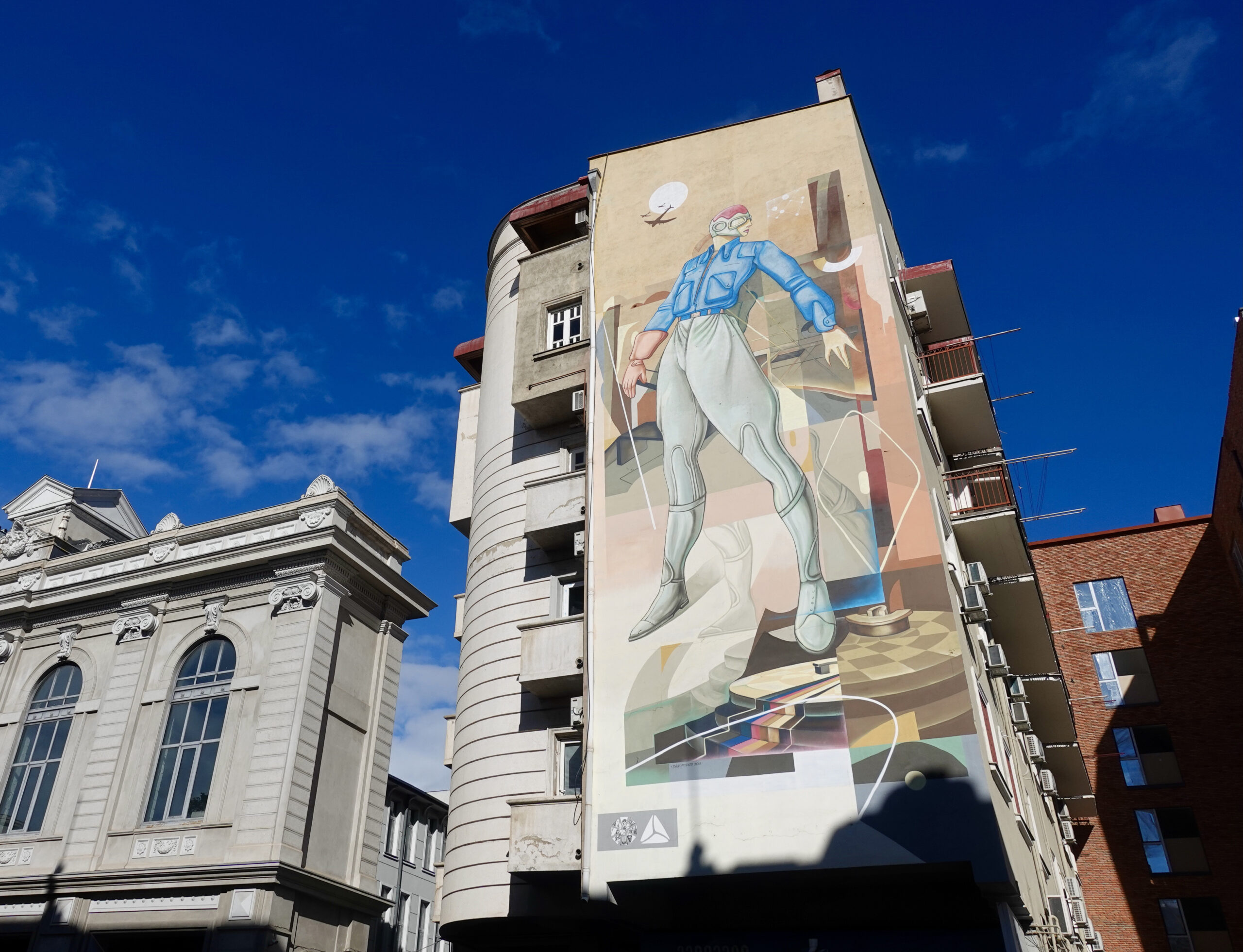


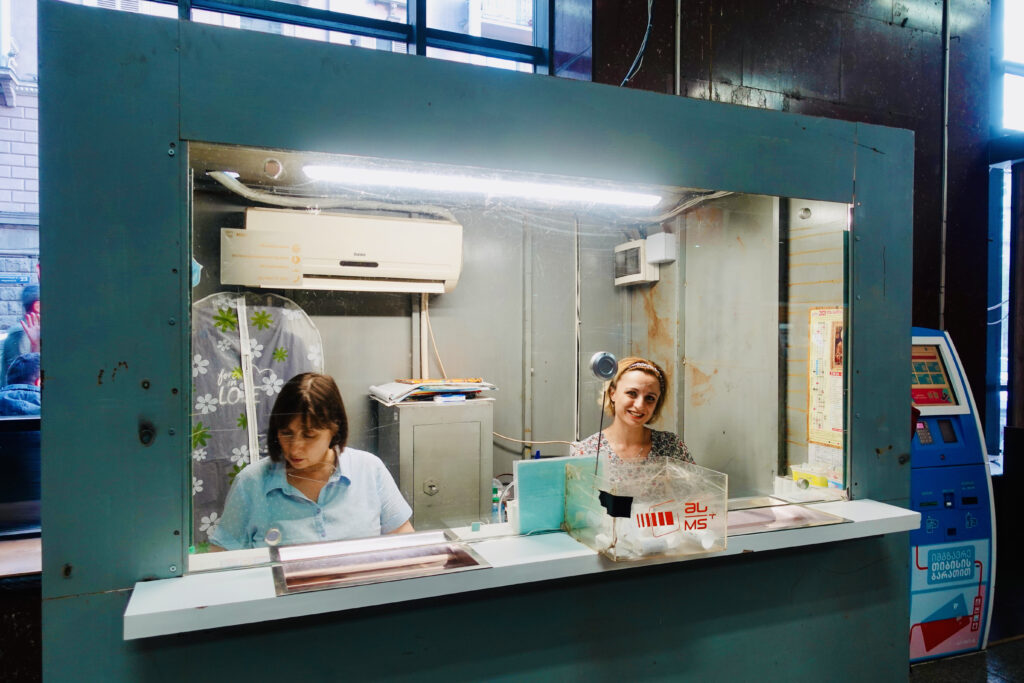
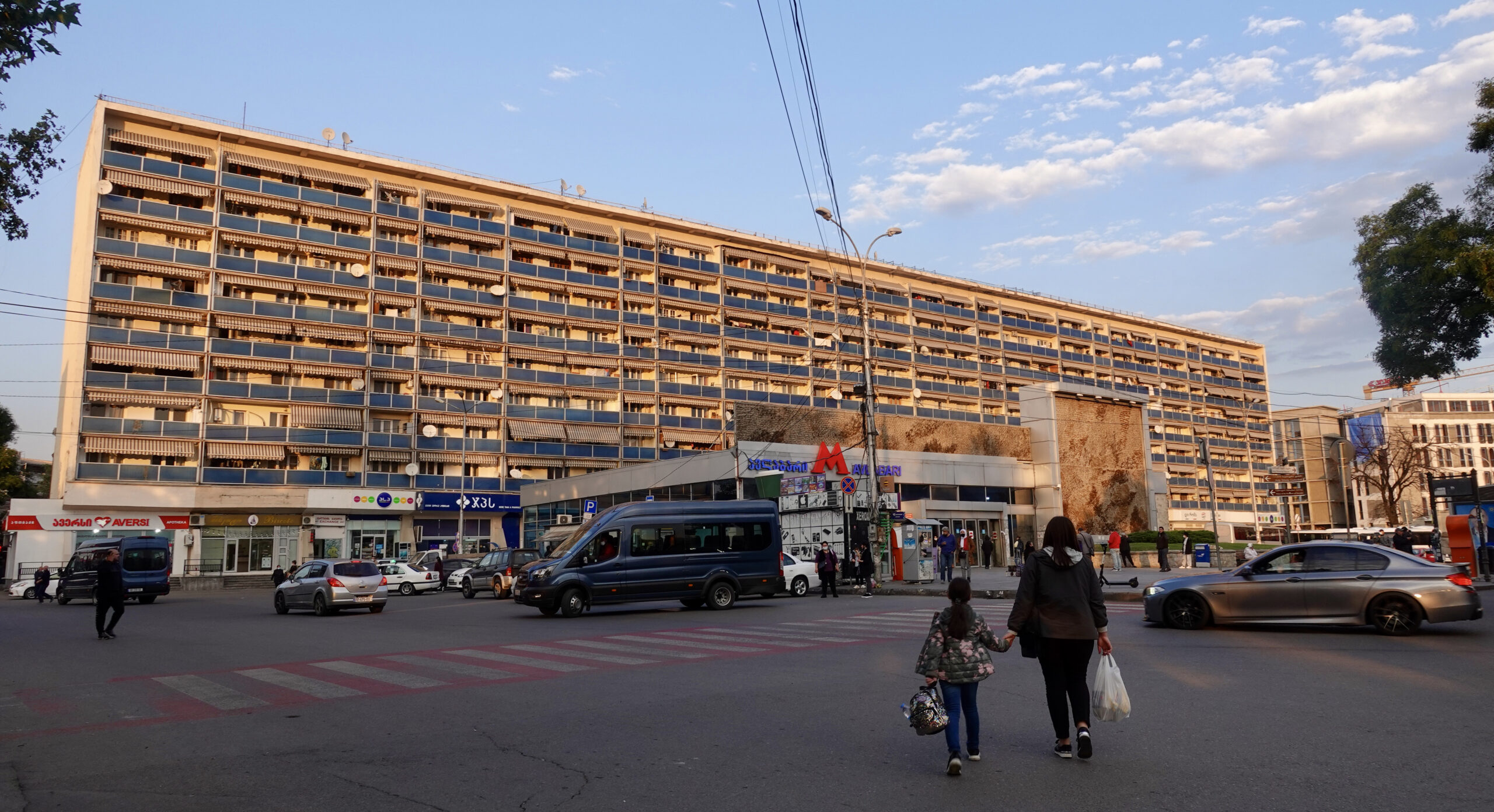

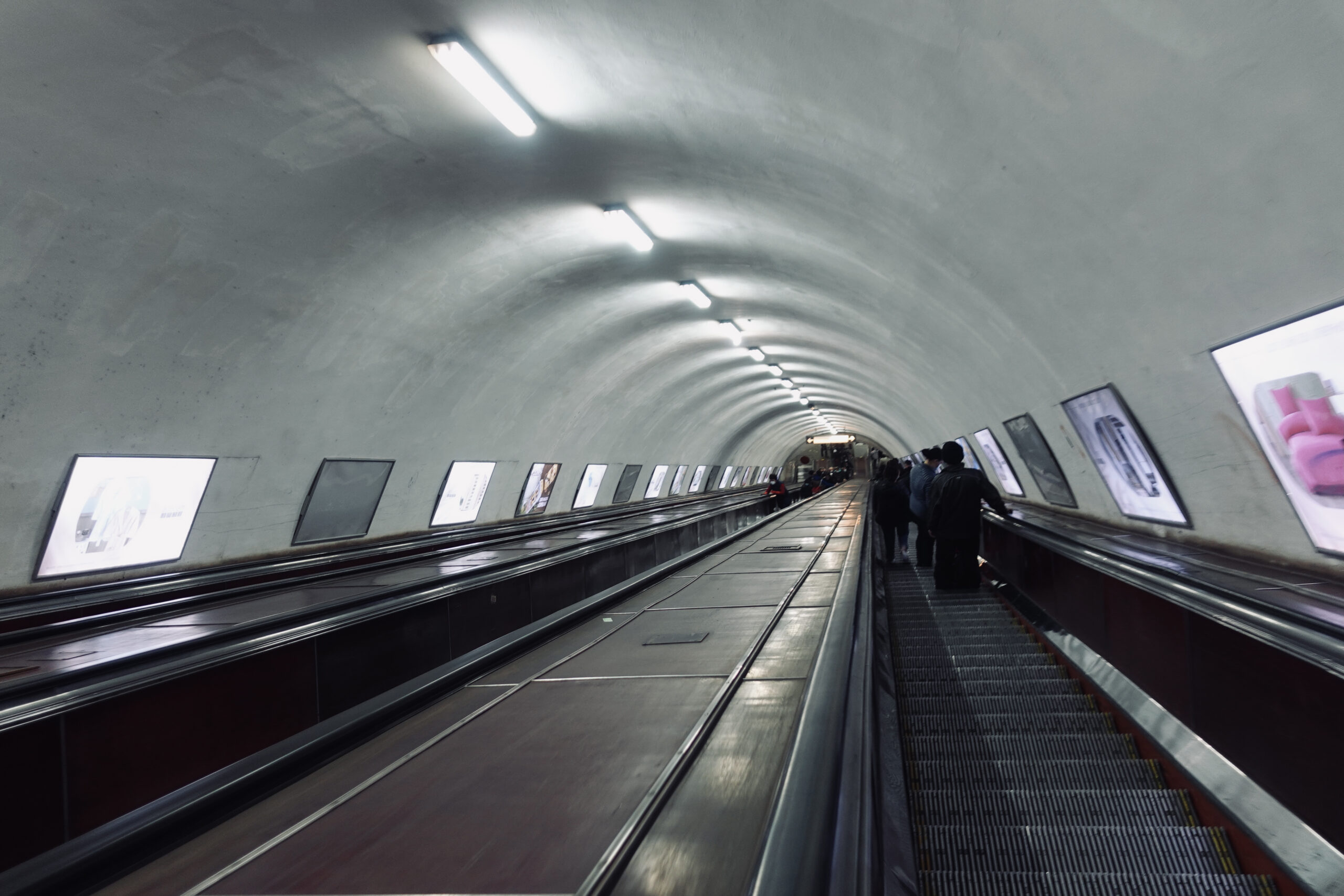
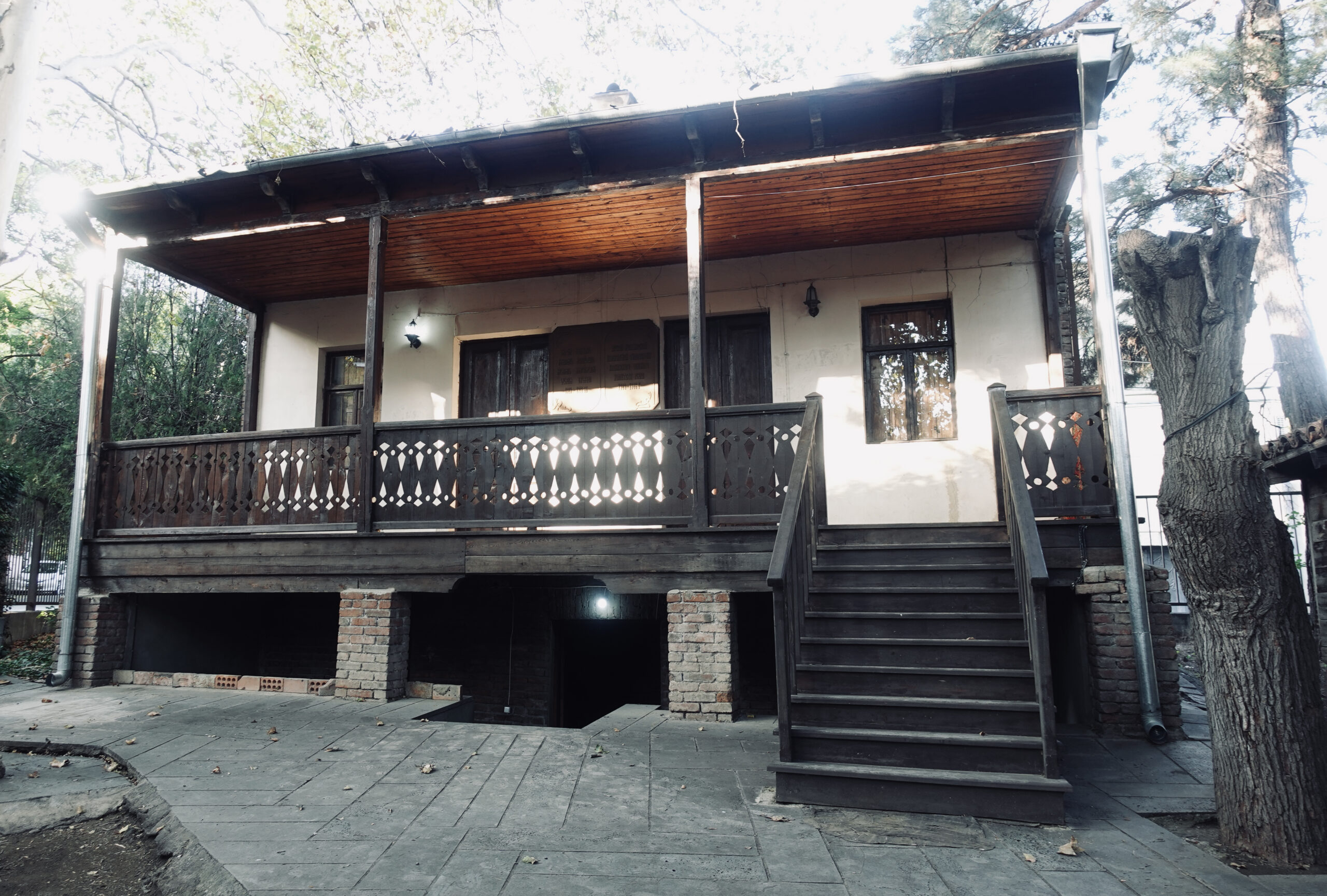
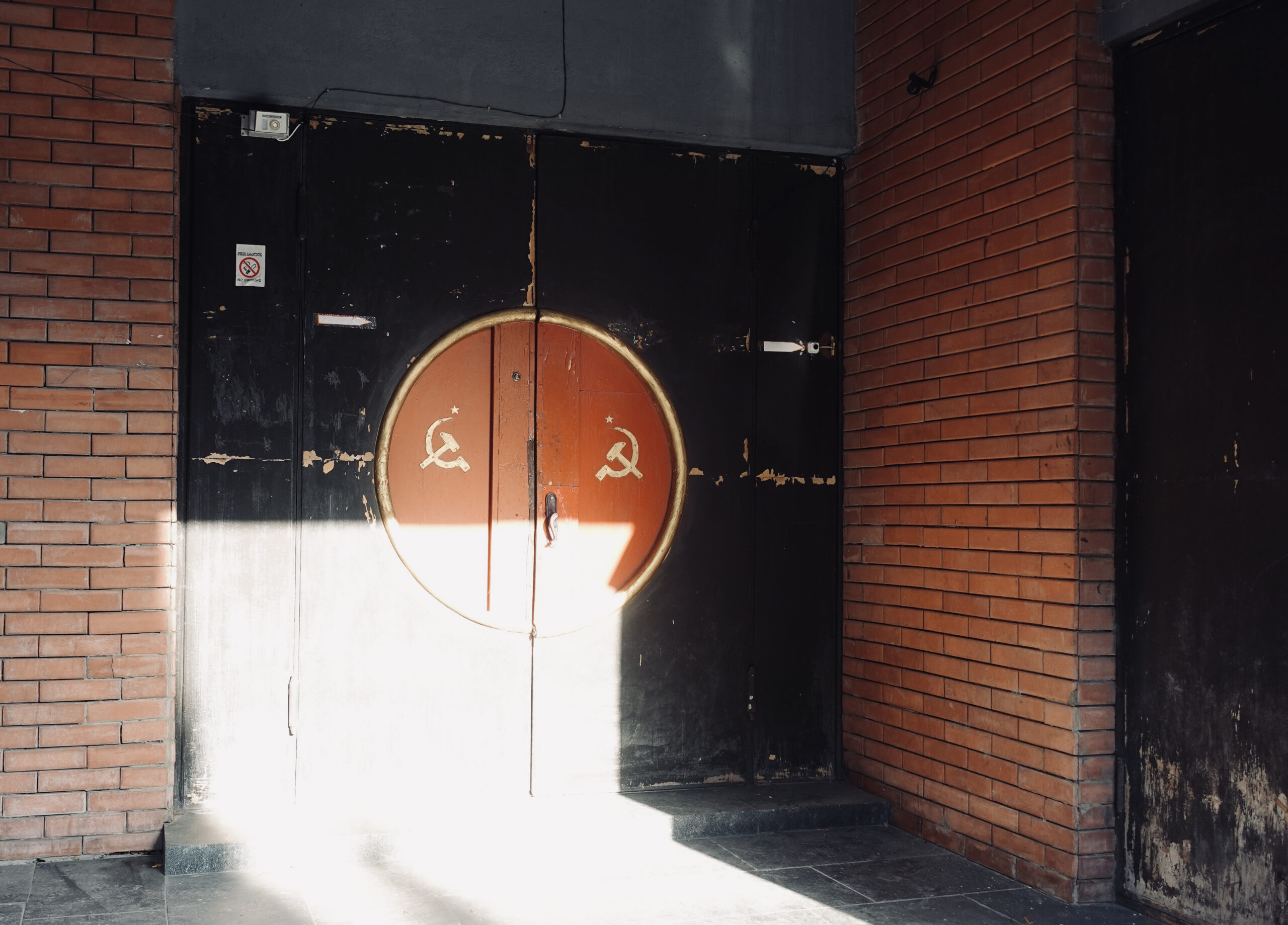


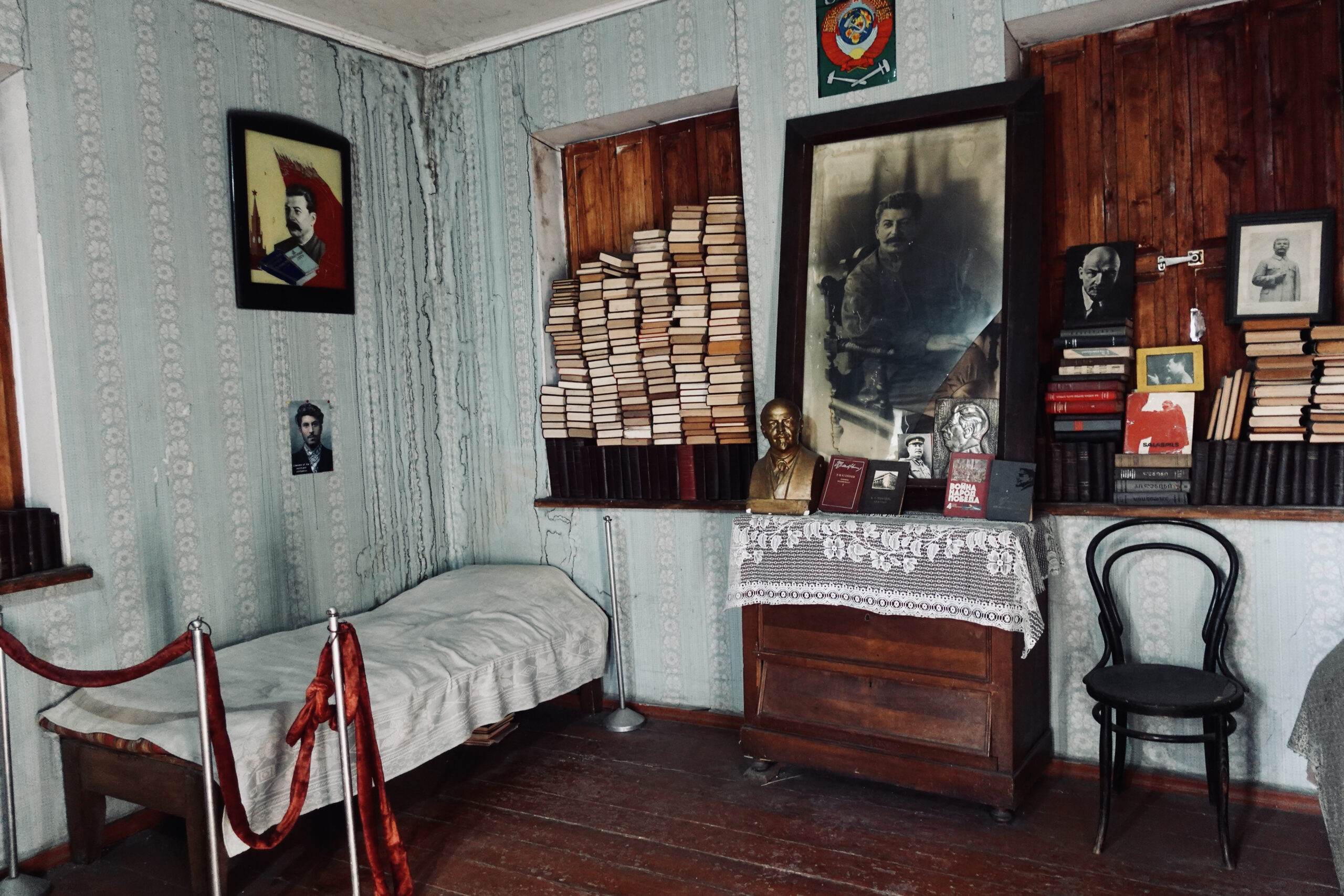
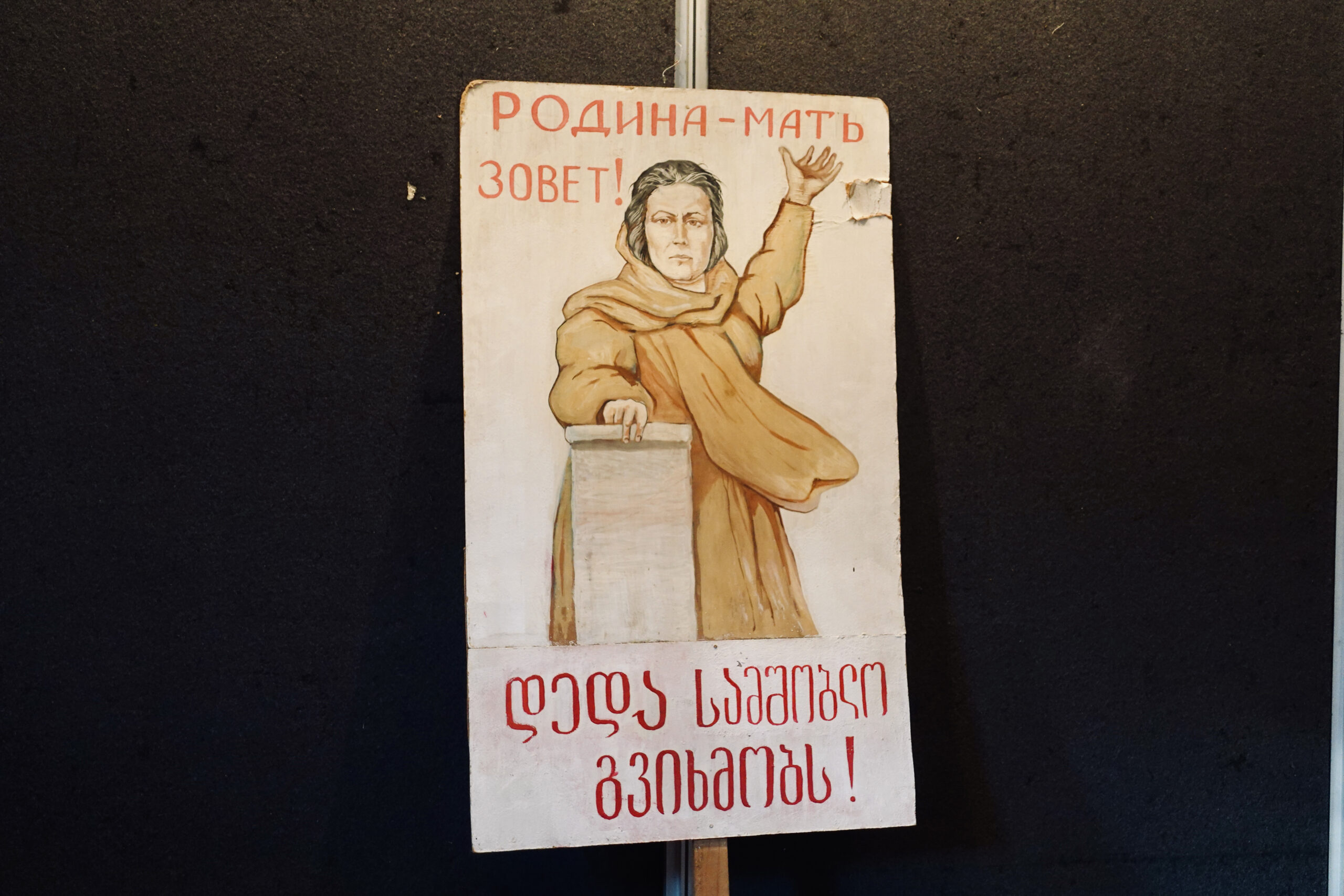
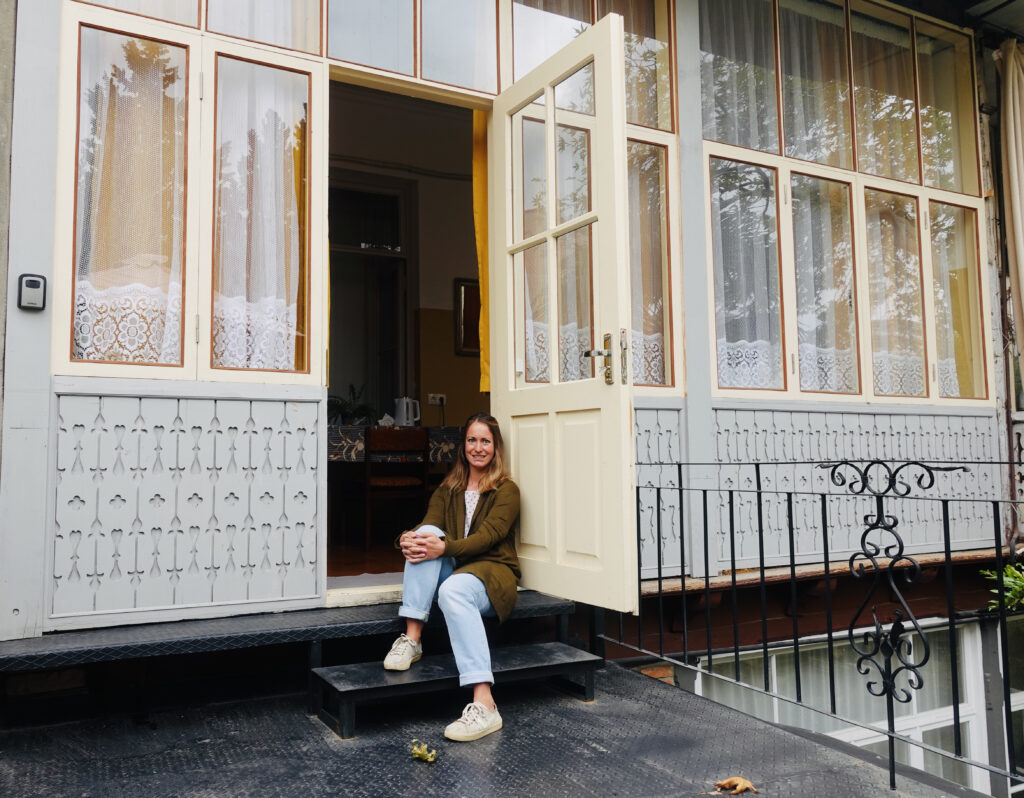
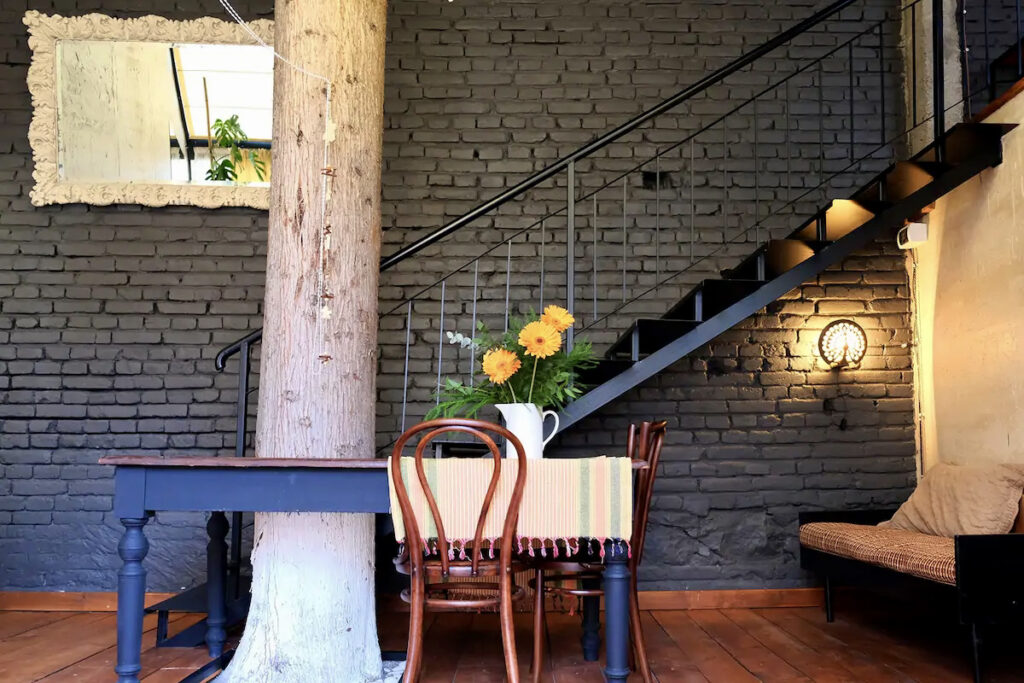


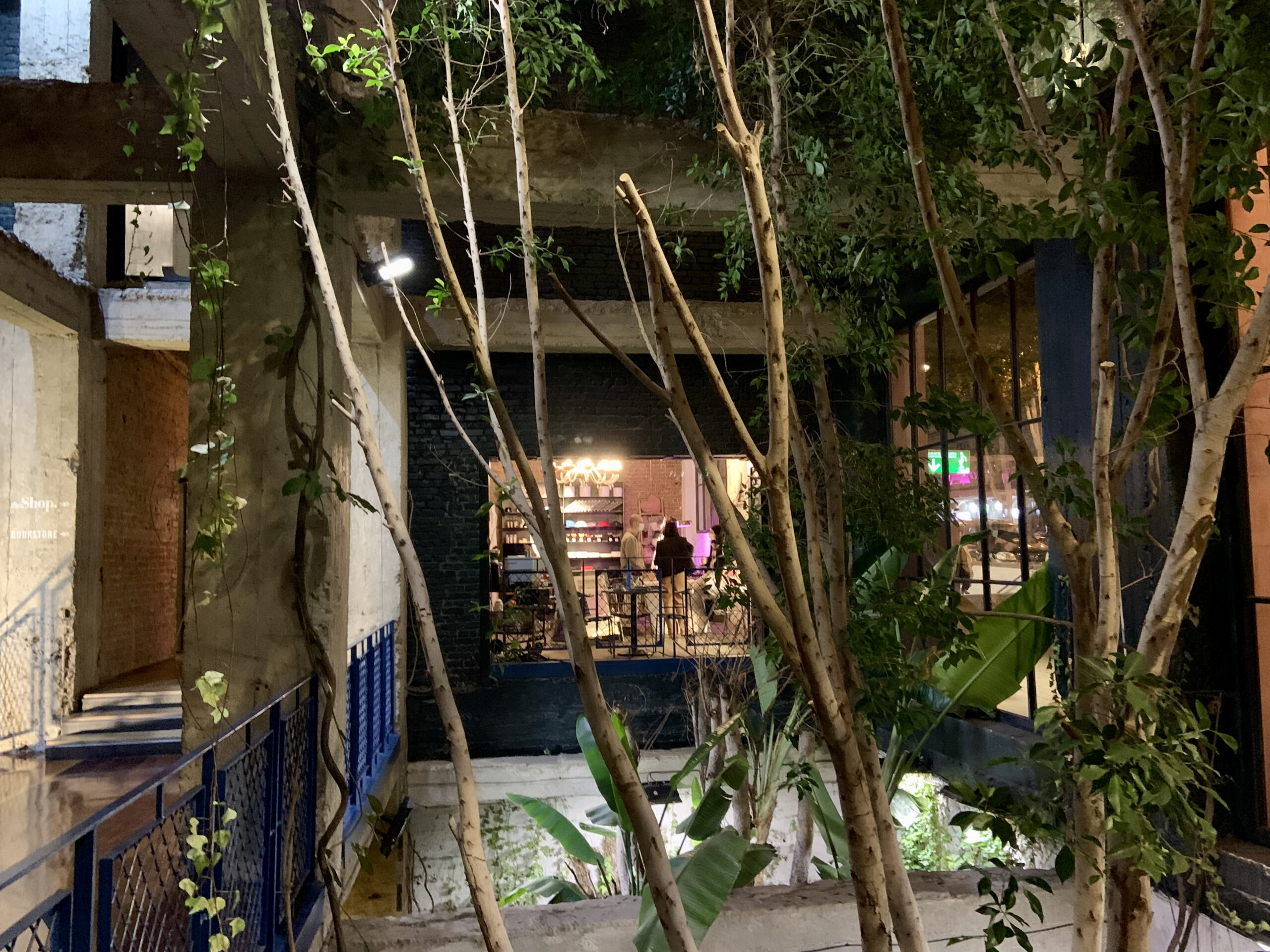
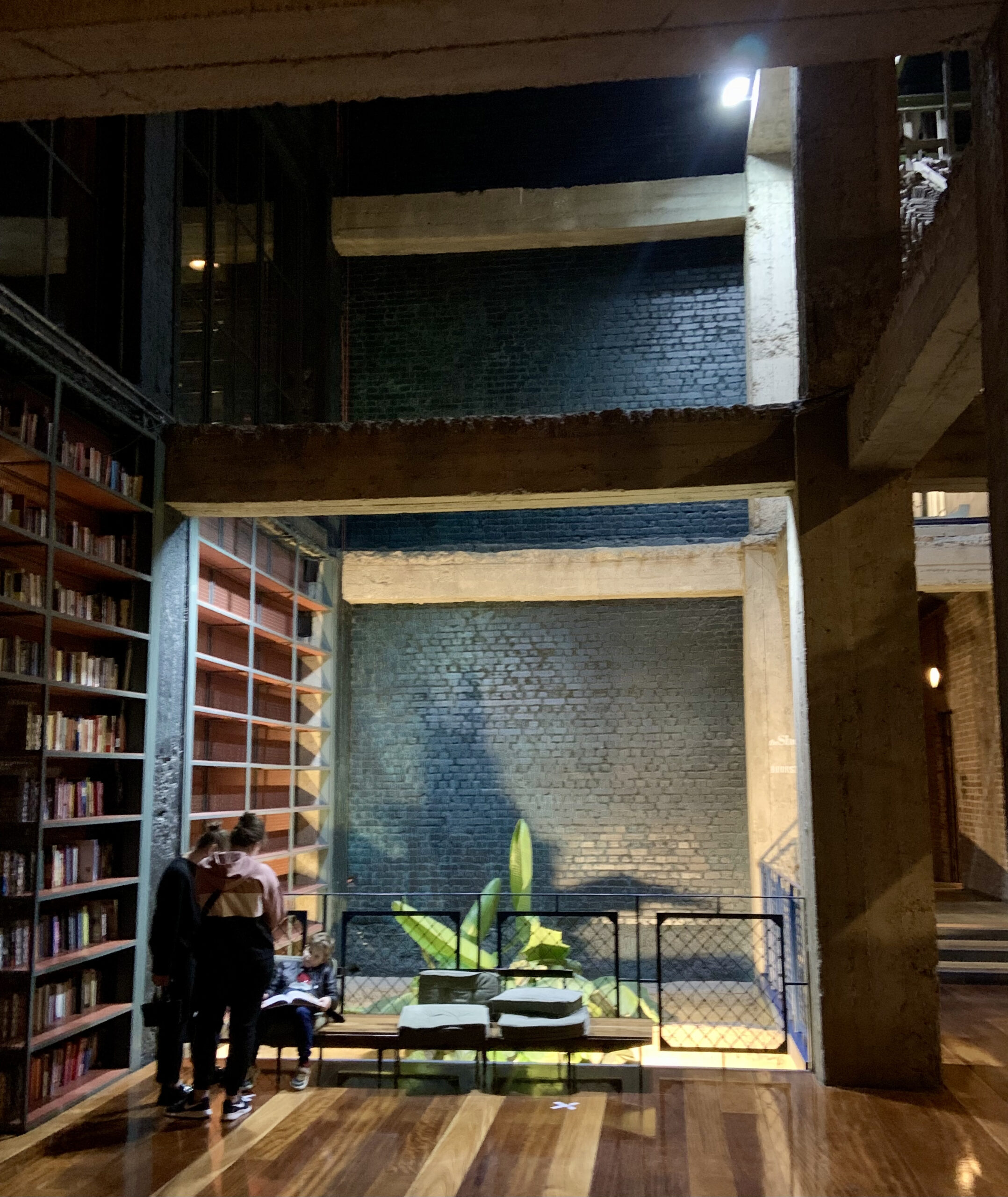
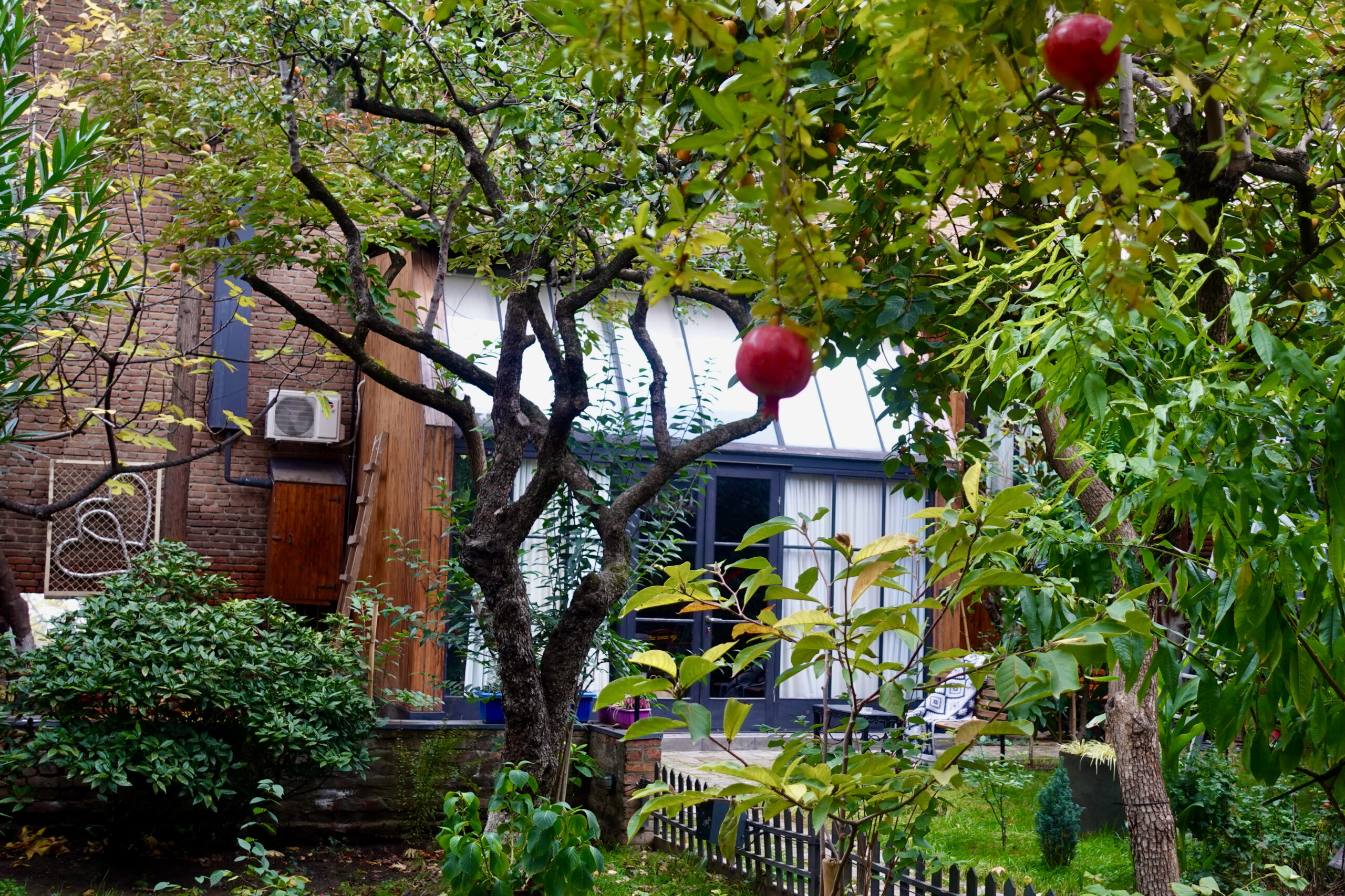
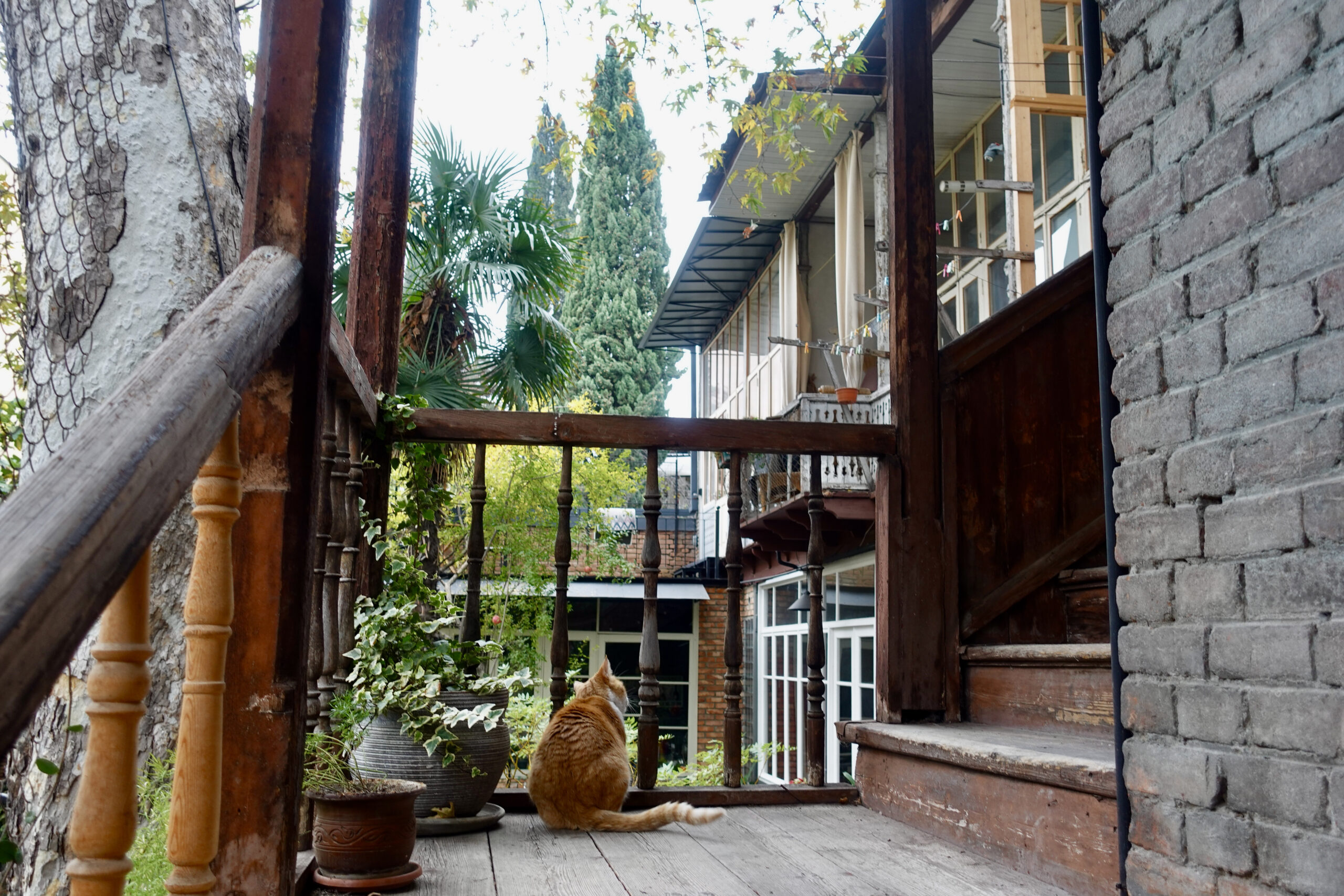
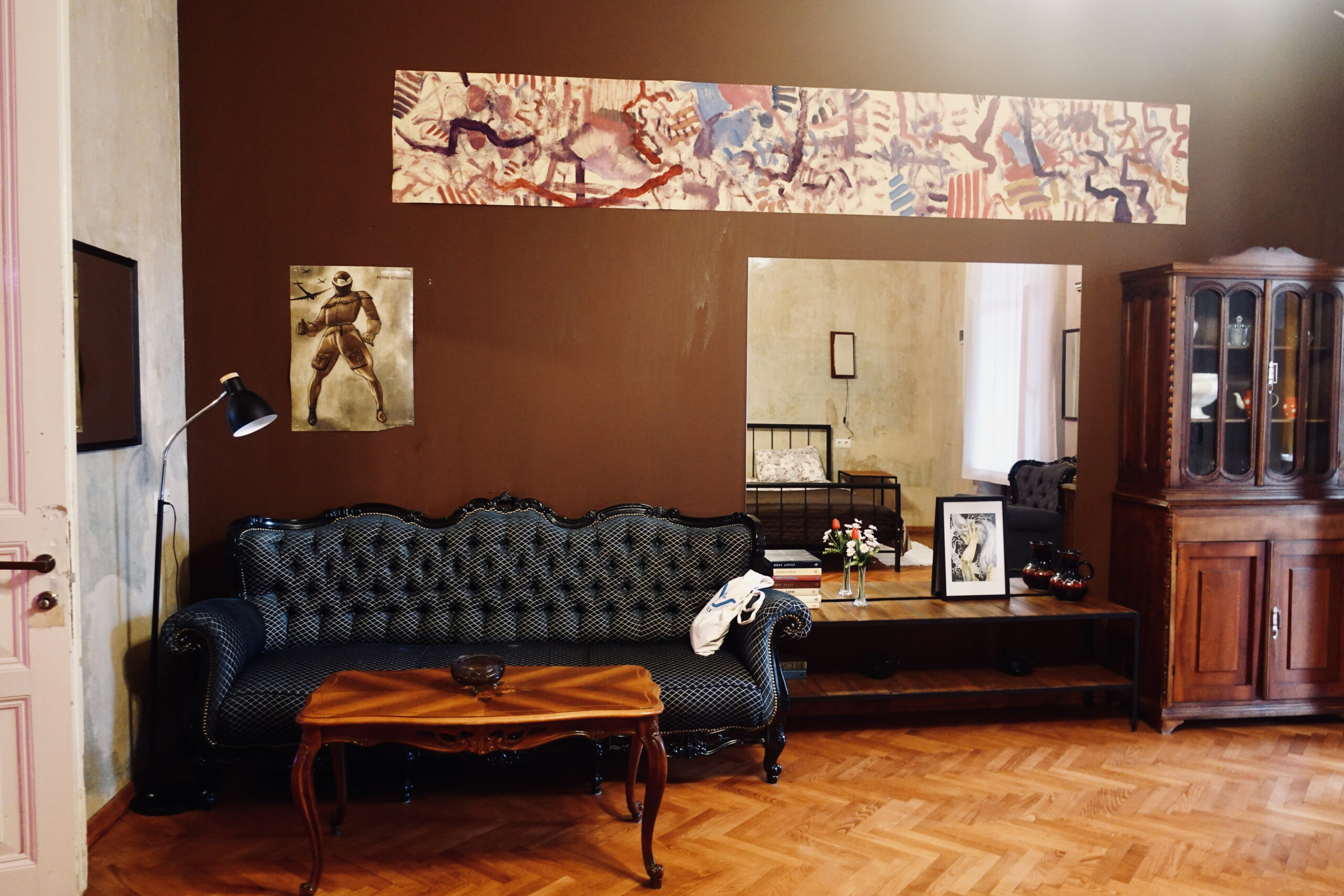
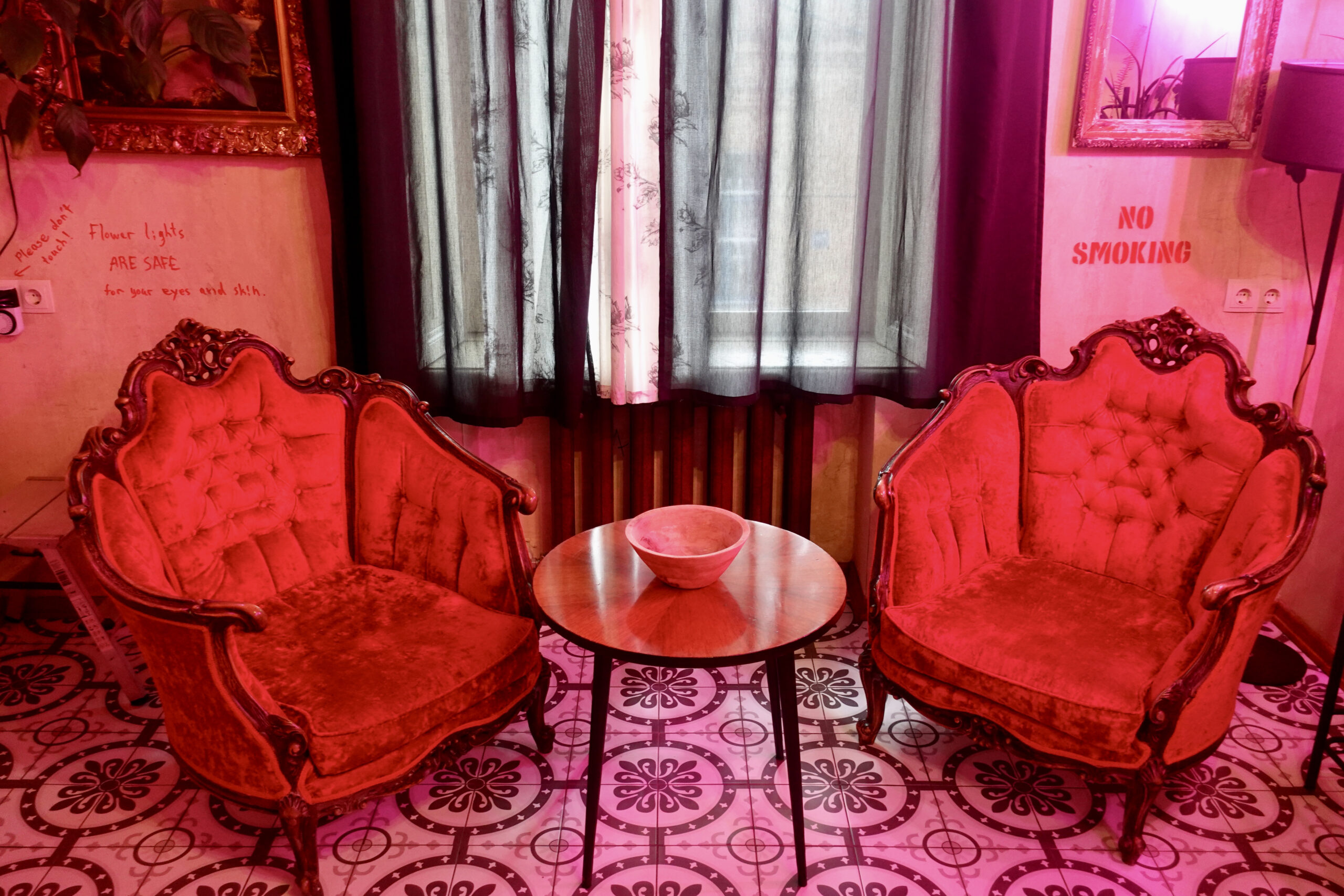
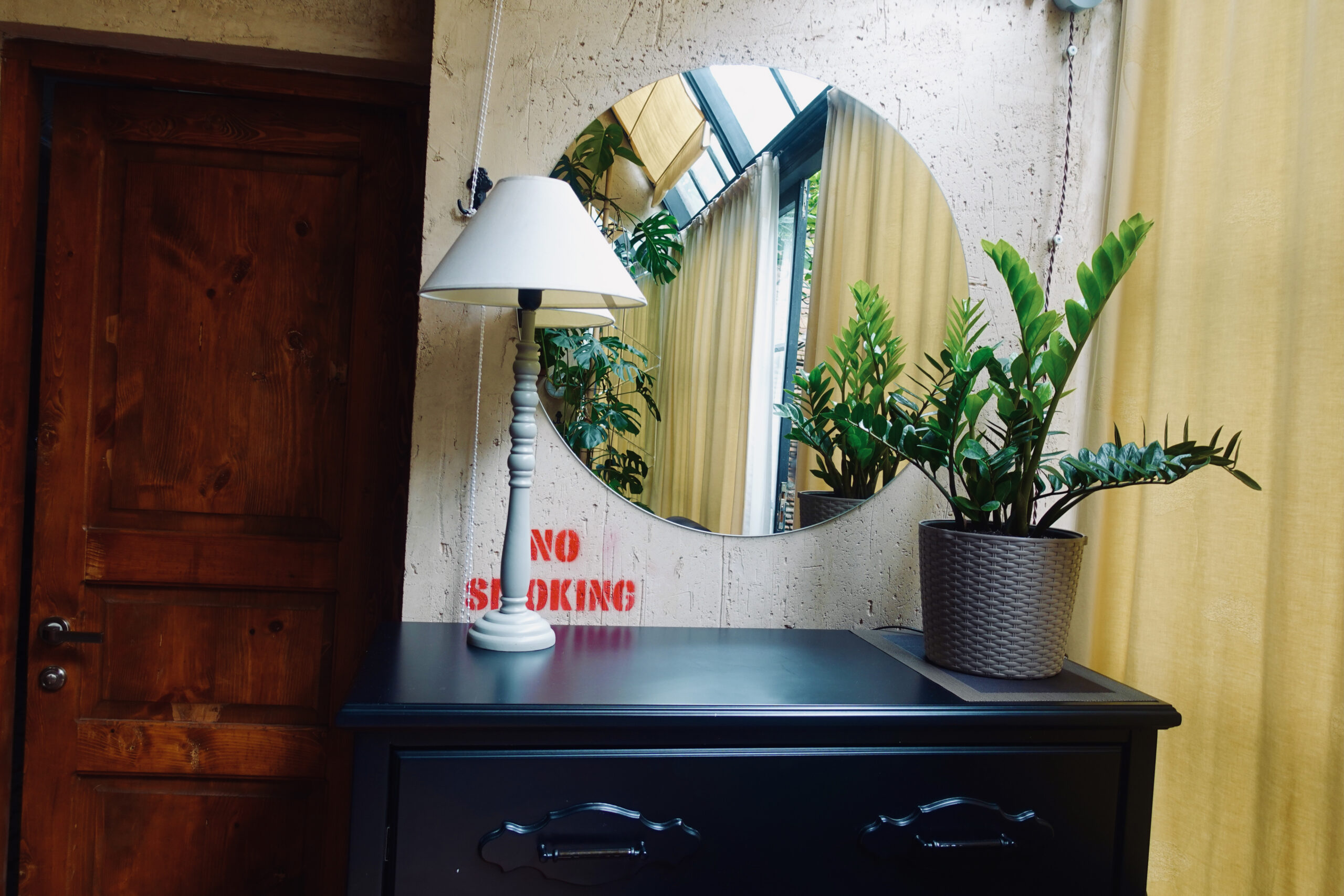
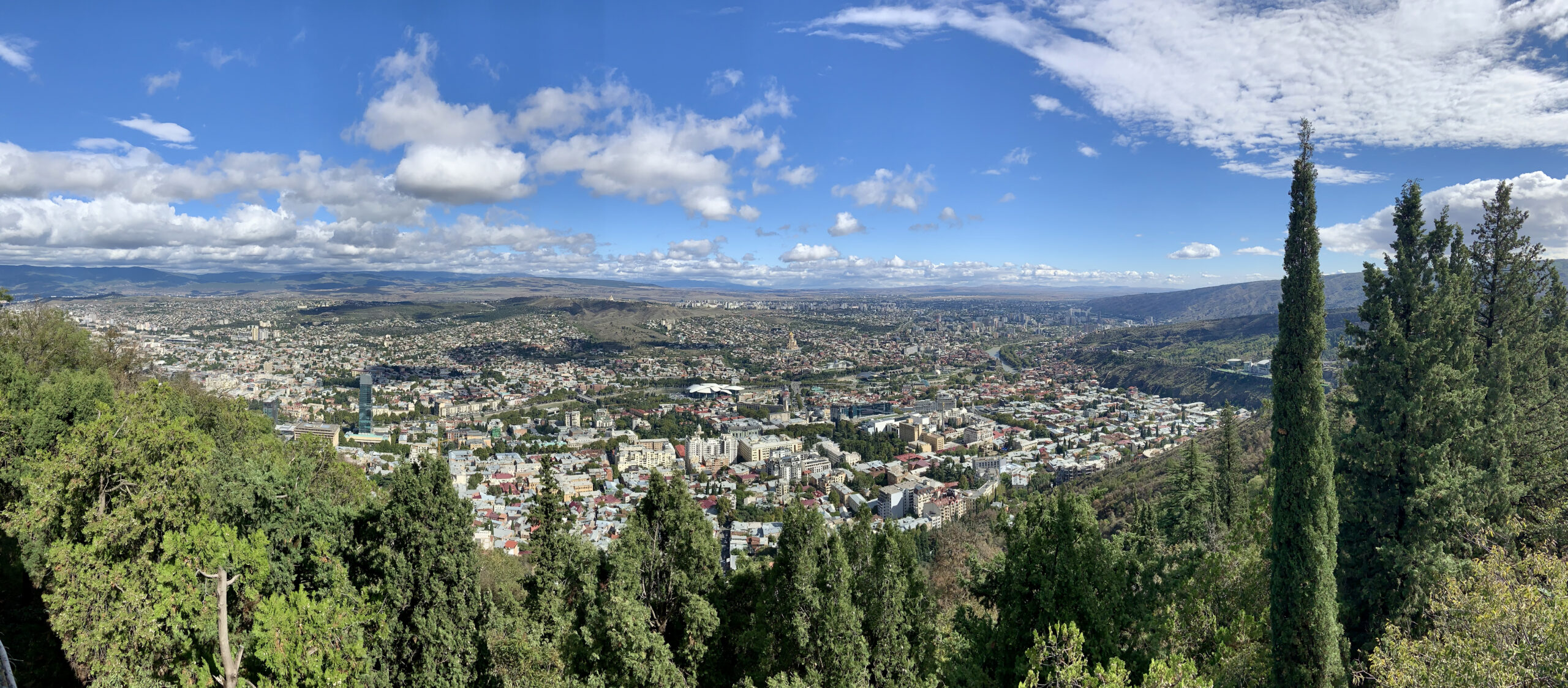
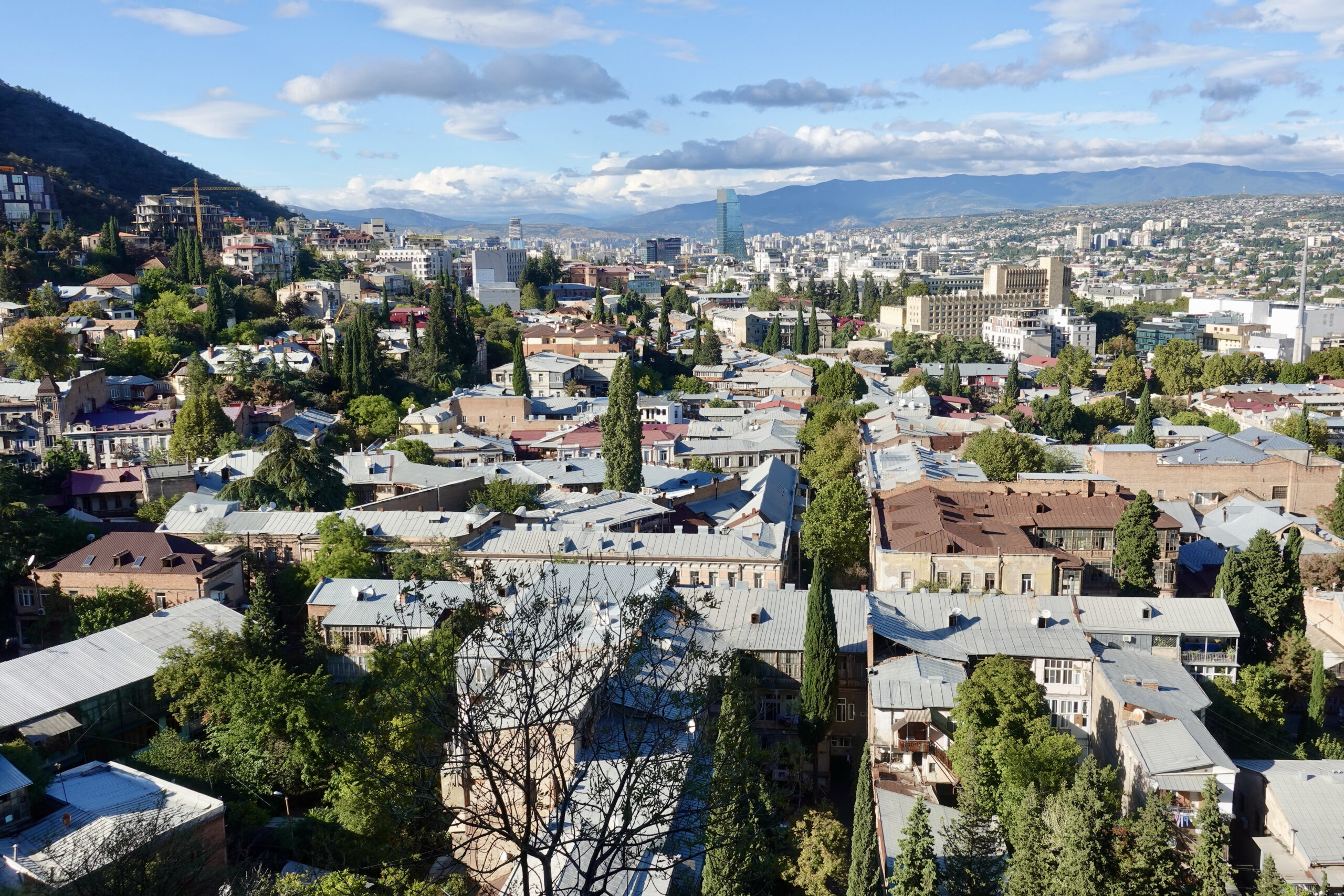
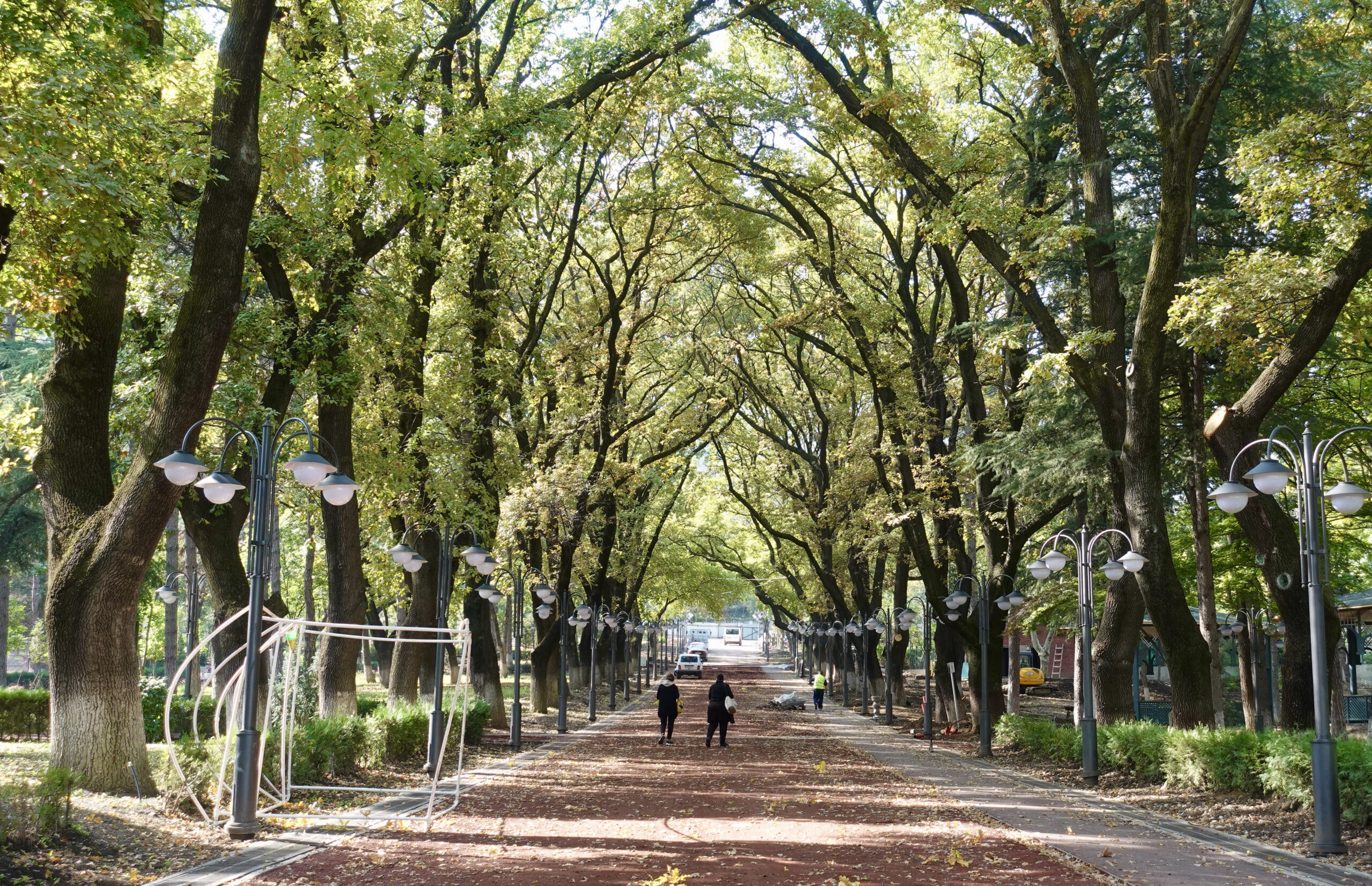
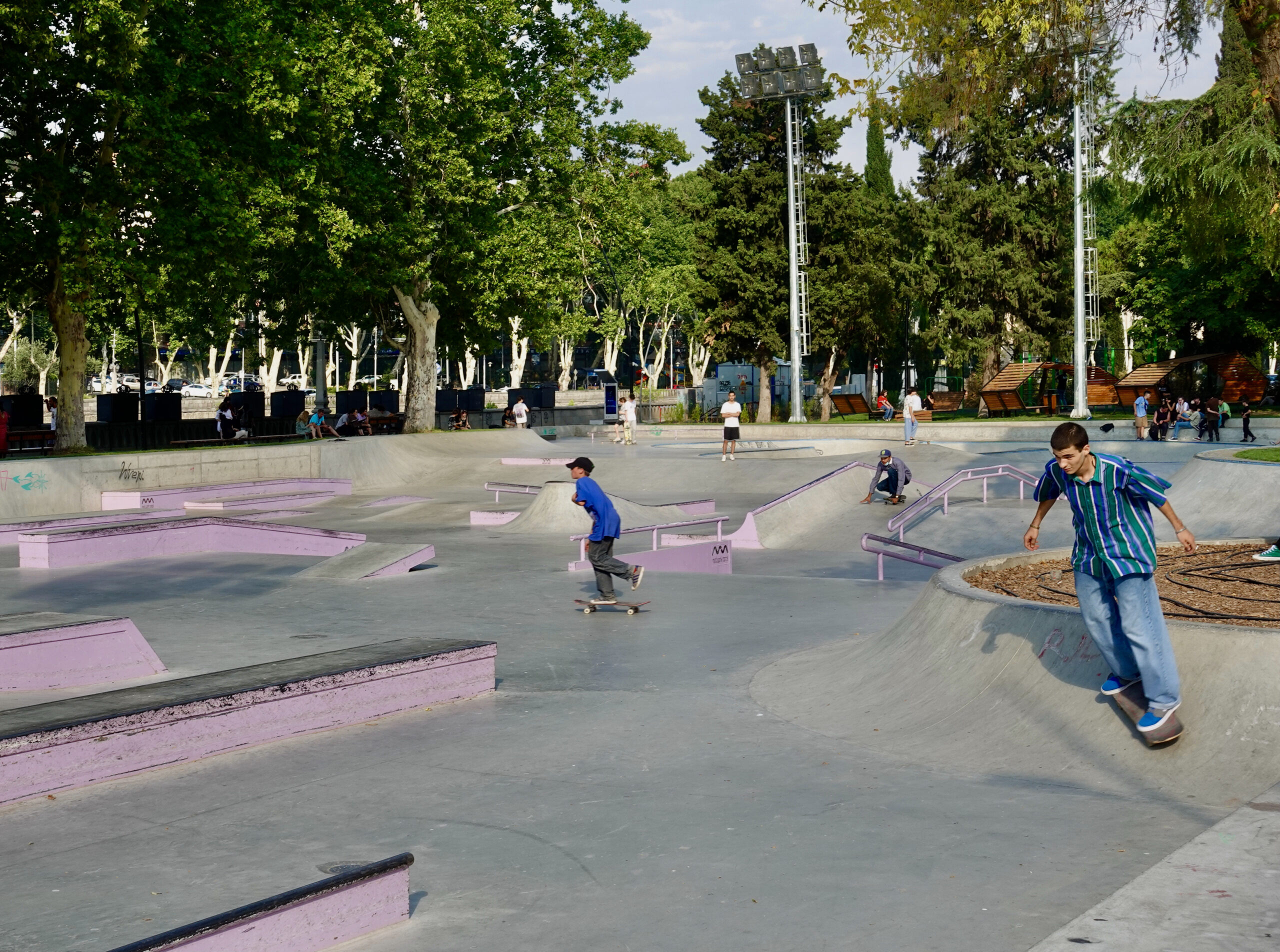
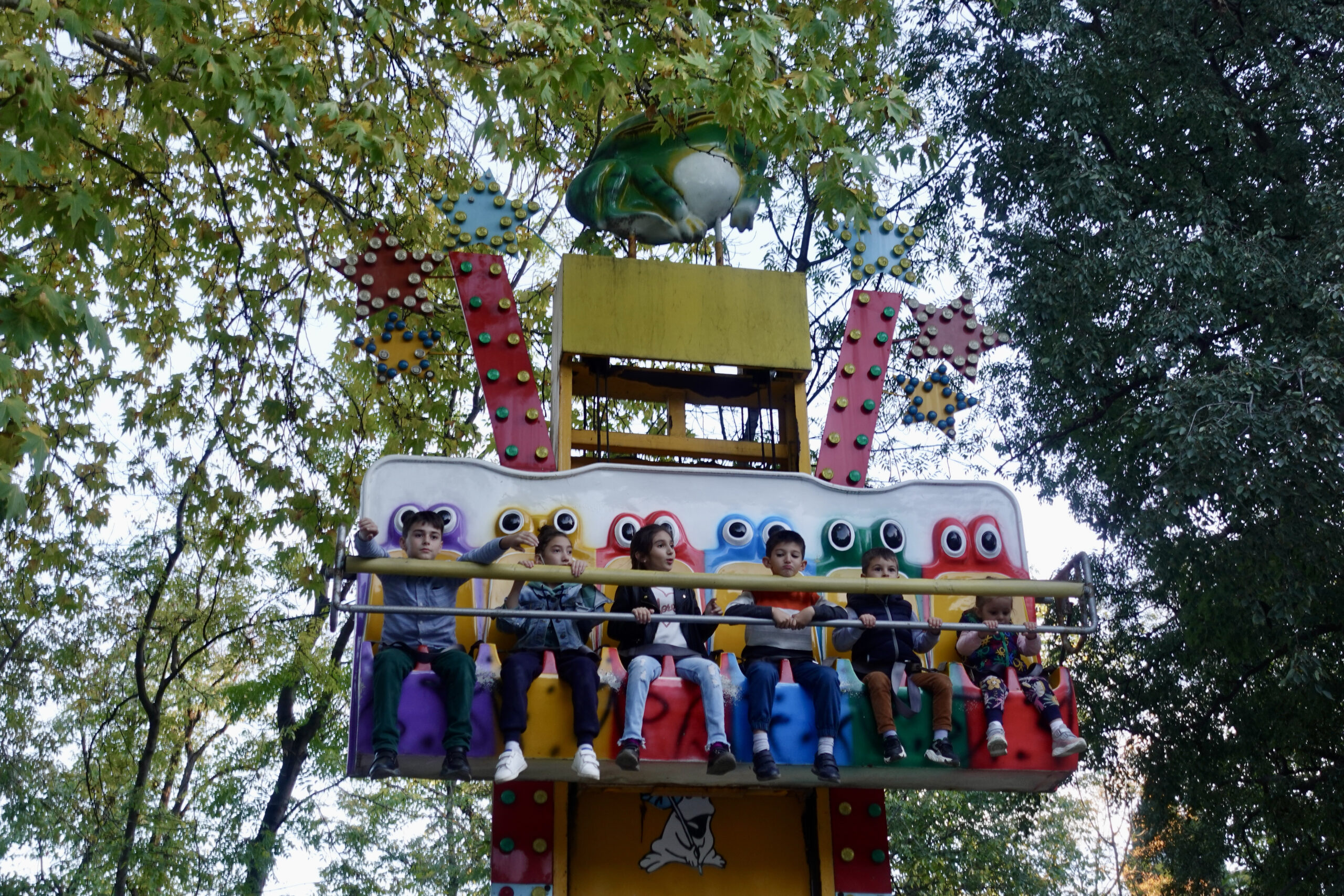
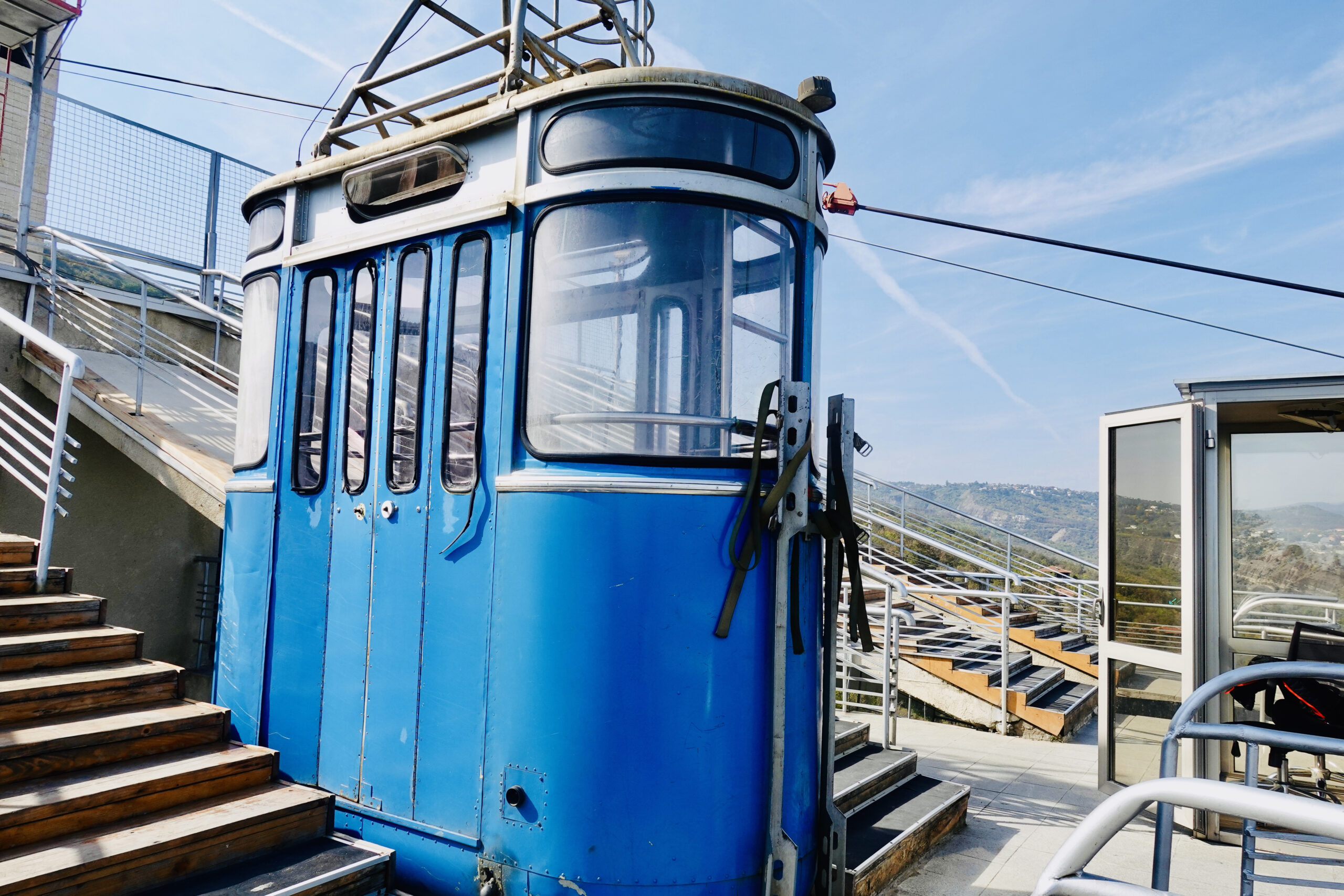
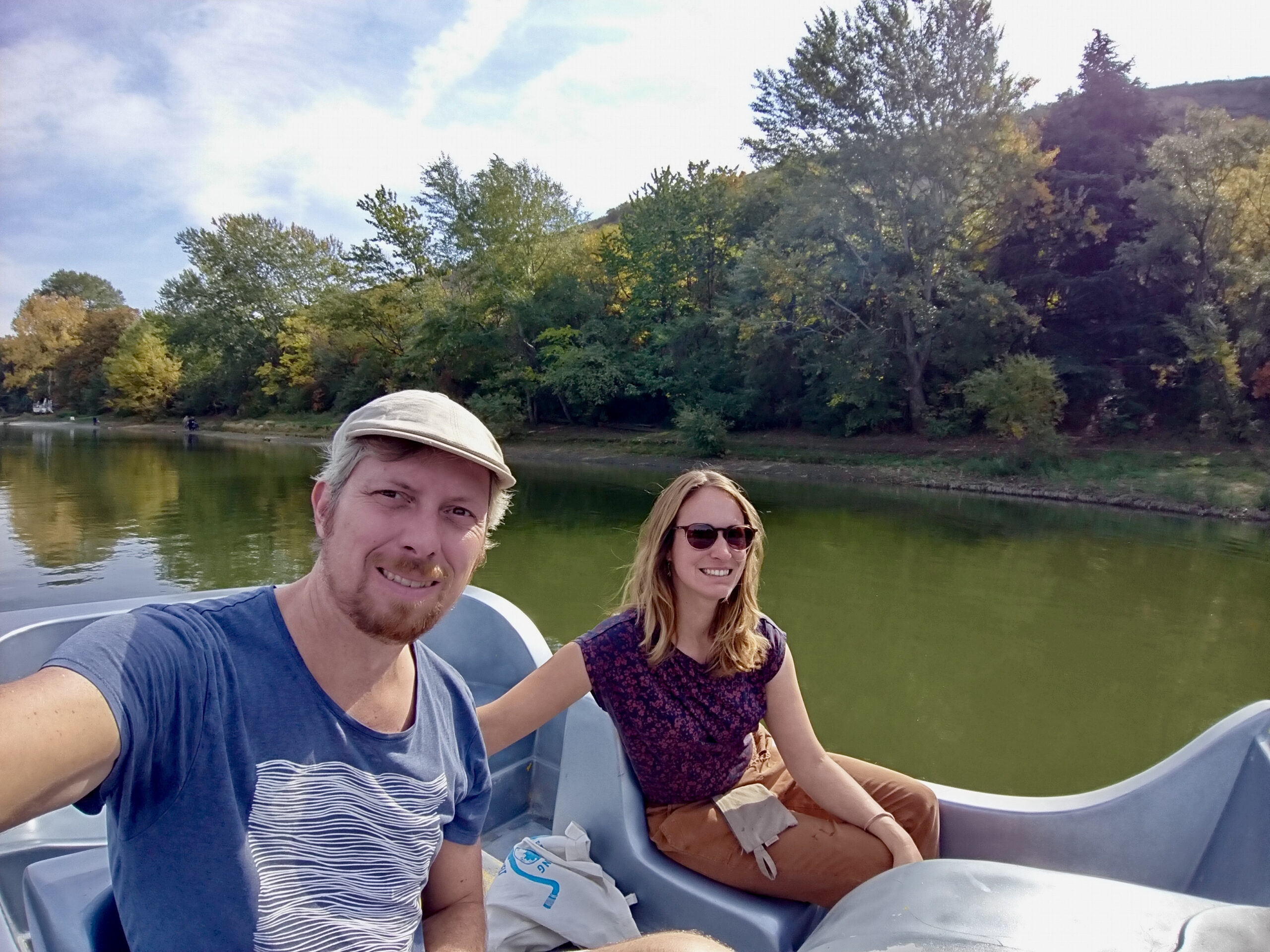
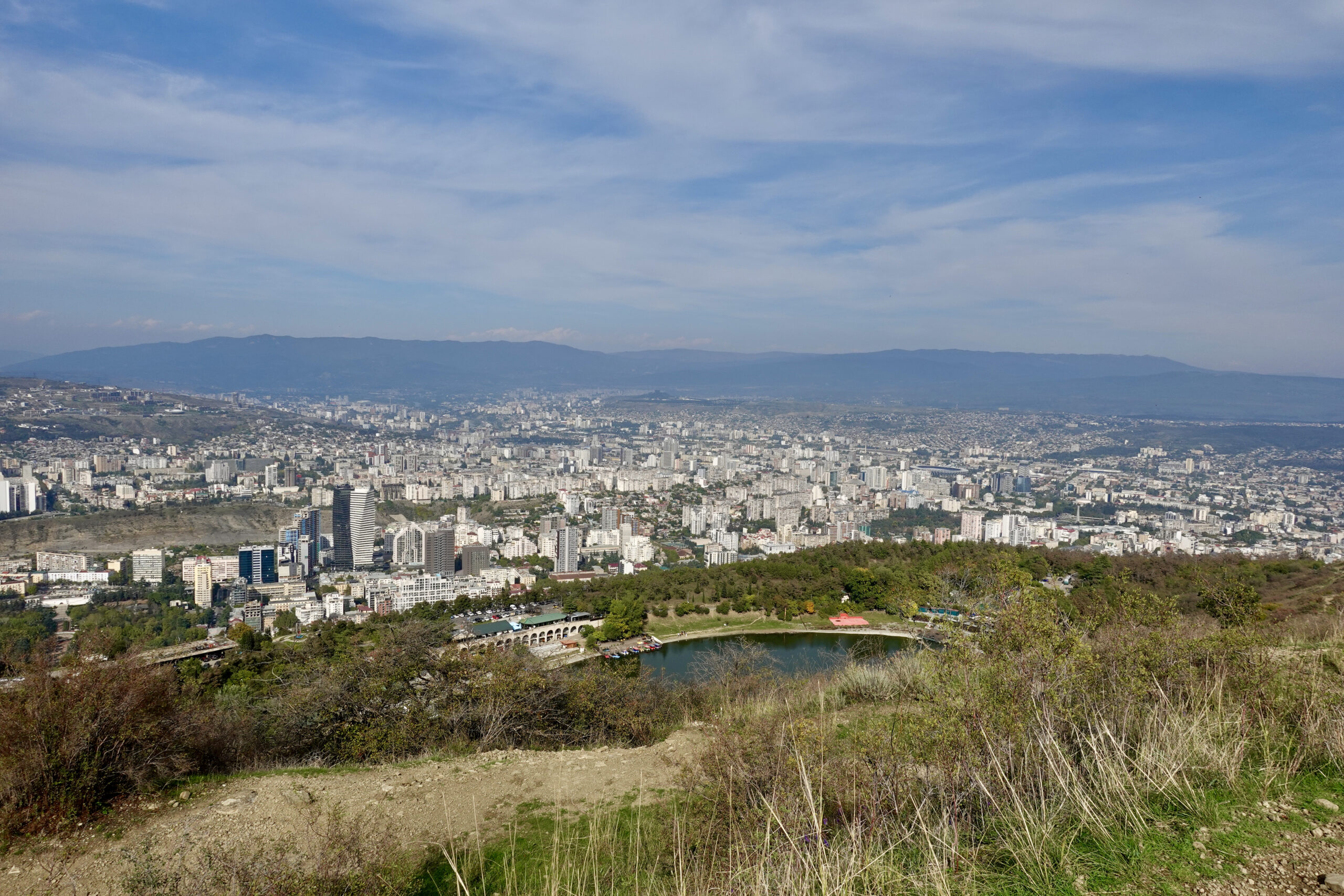
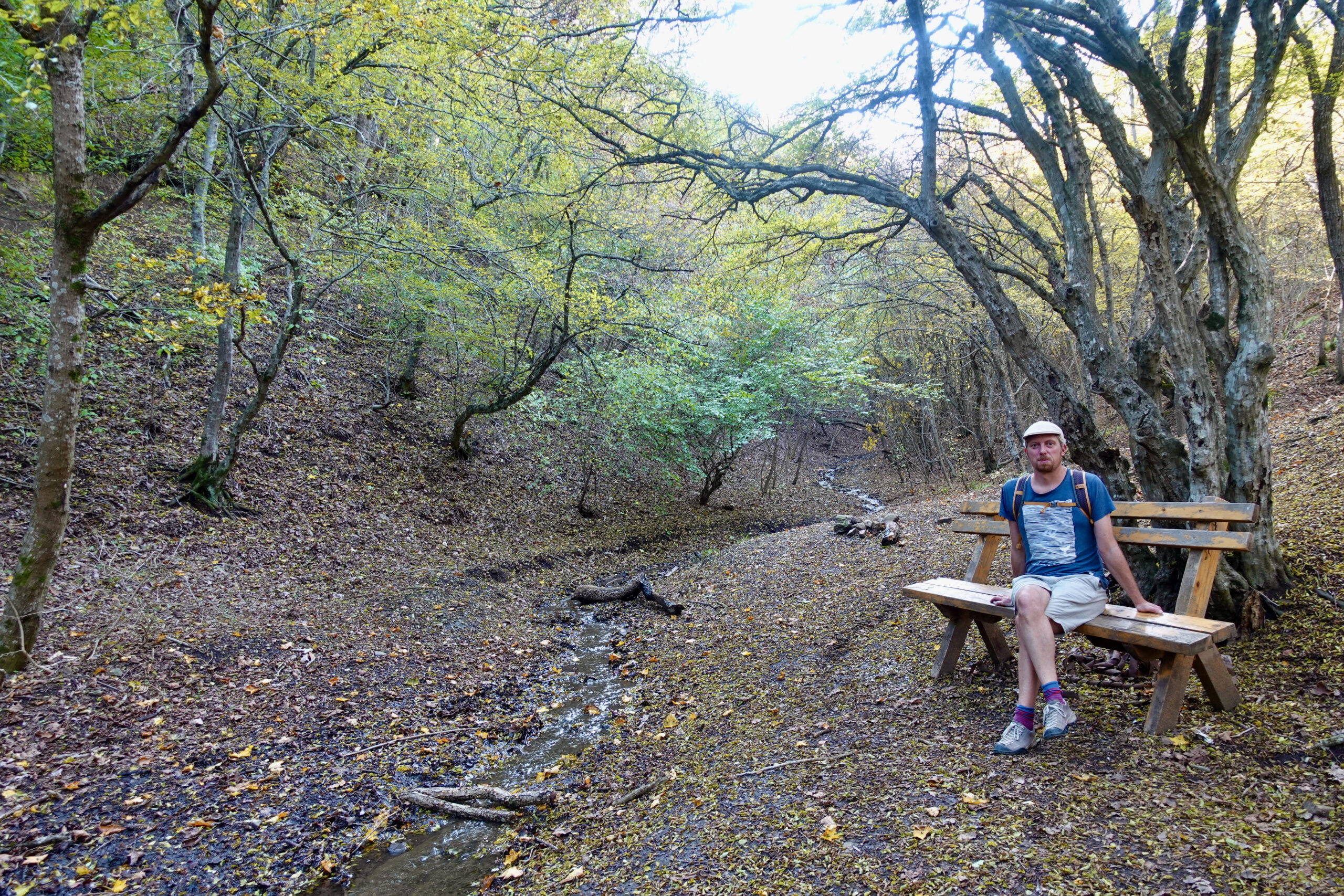
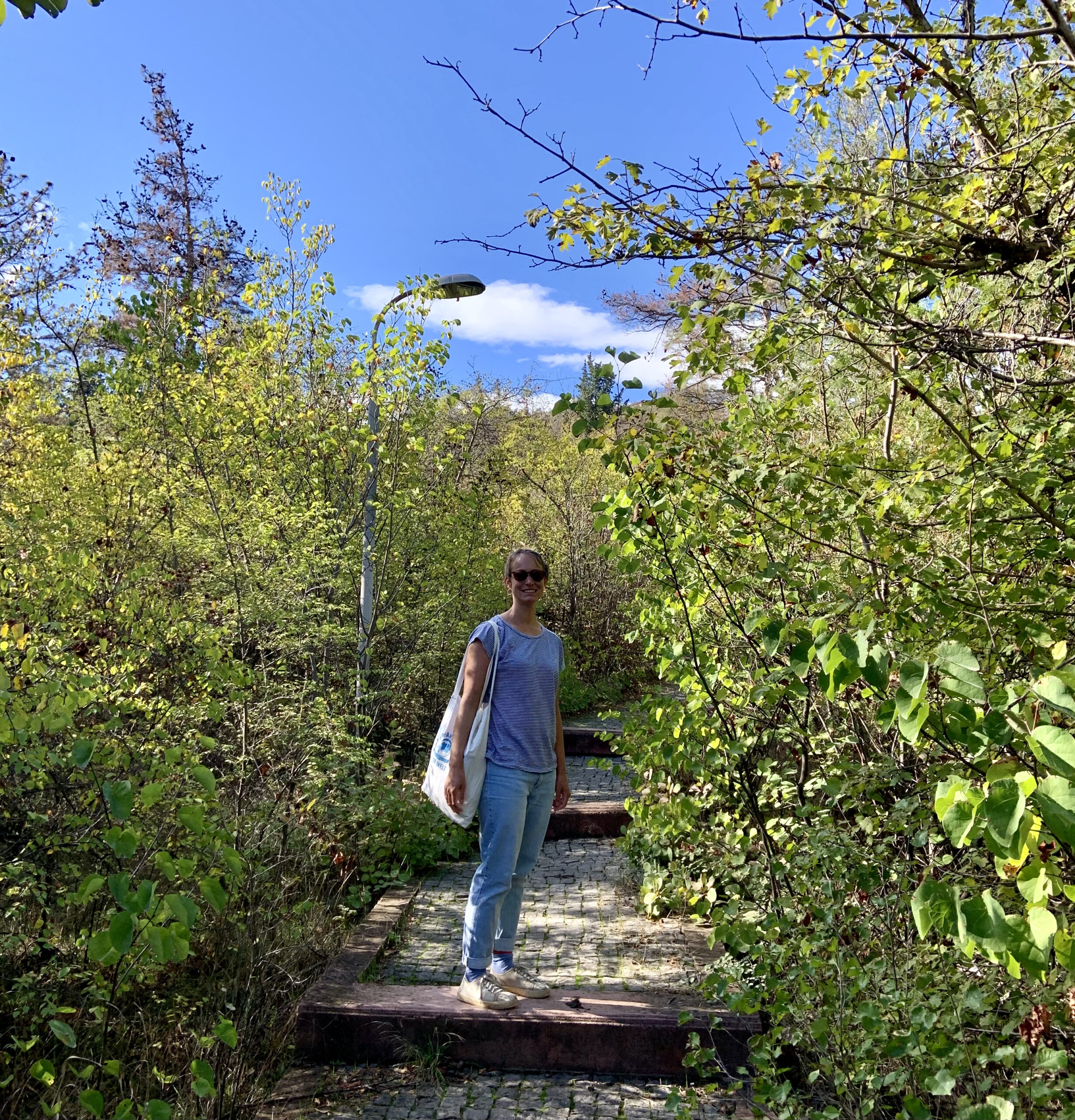
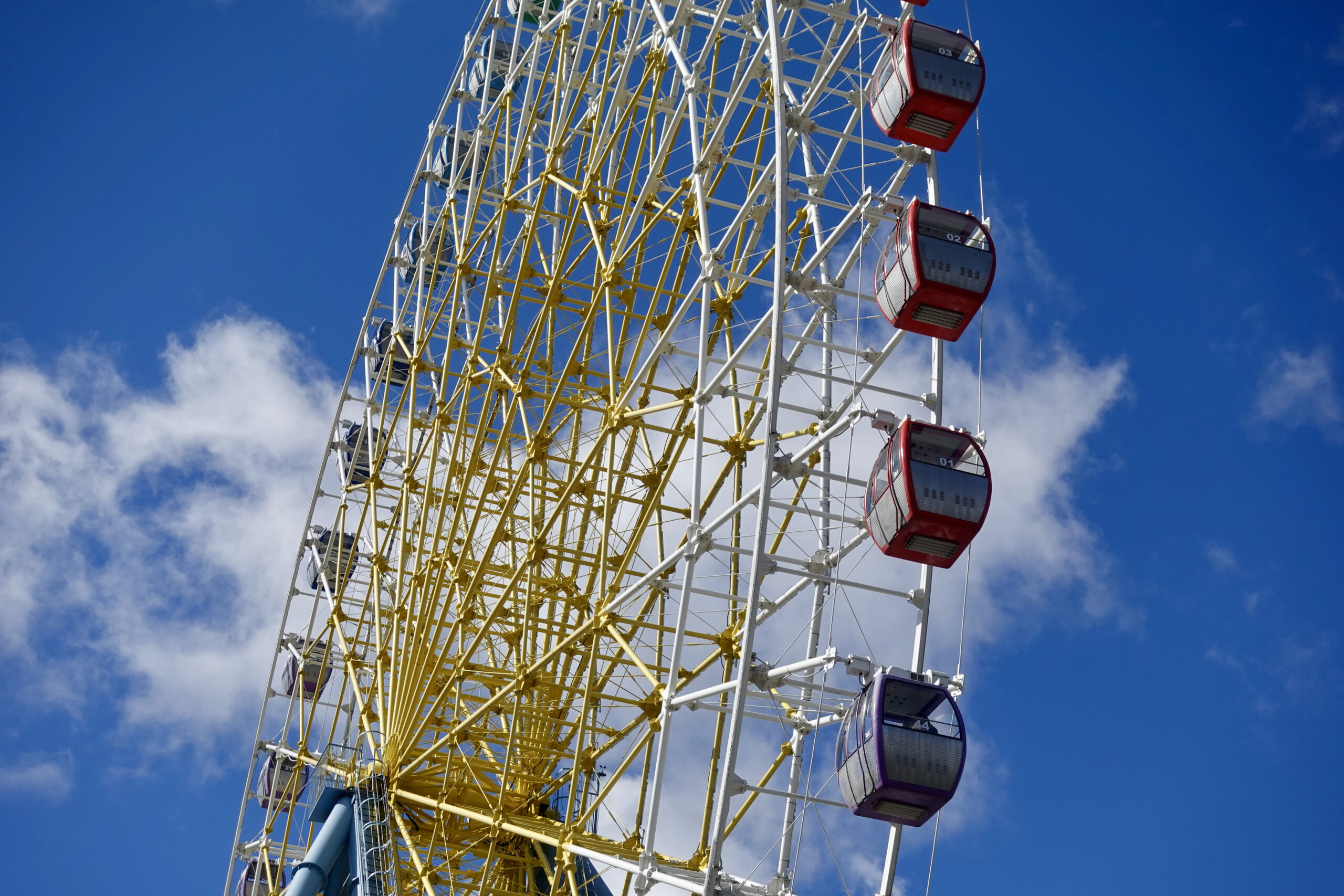

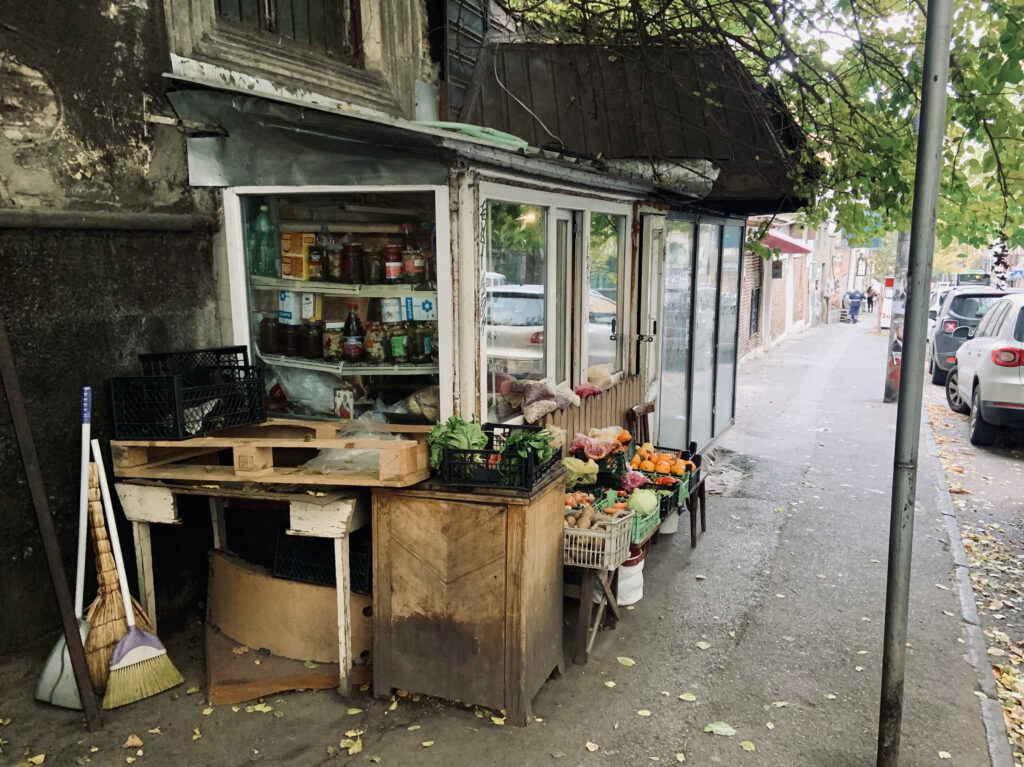
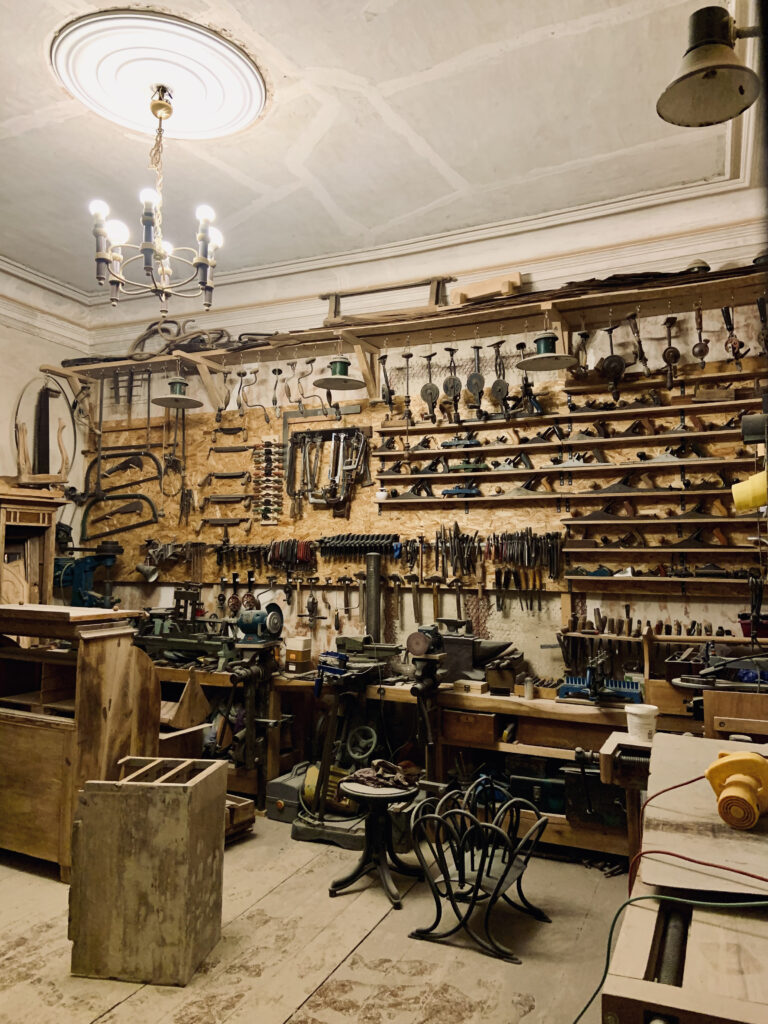
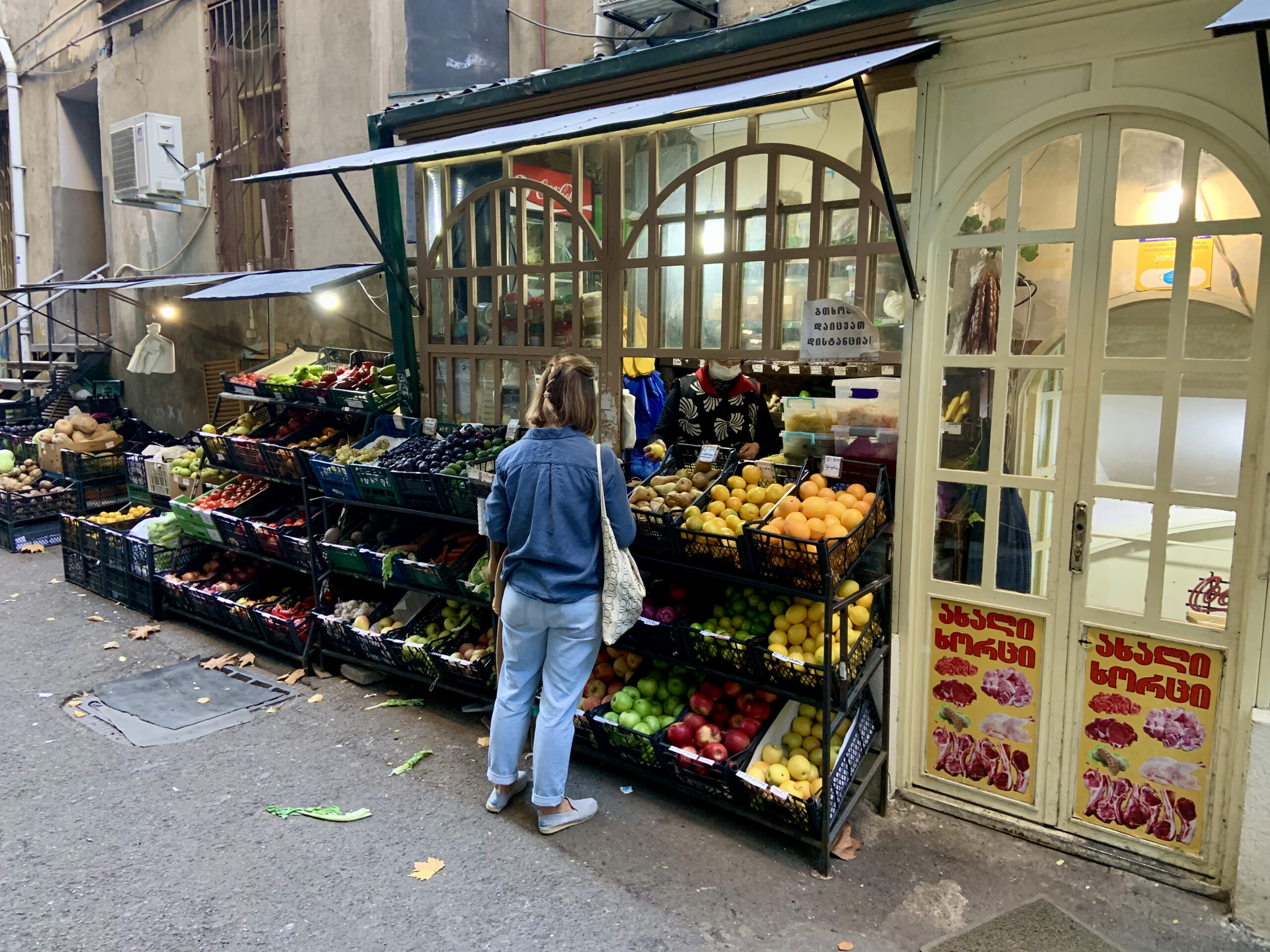

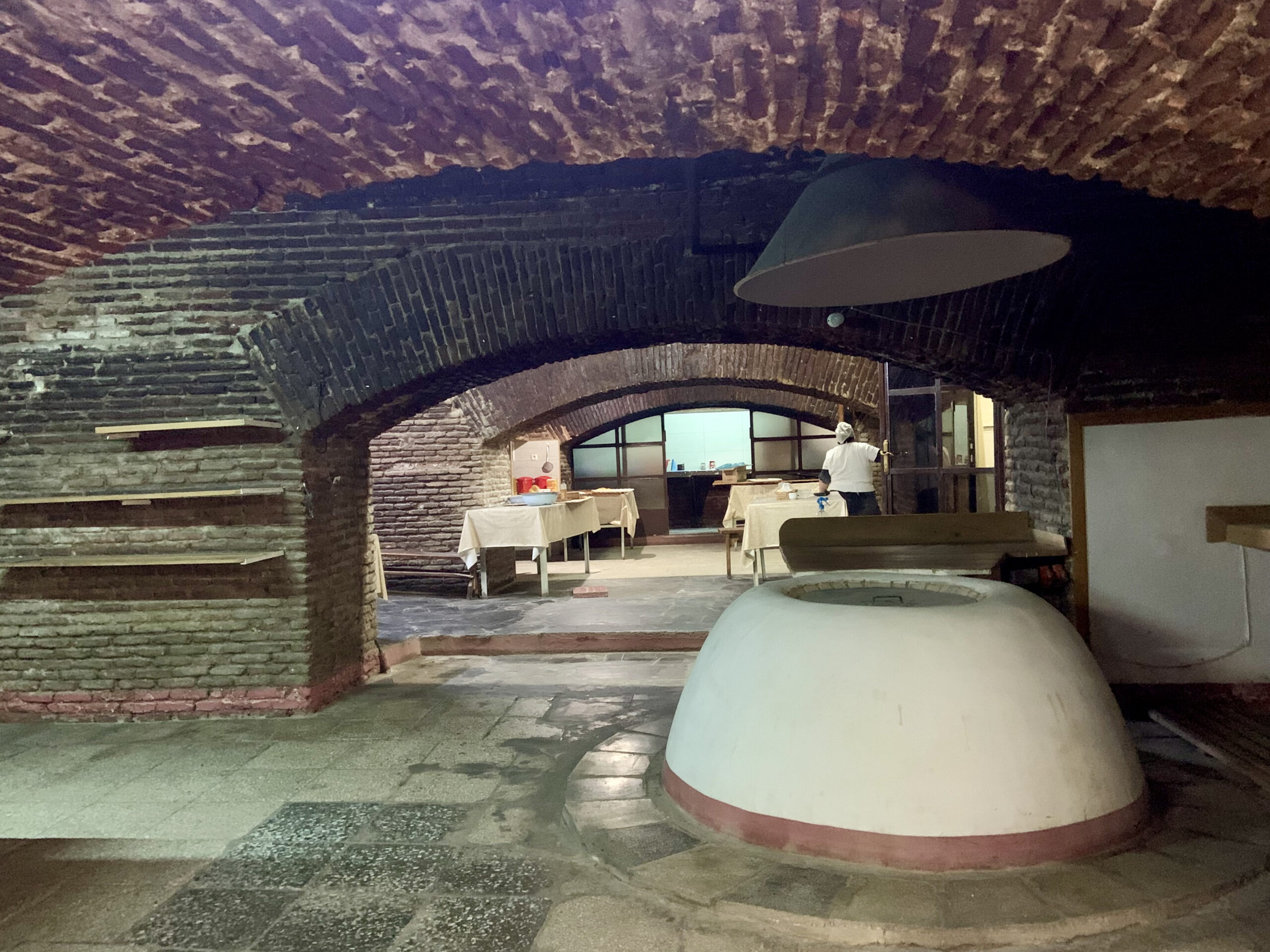


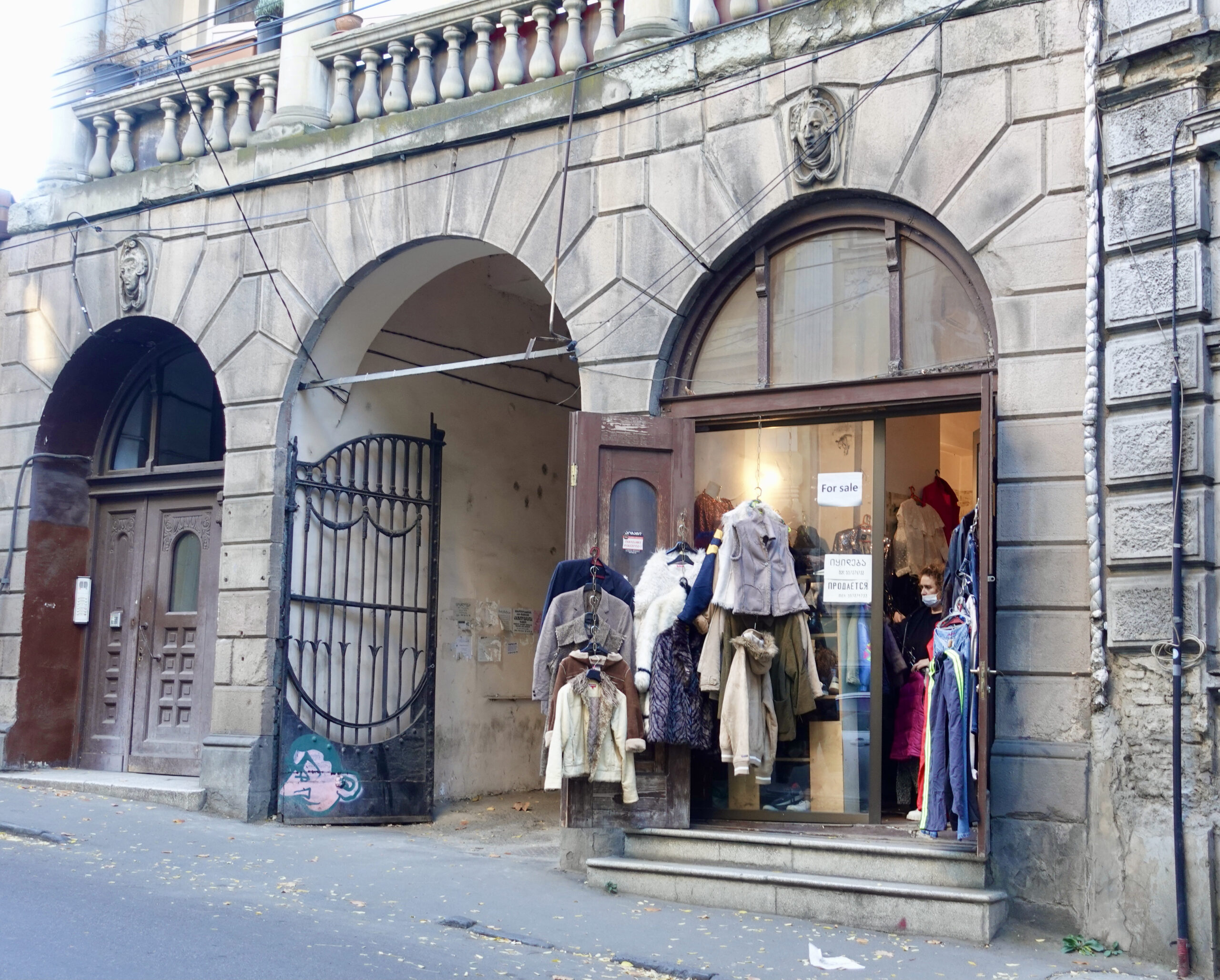

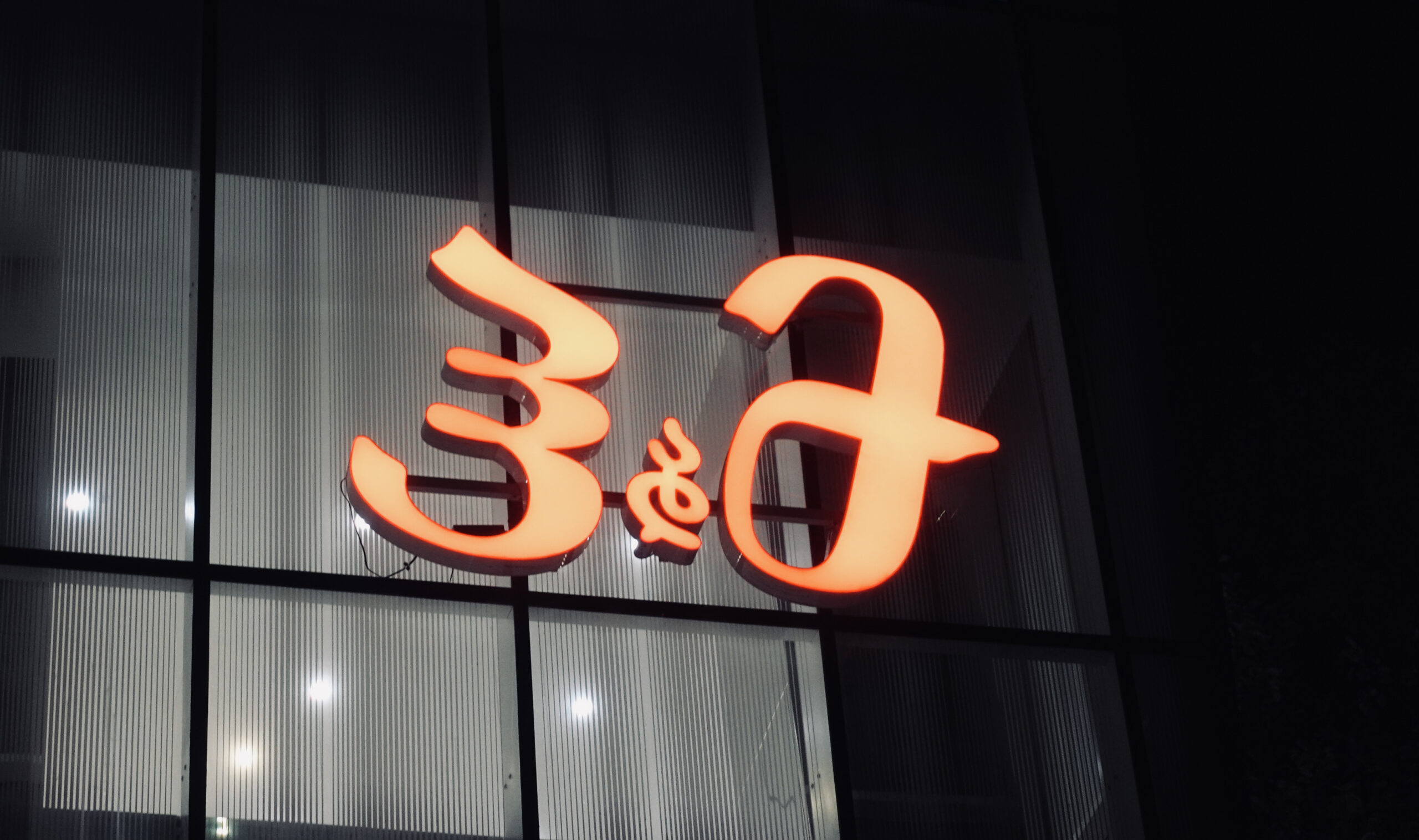
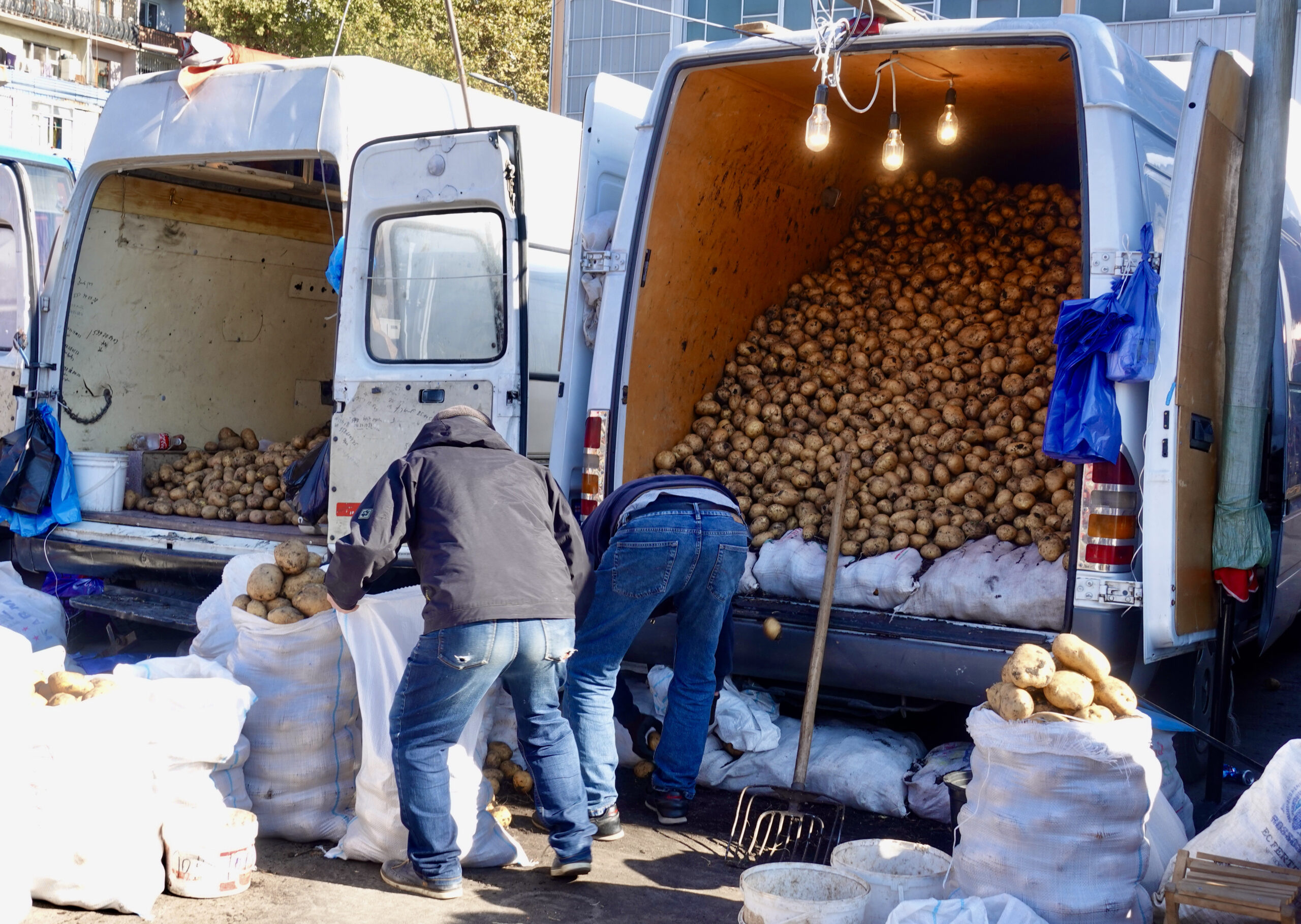
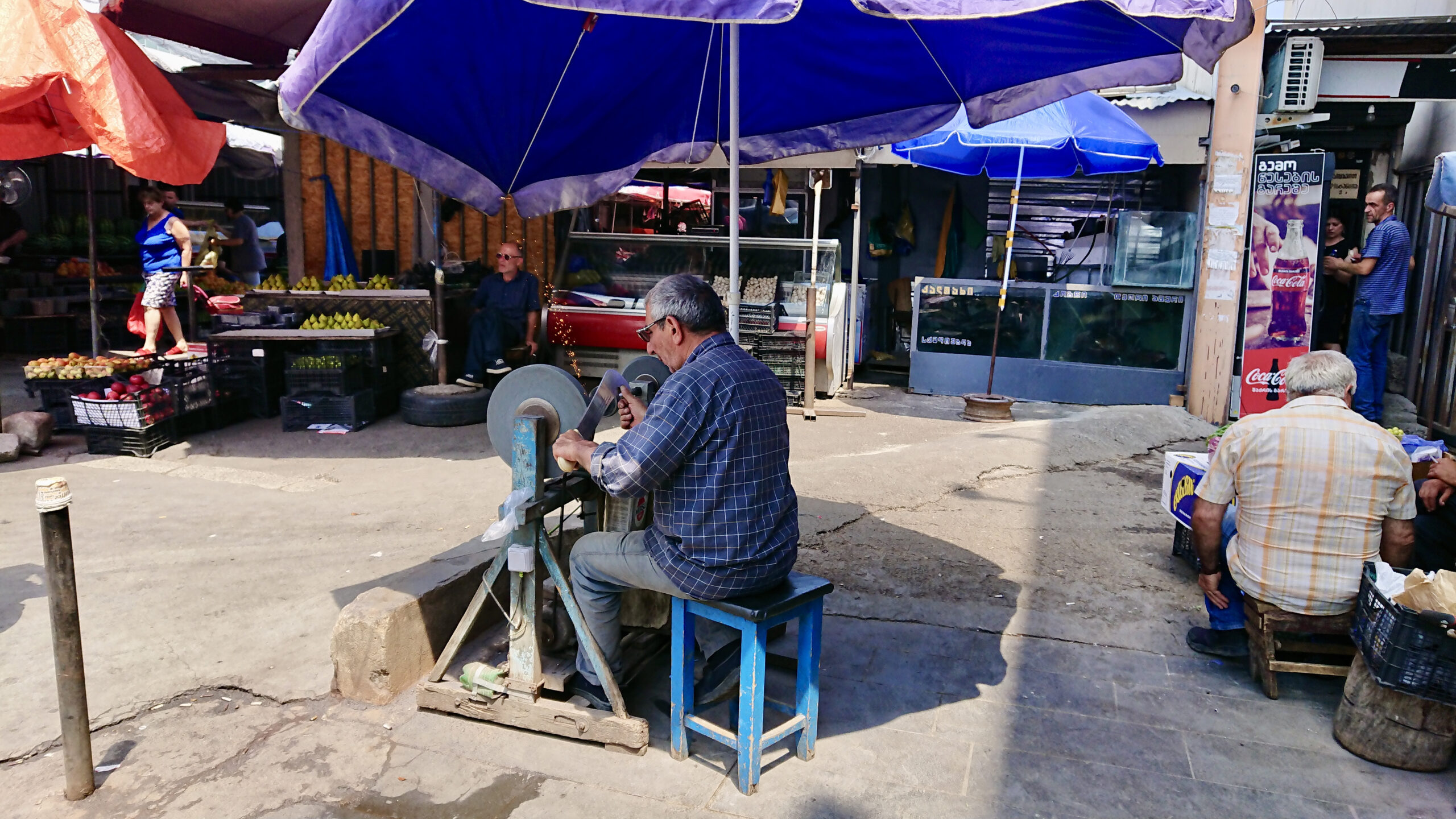
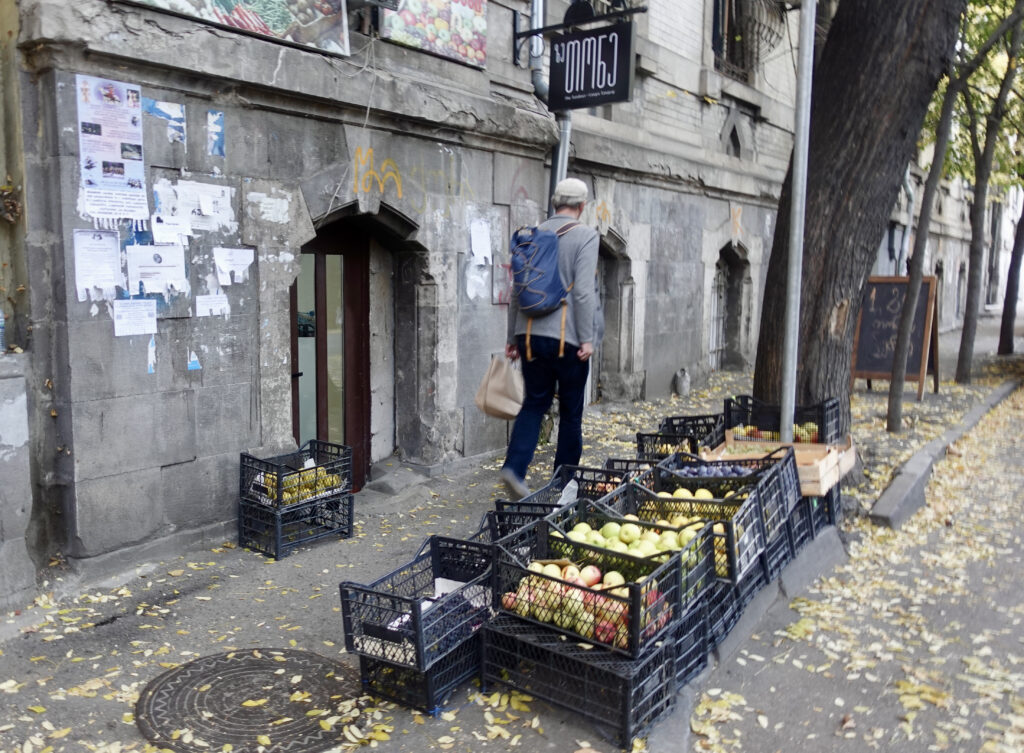

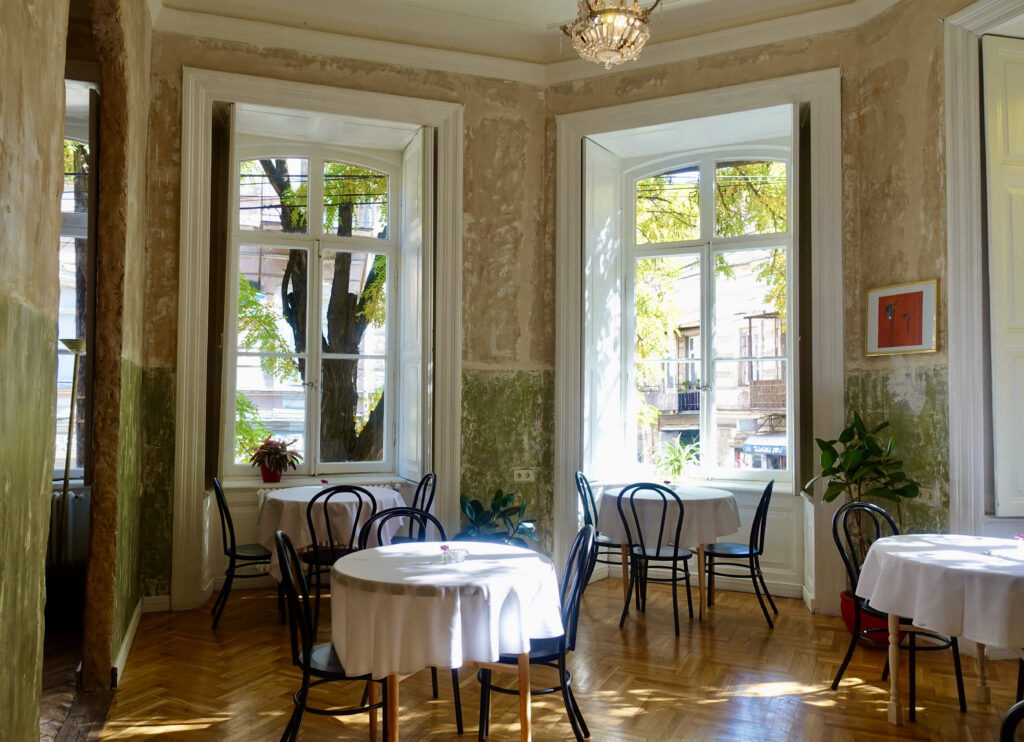
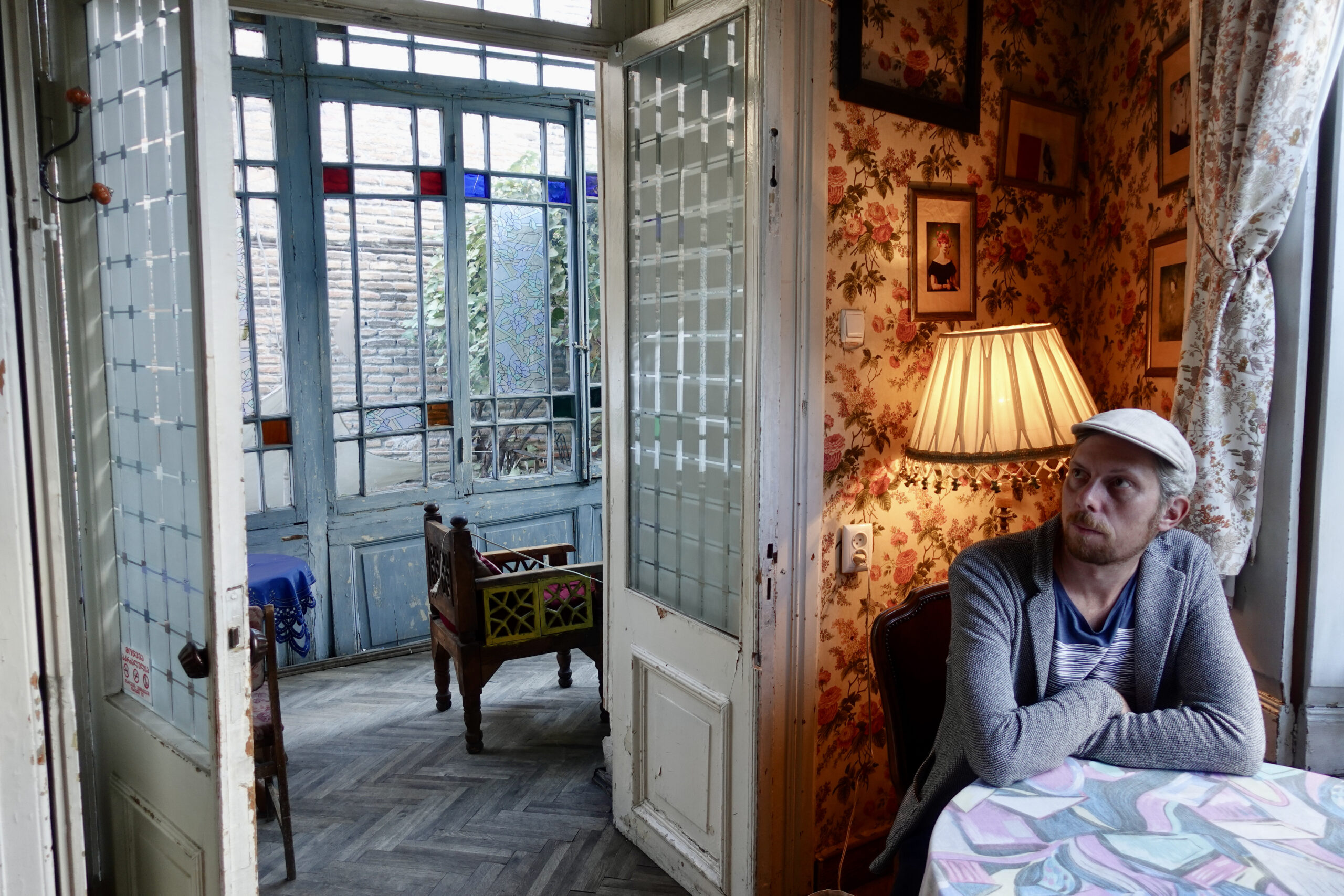
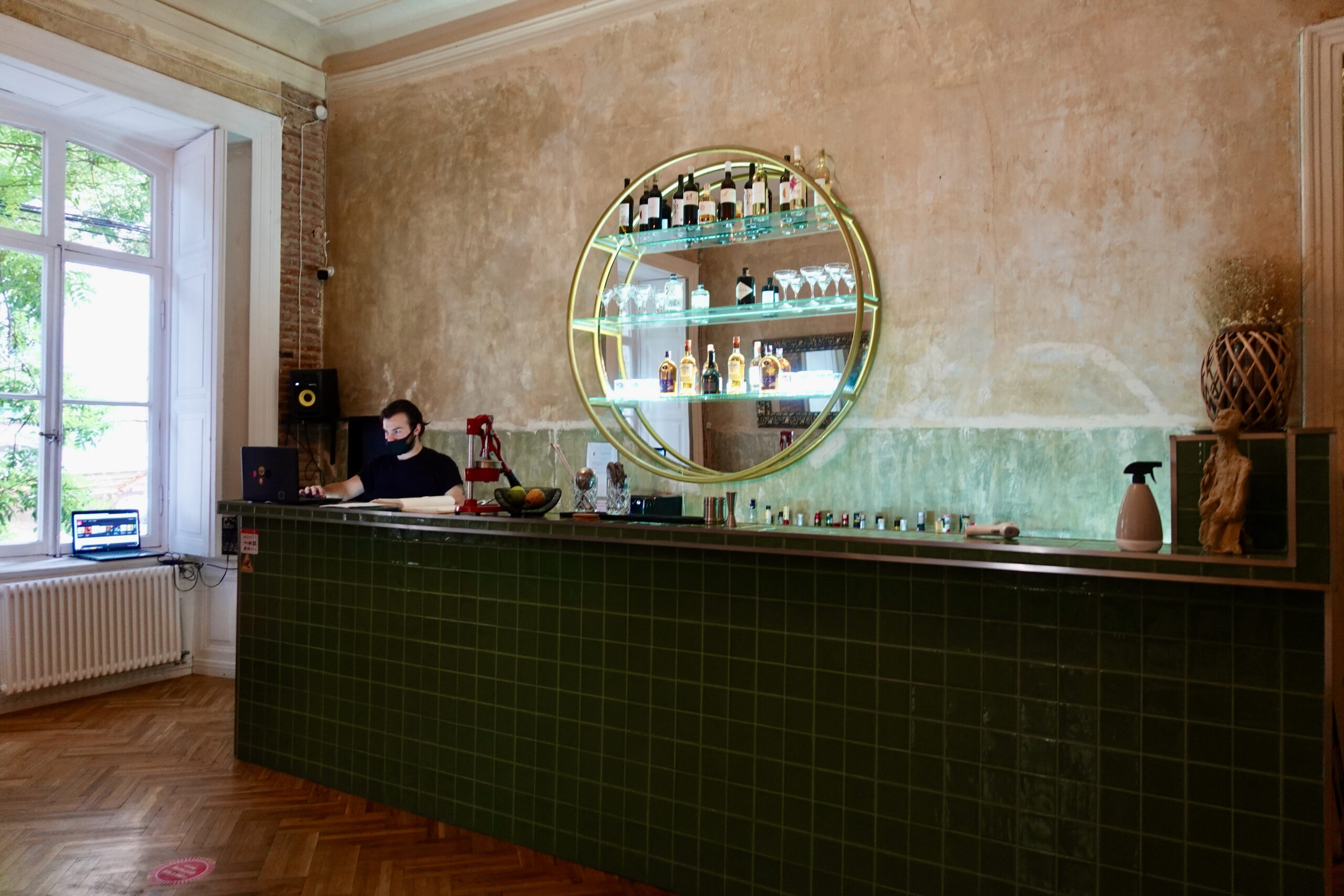
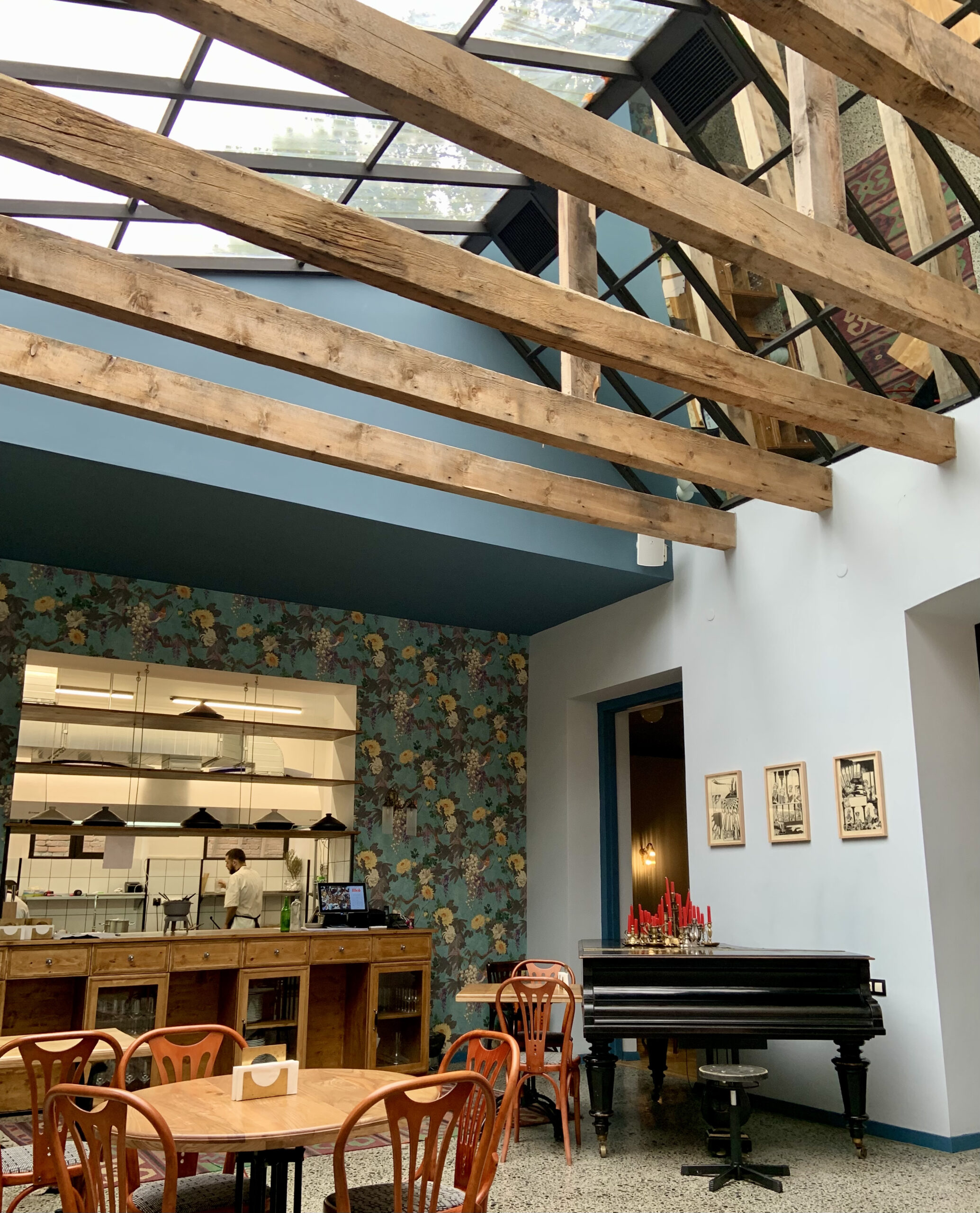
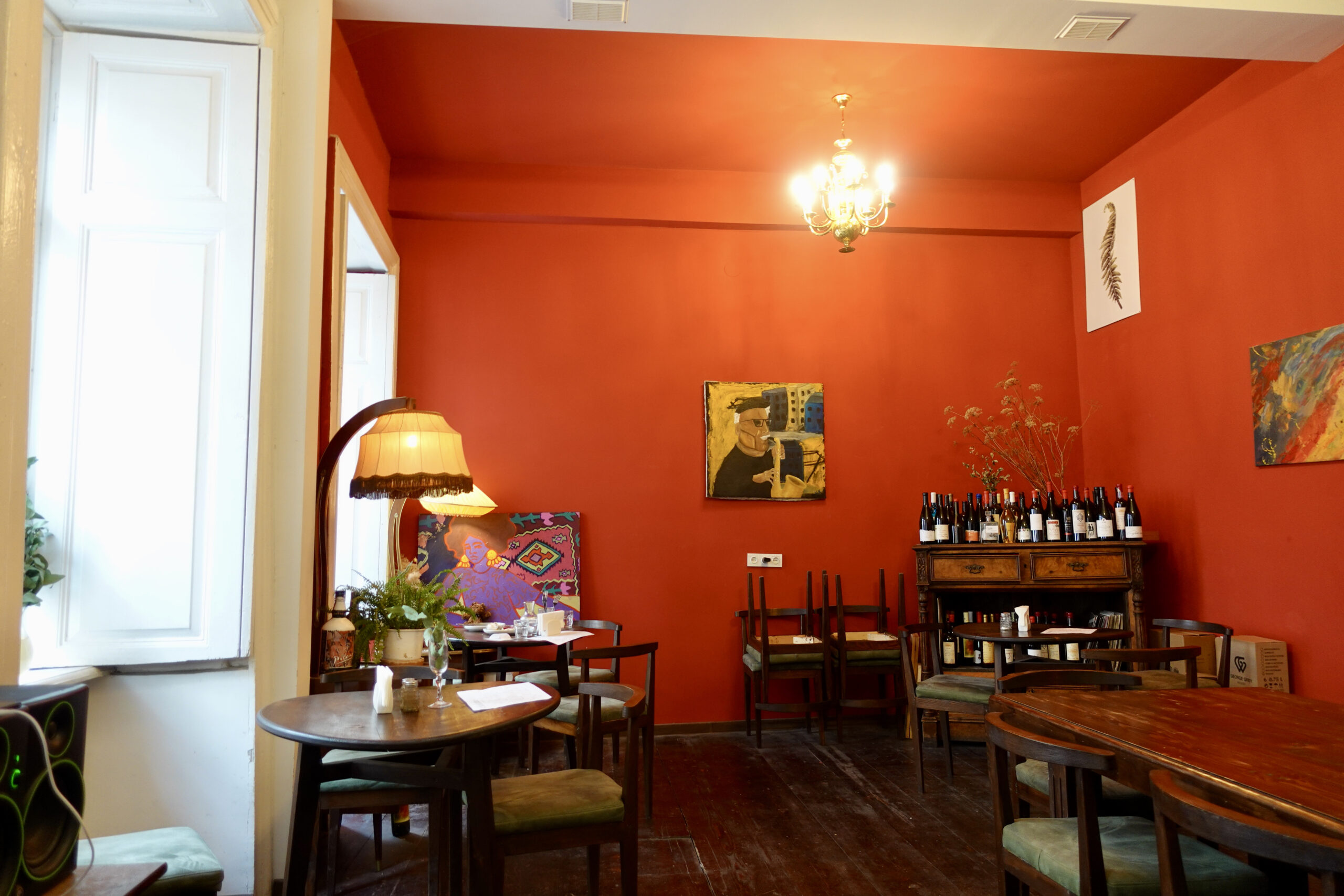
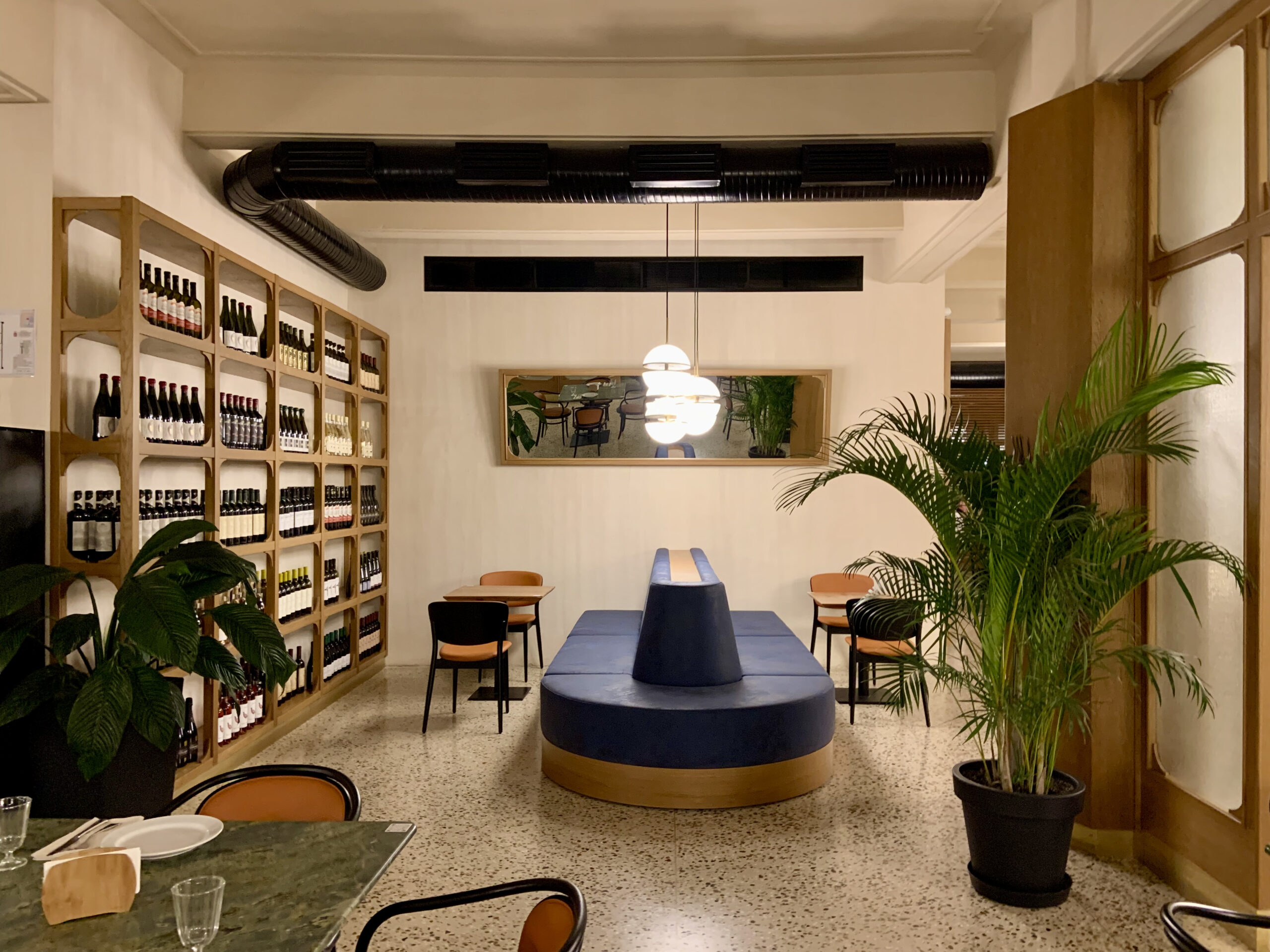
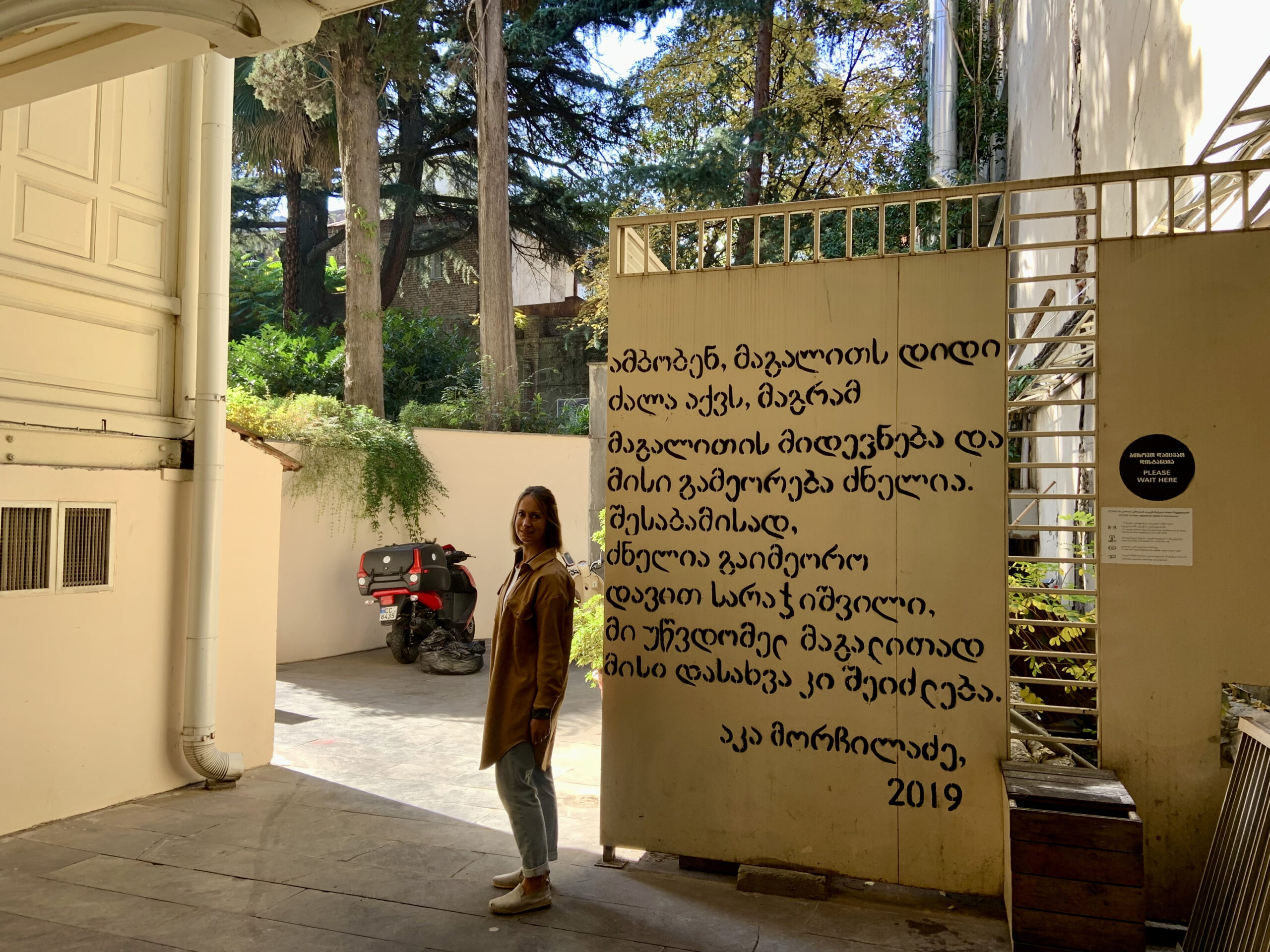
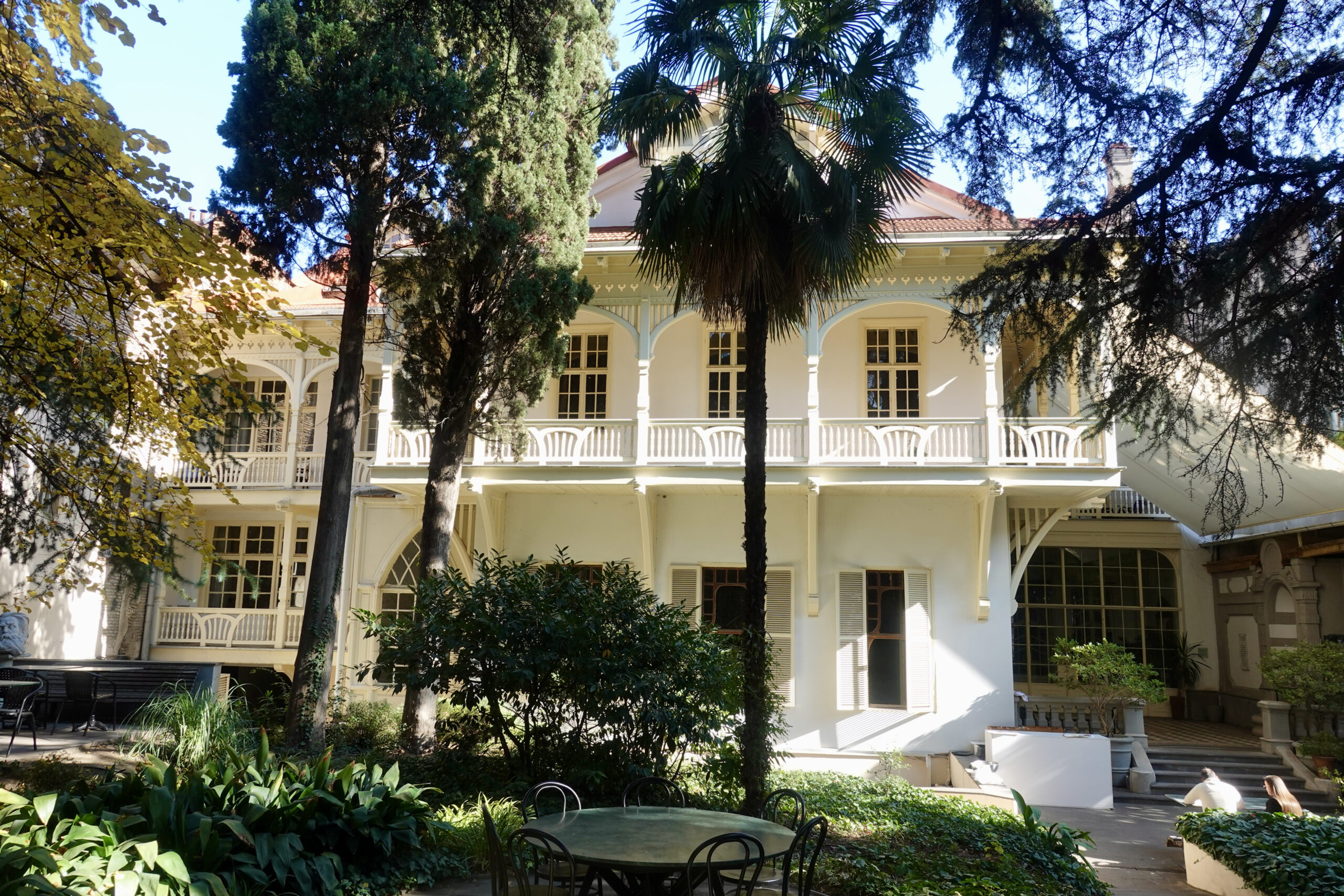
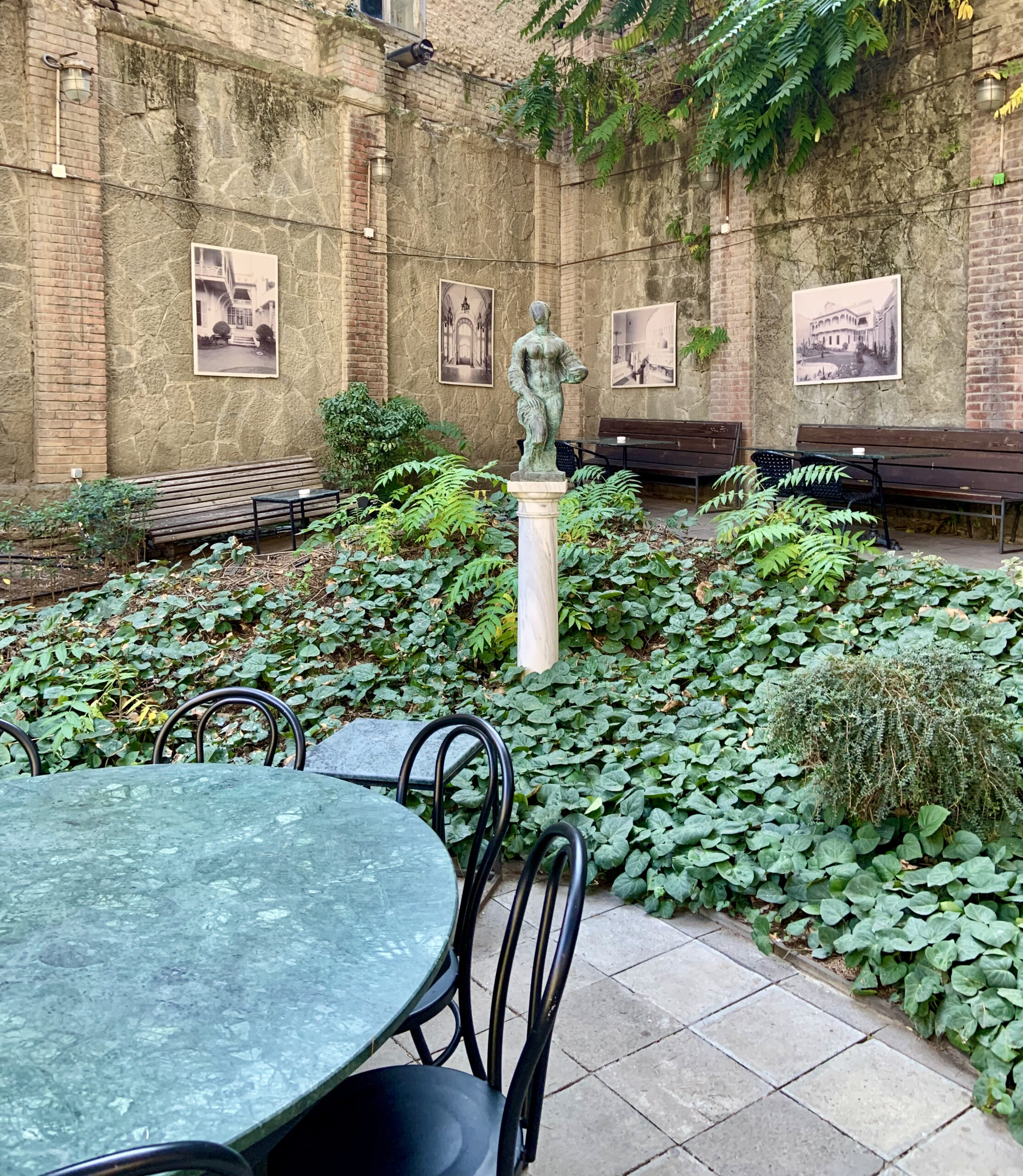
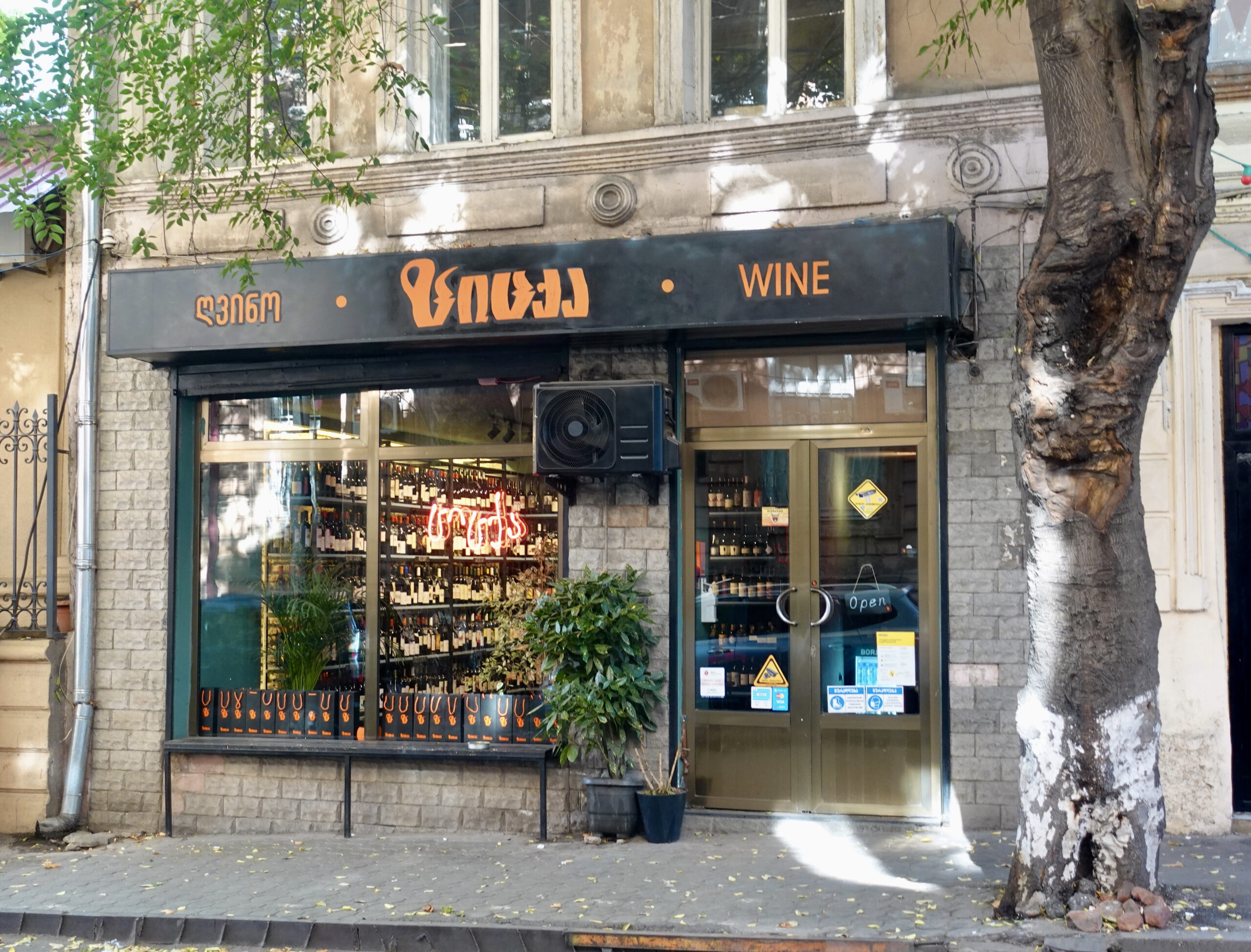


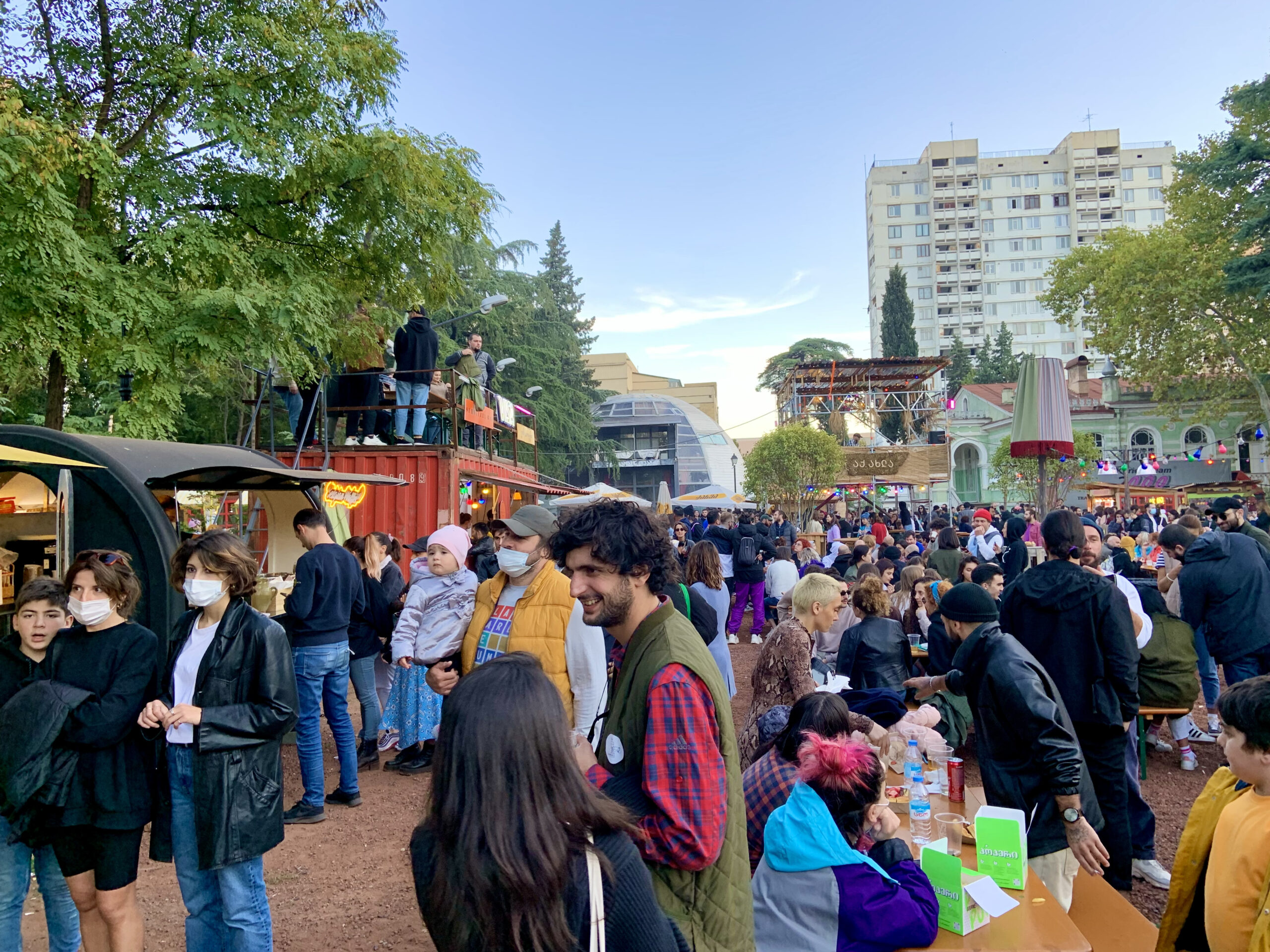
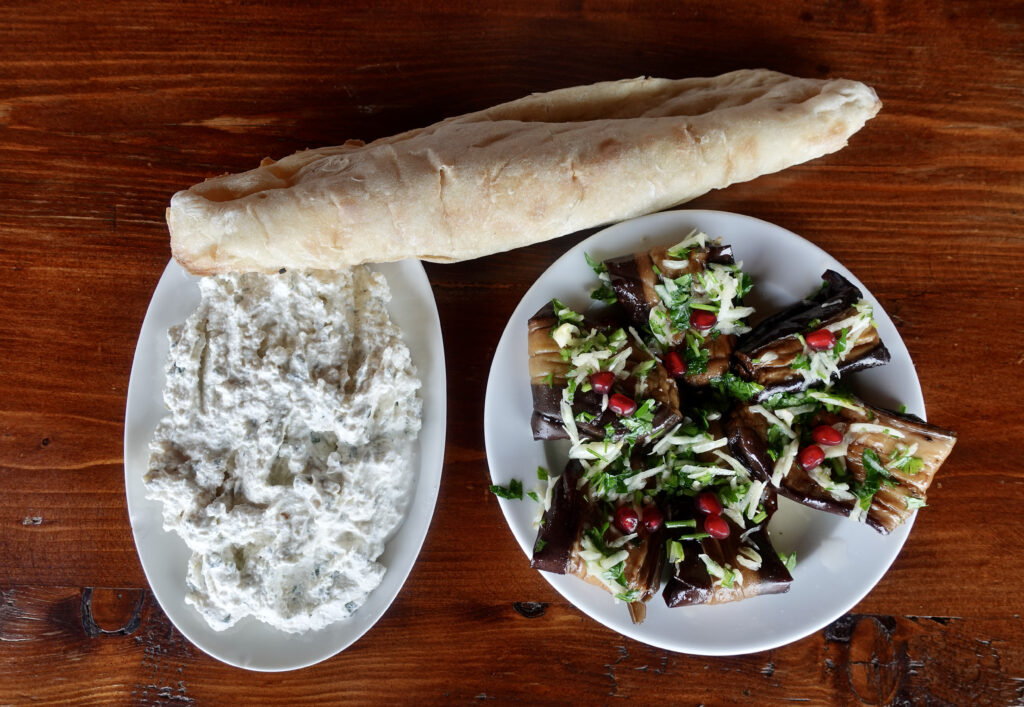

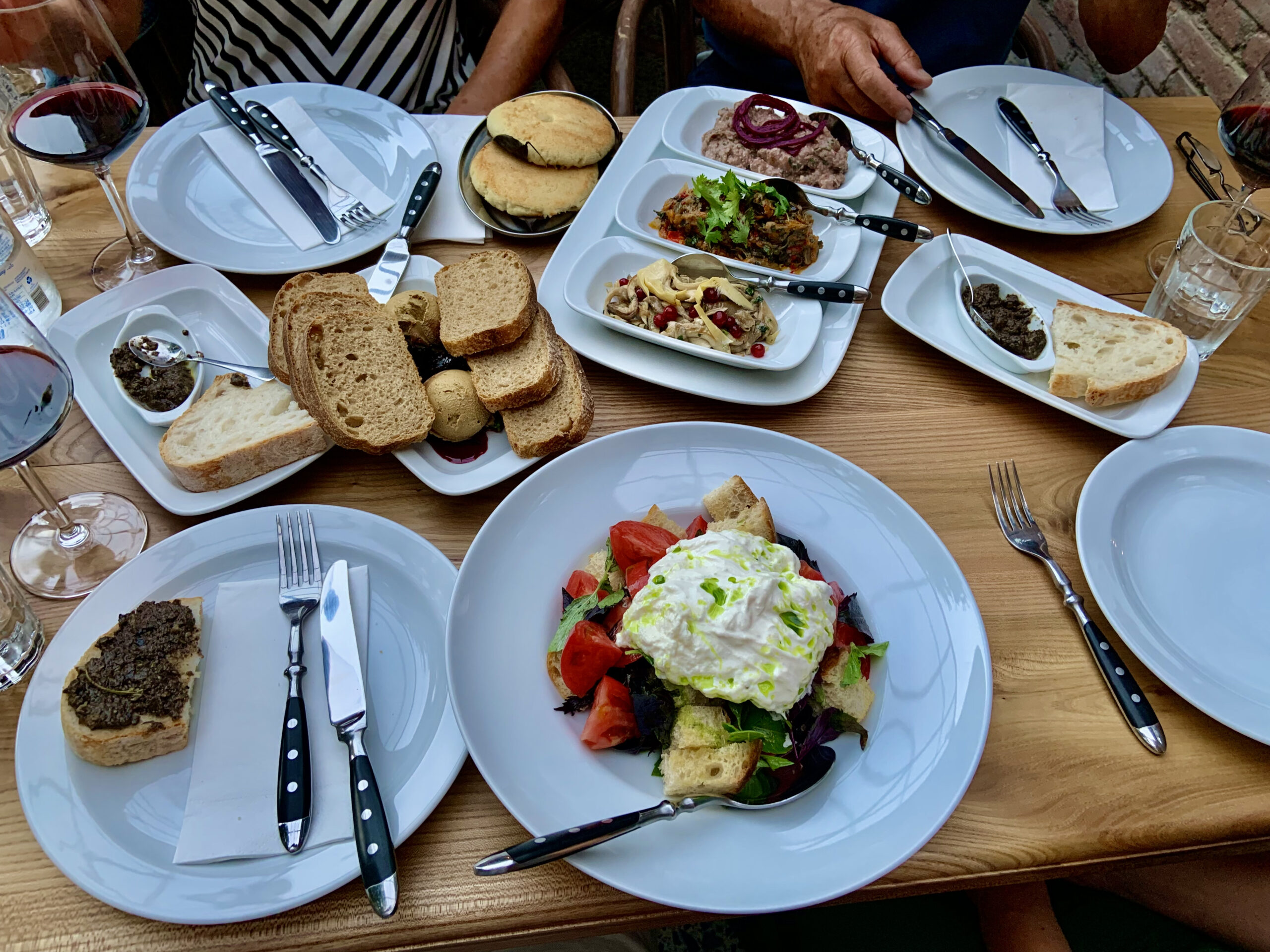
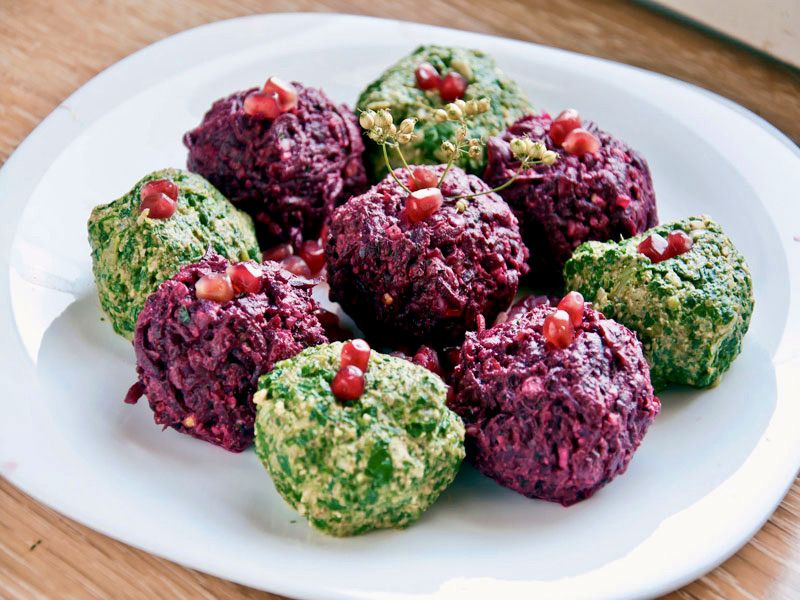
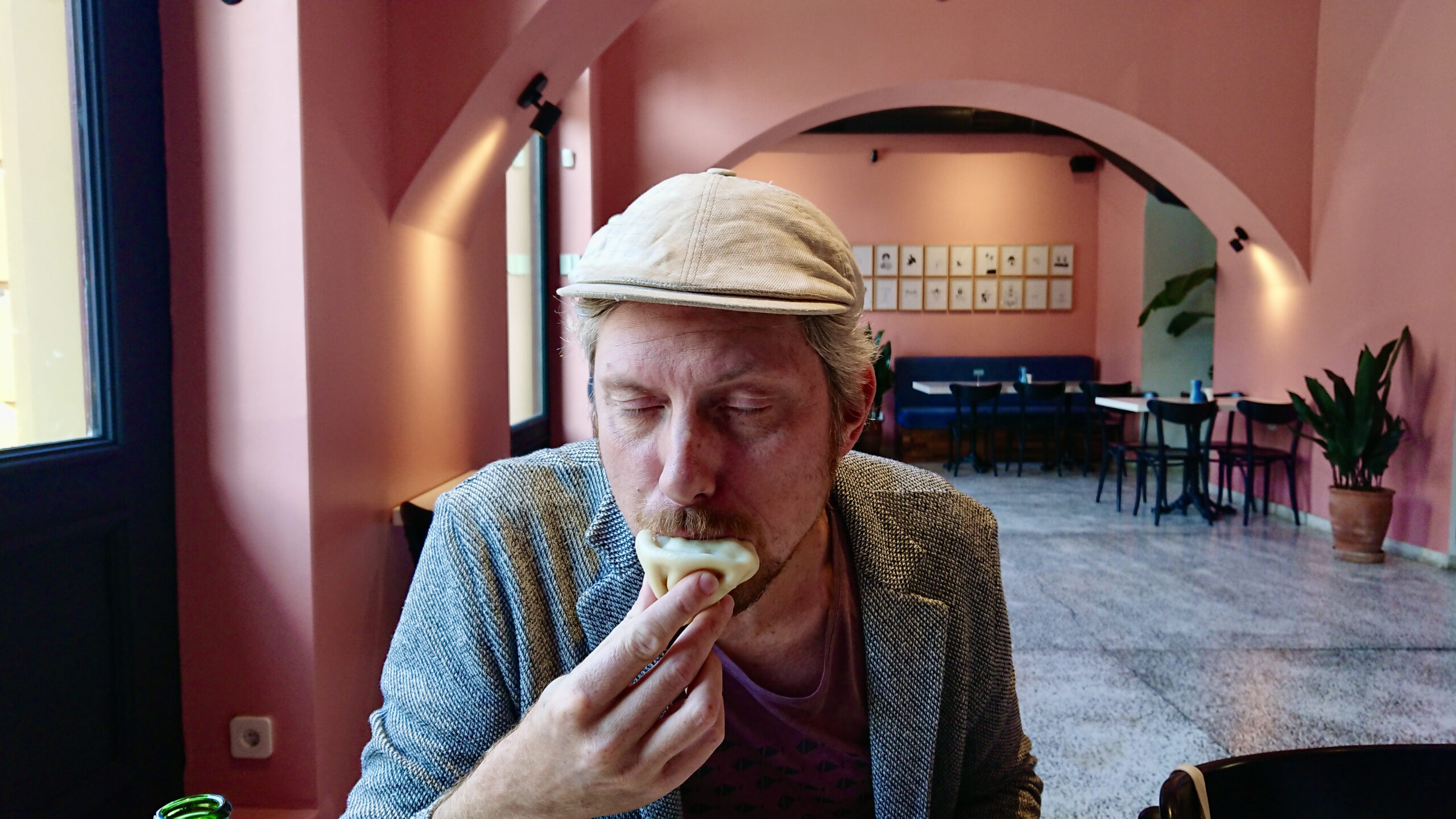
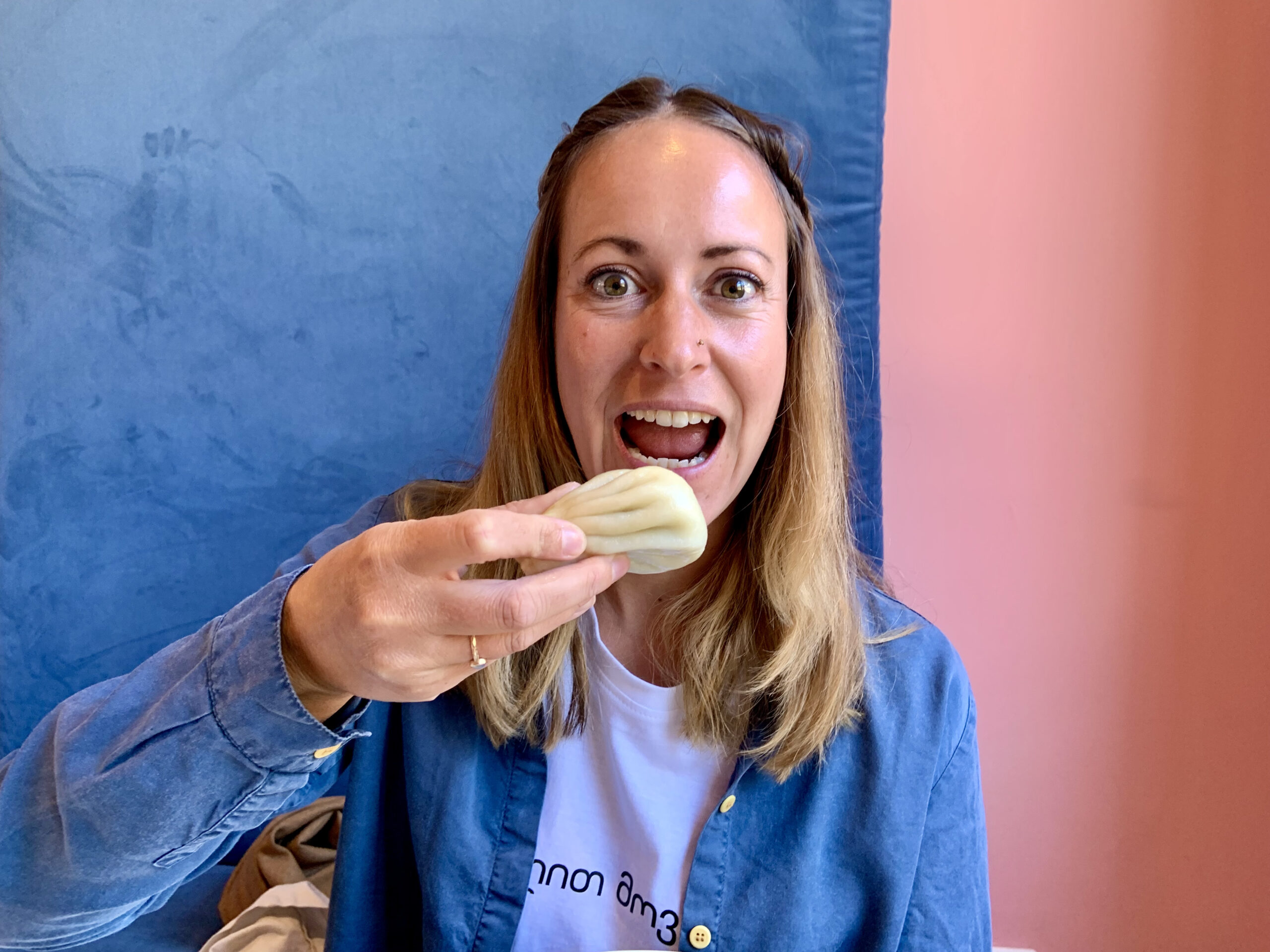
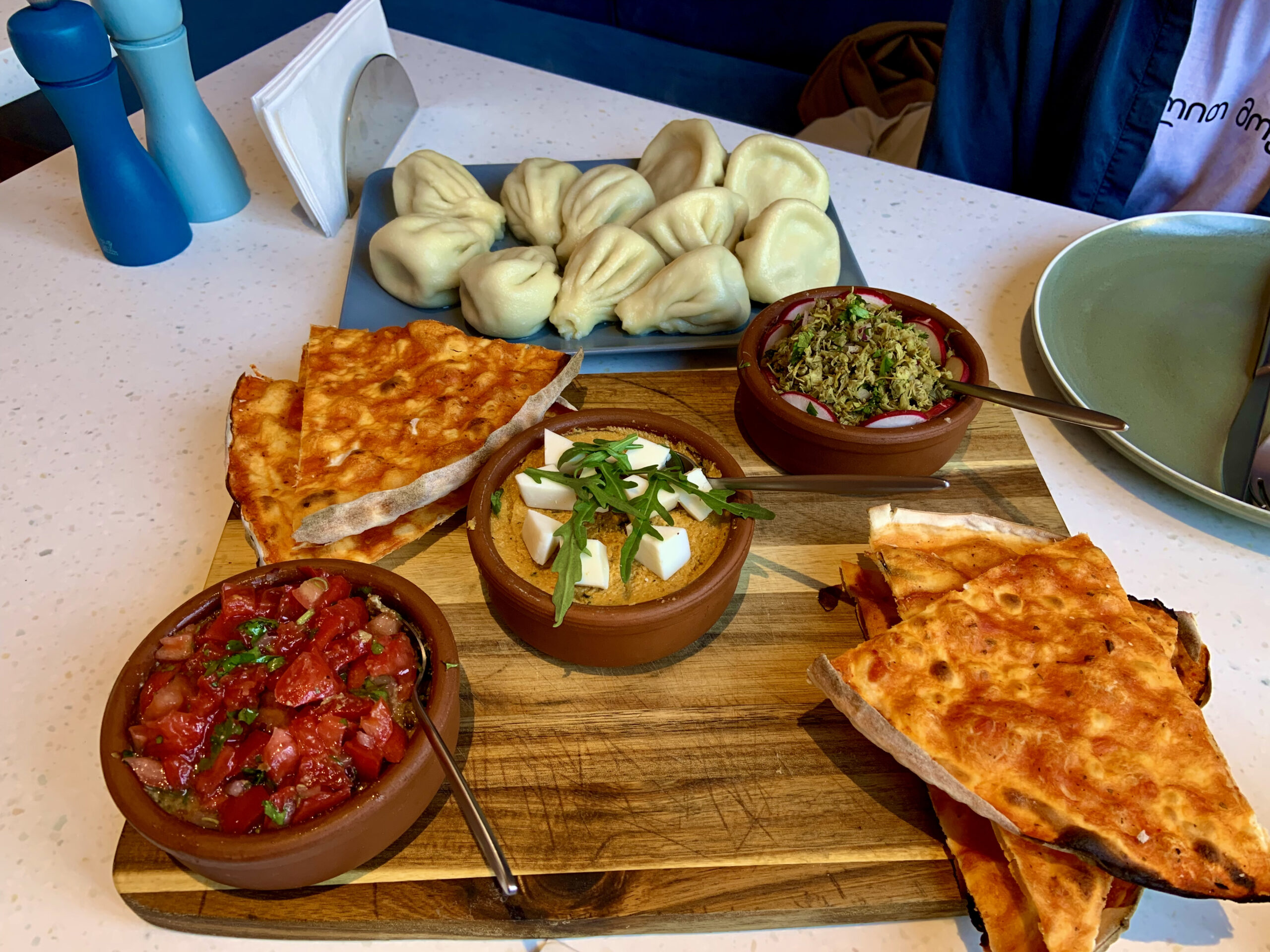

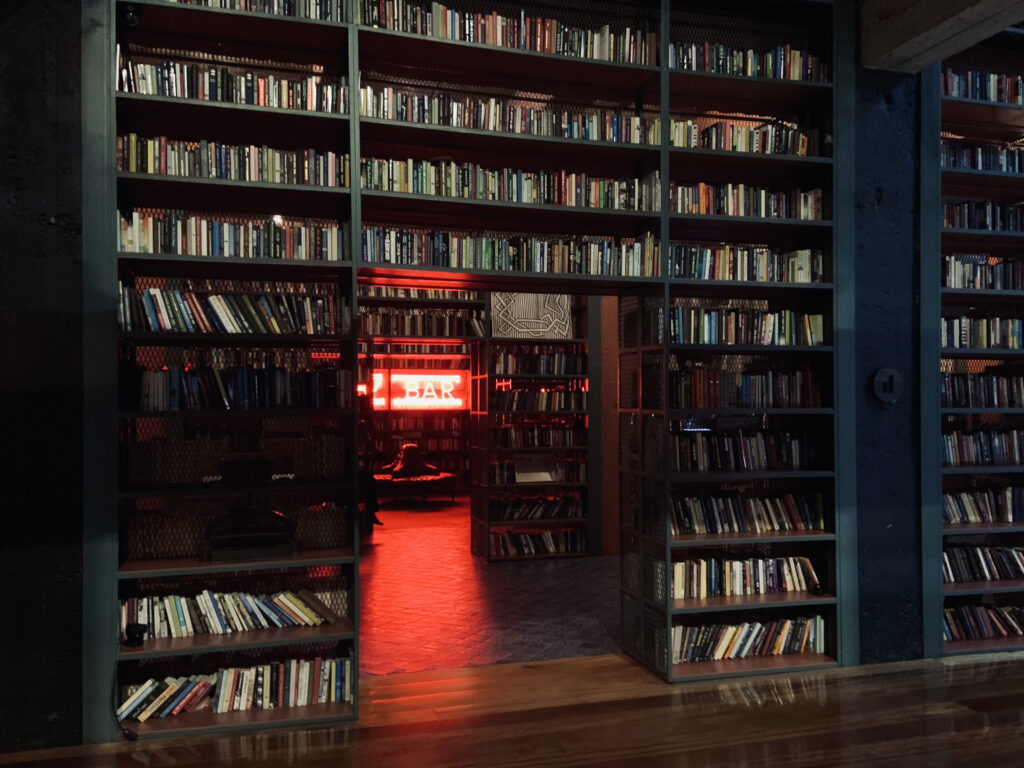
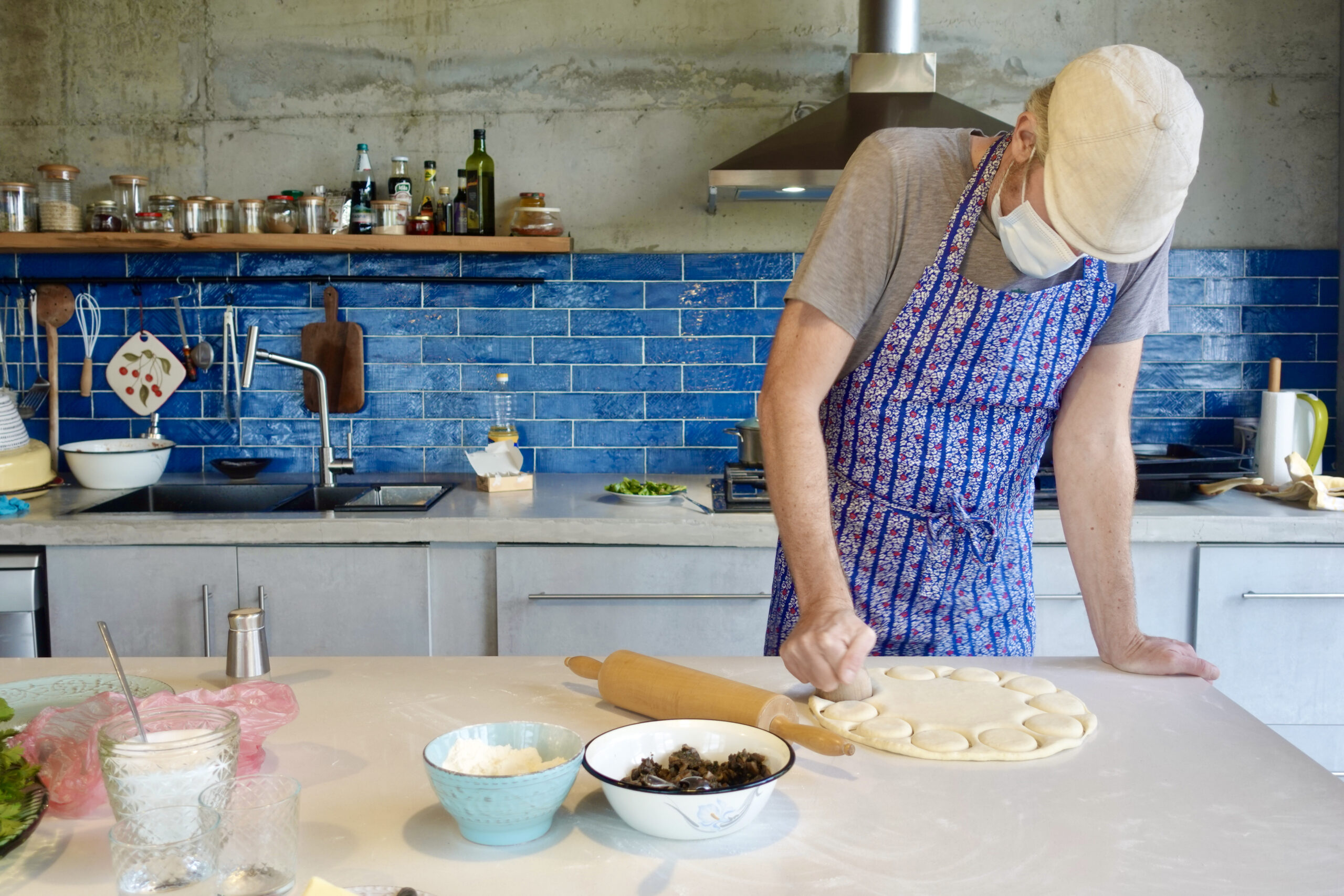
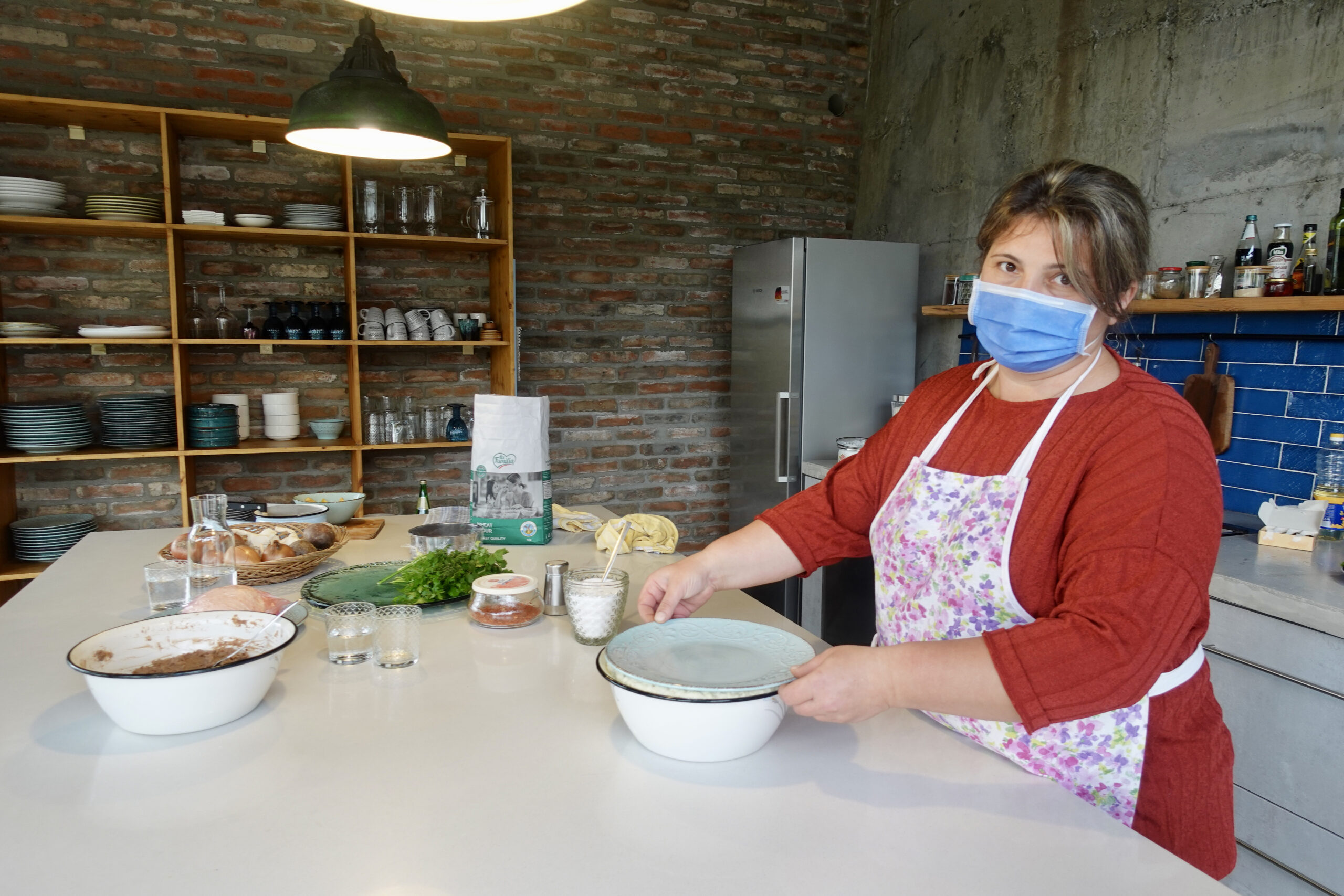




Leave a Reply